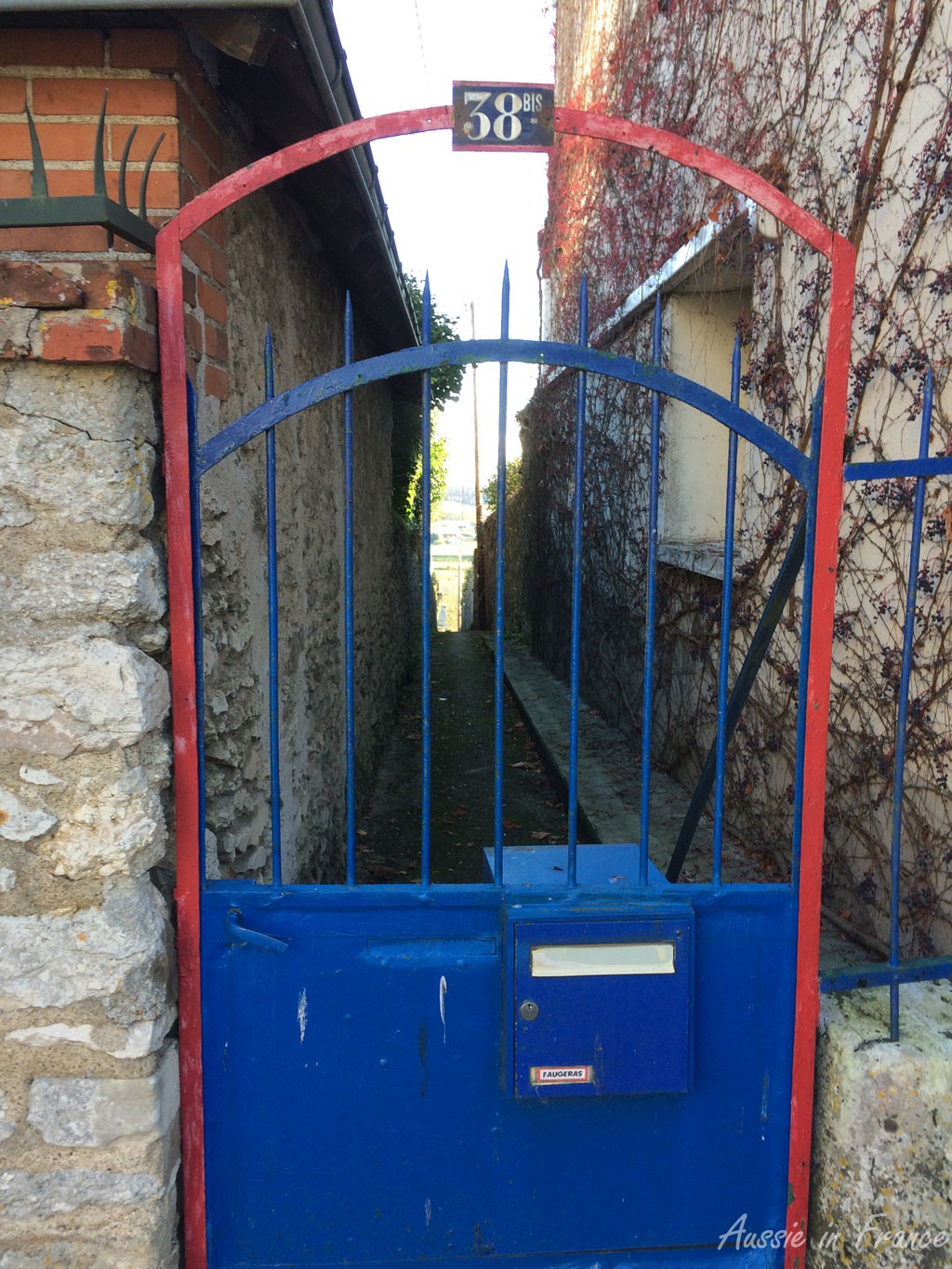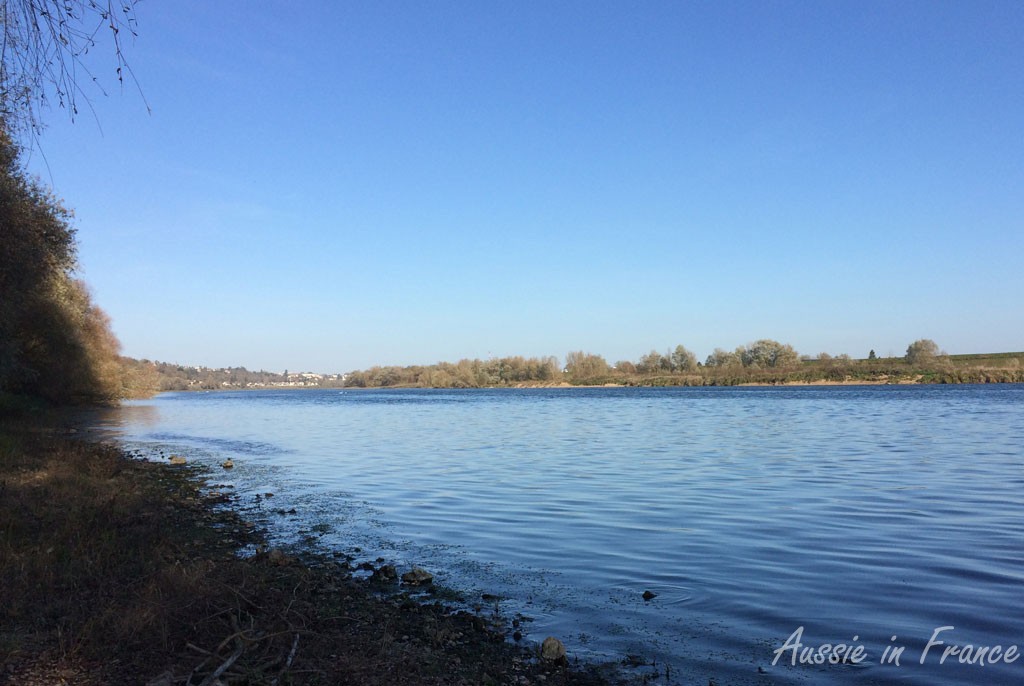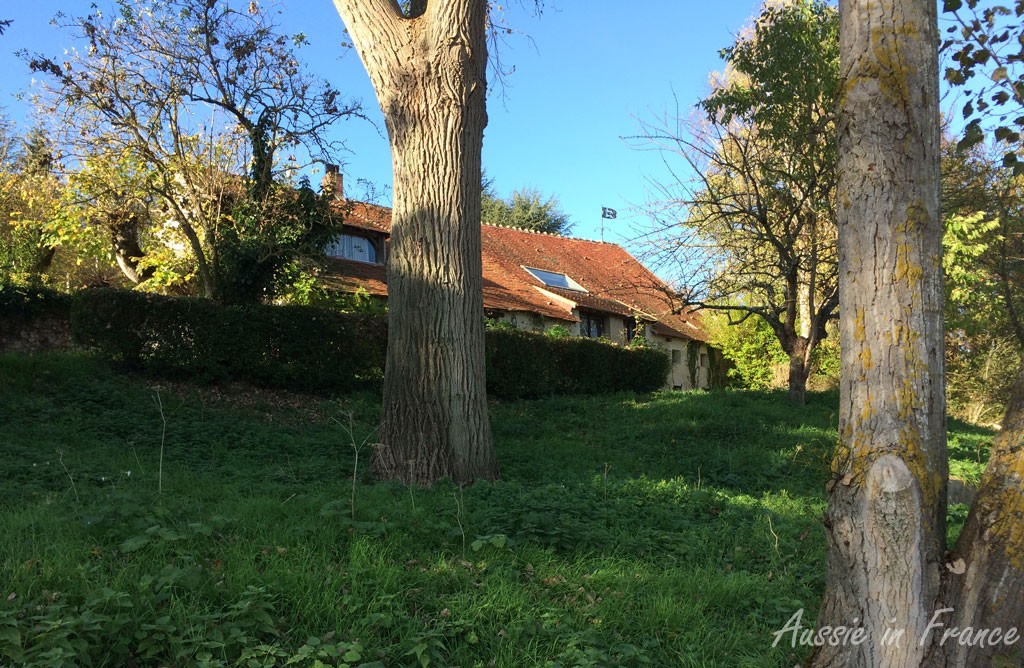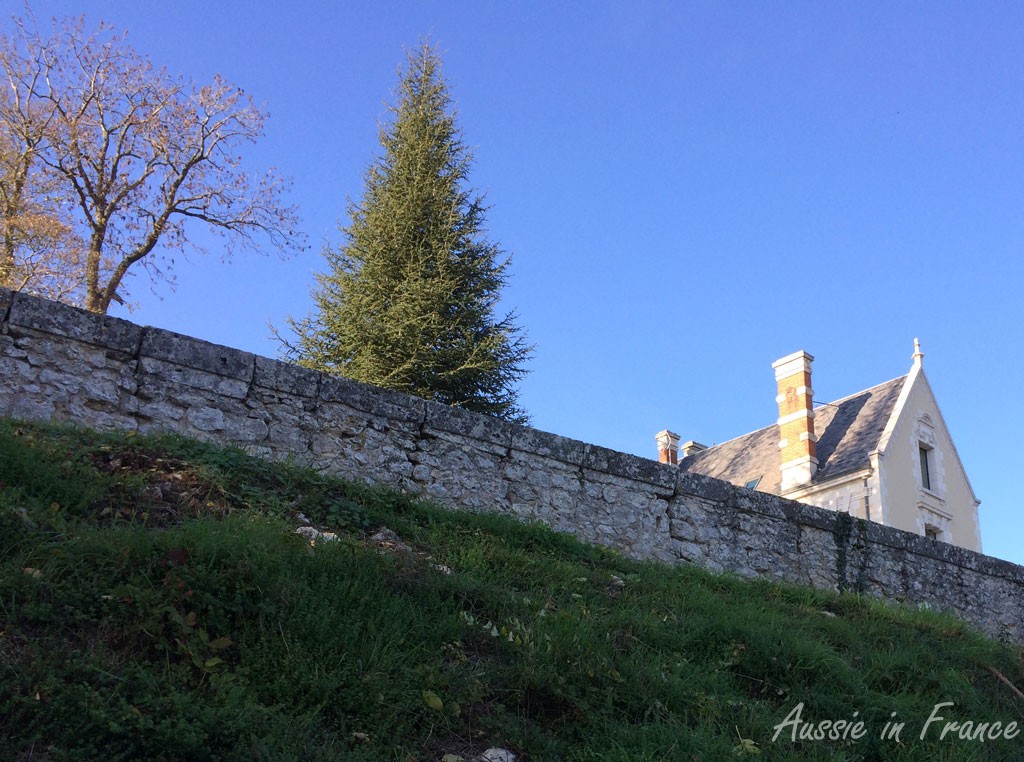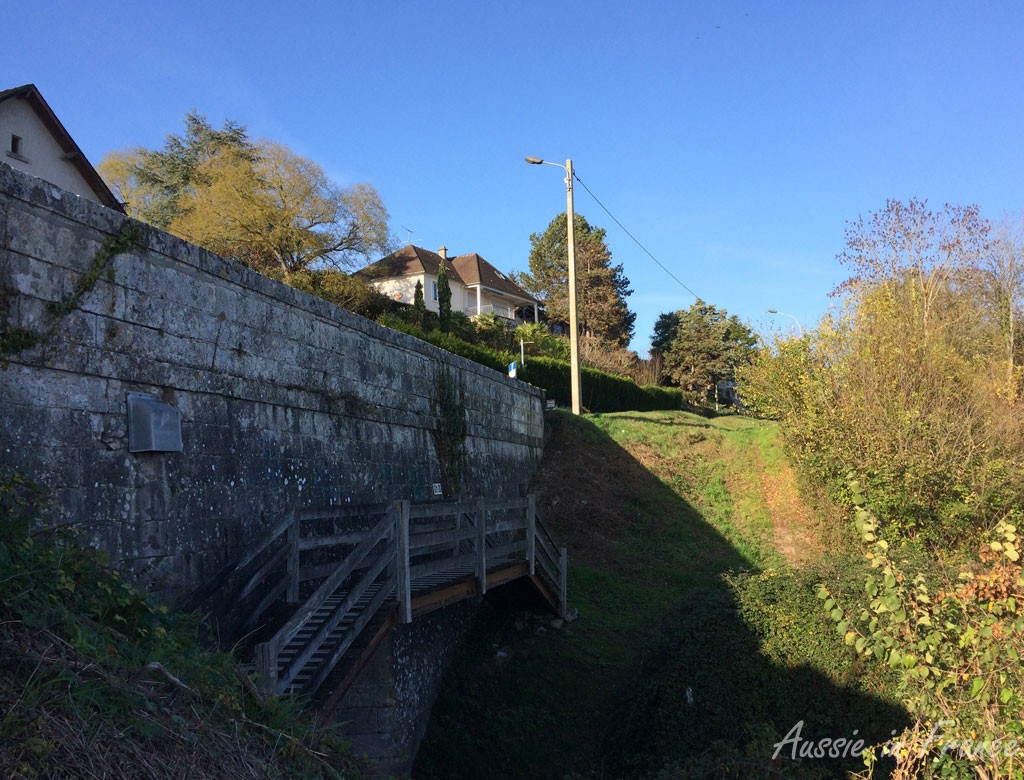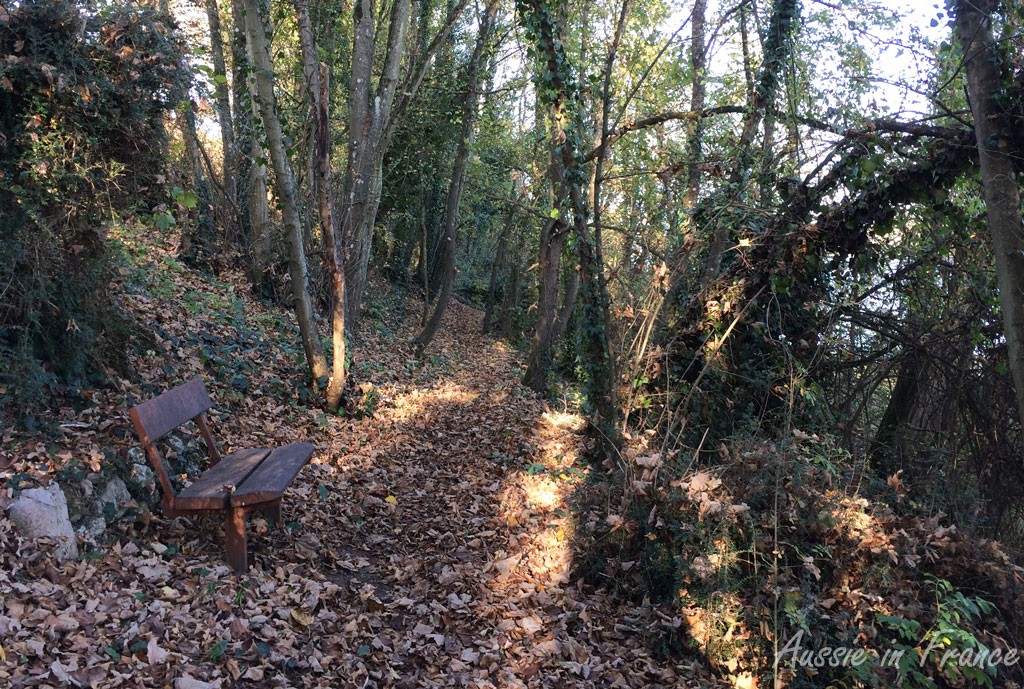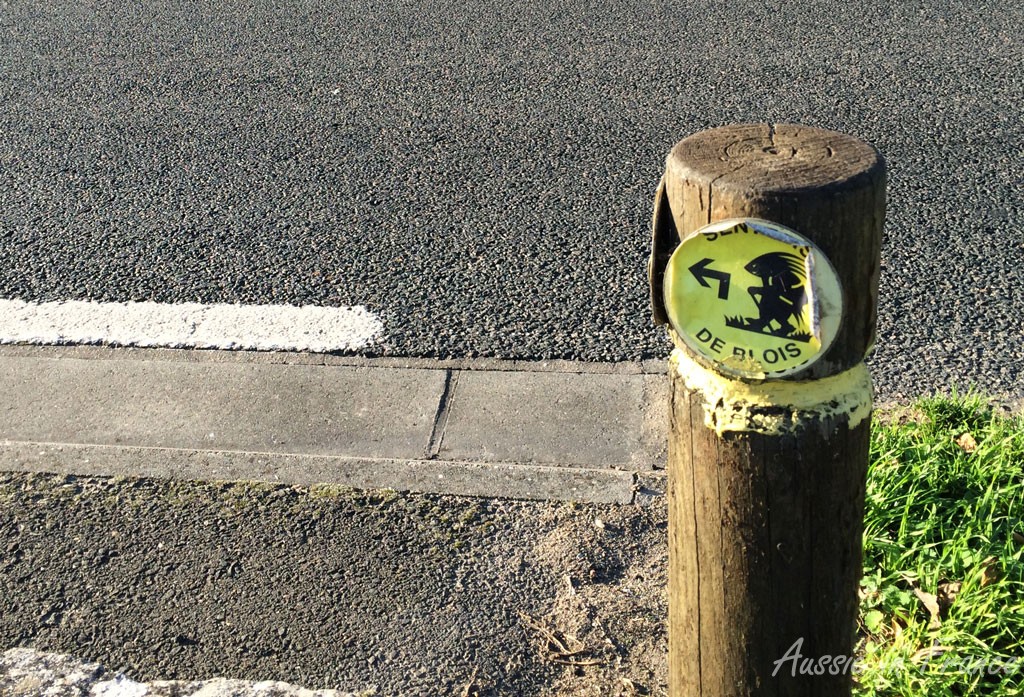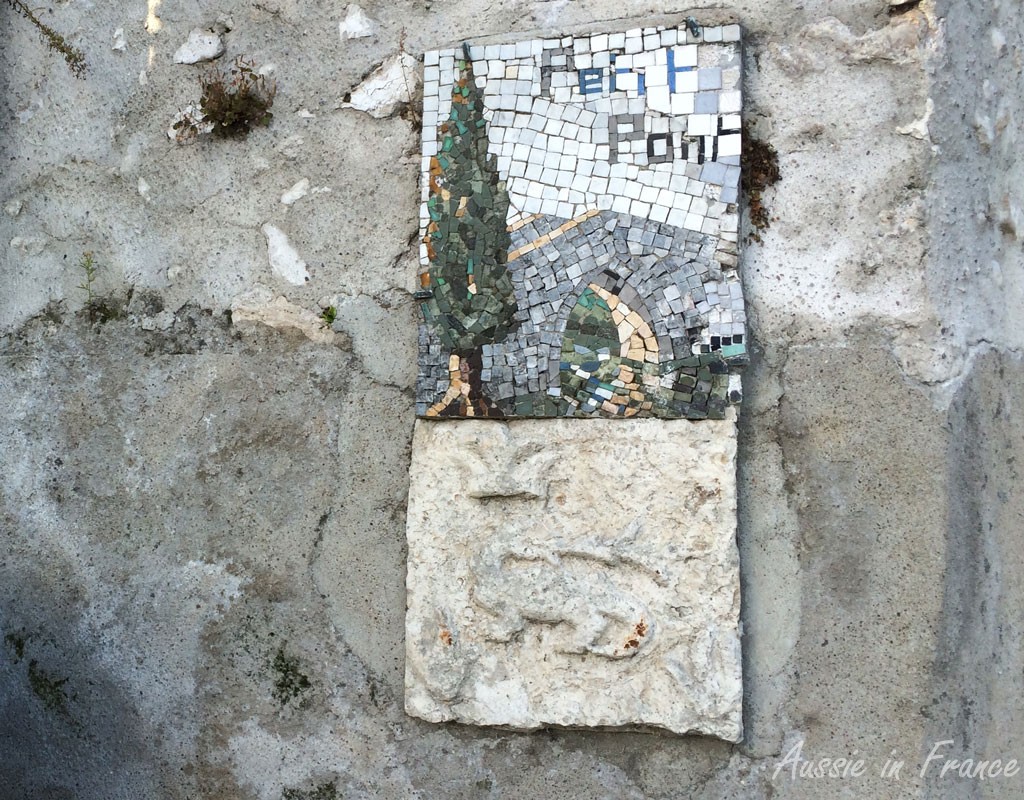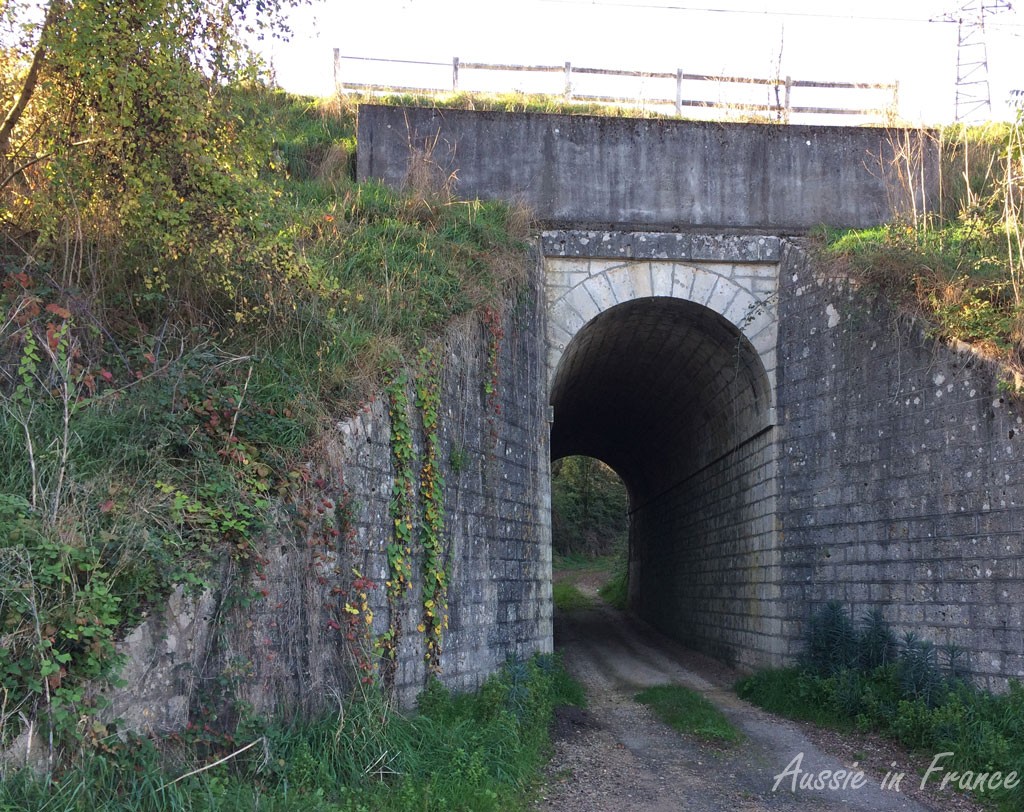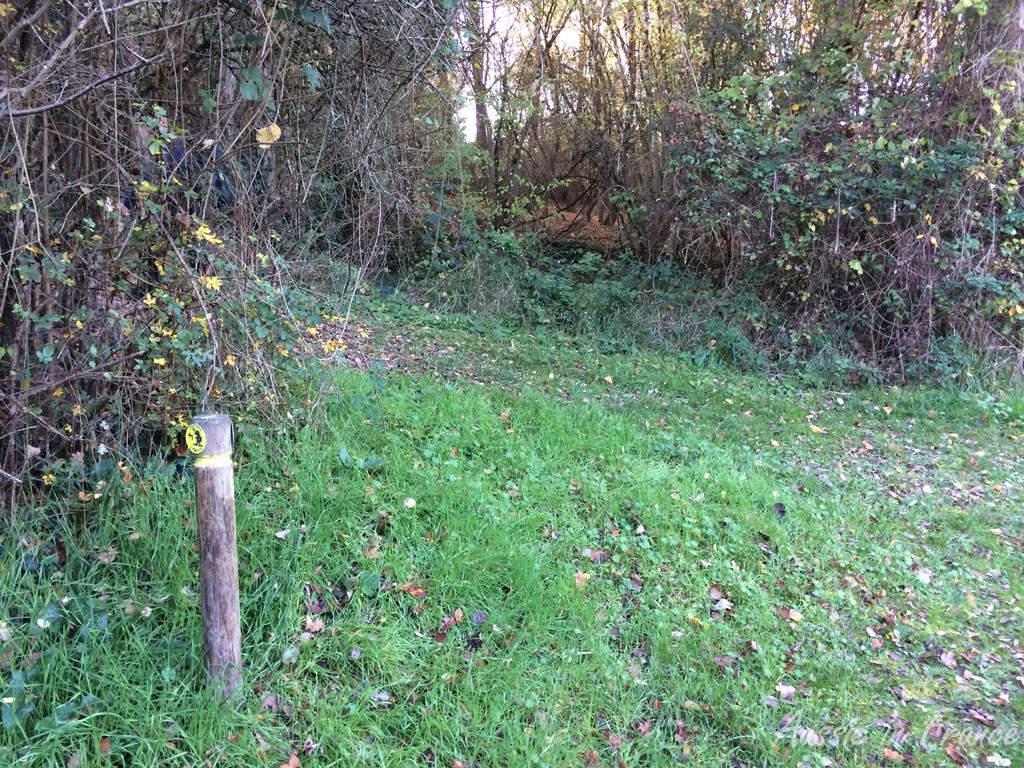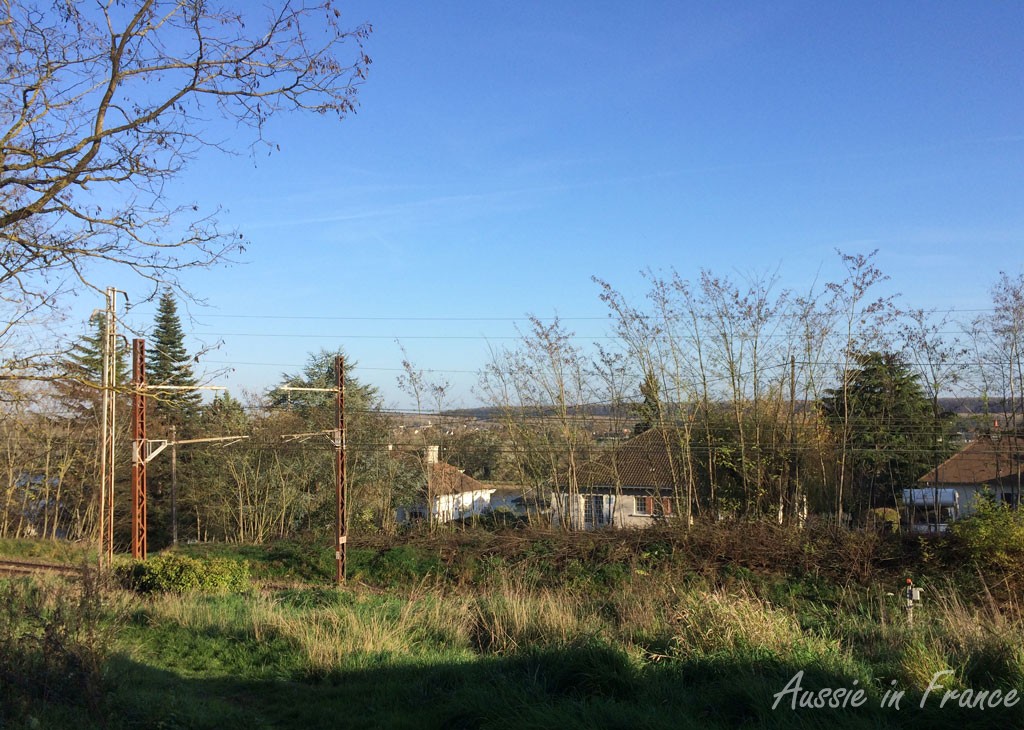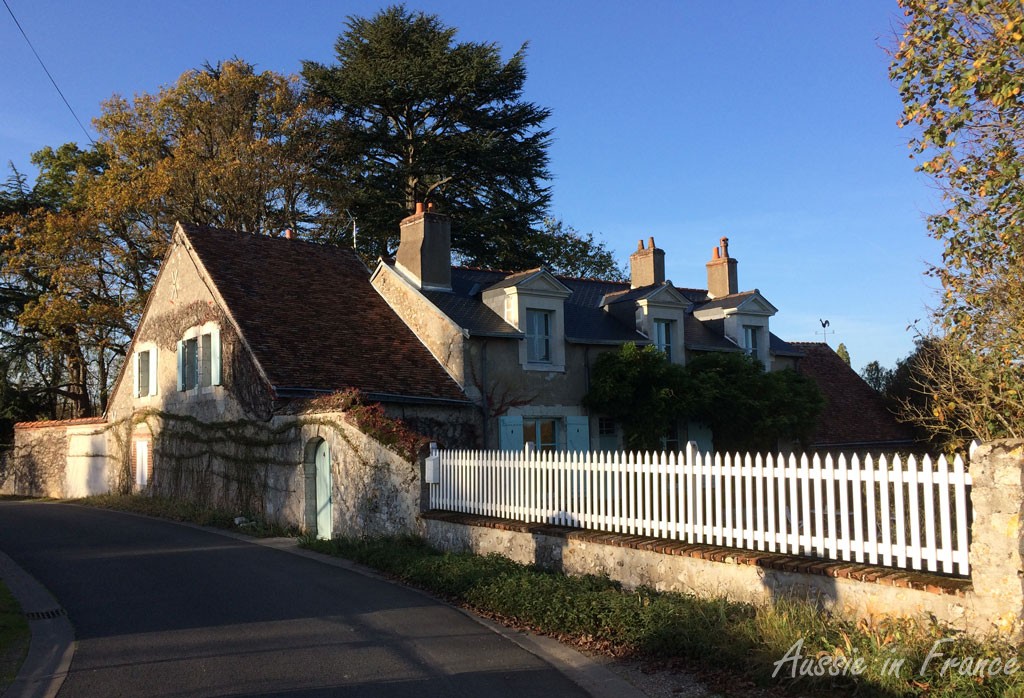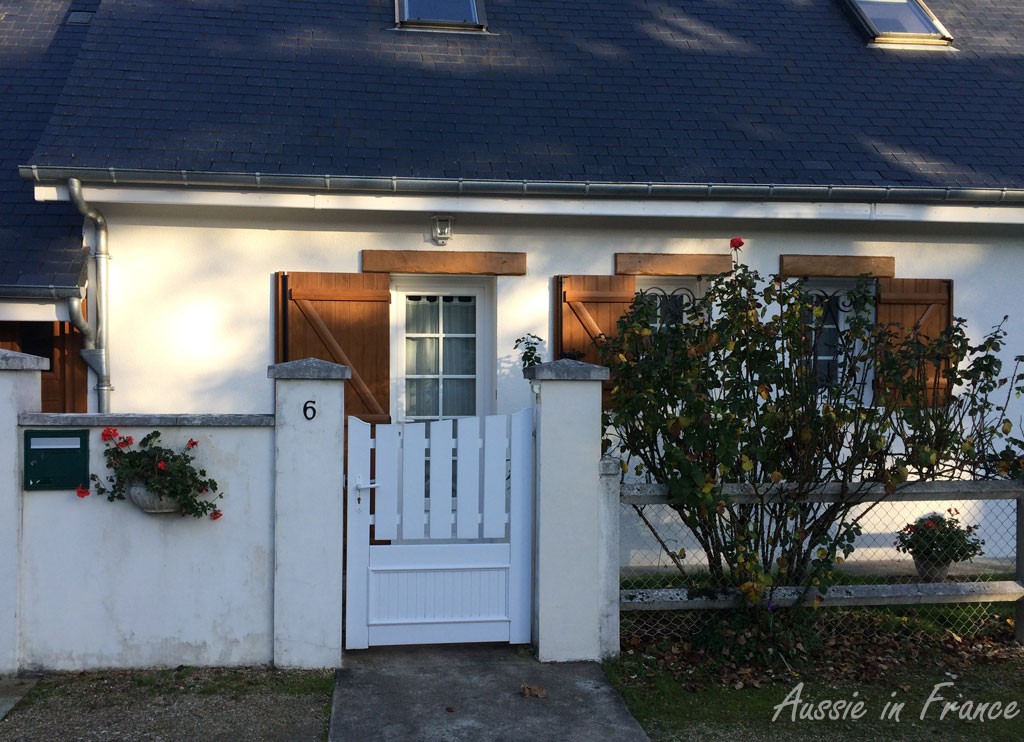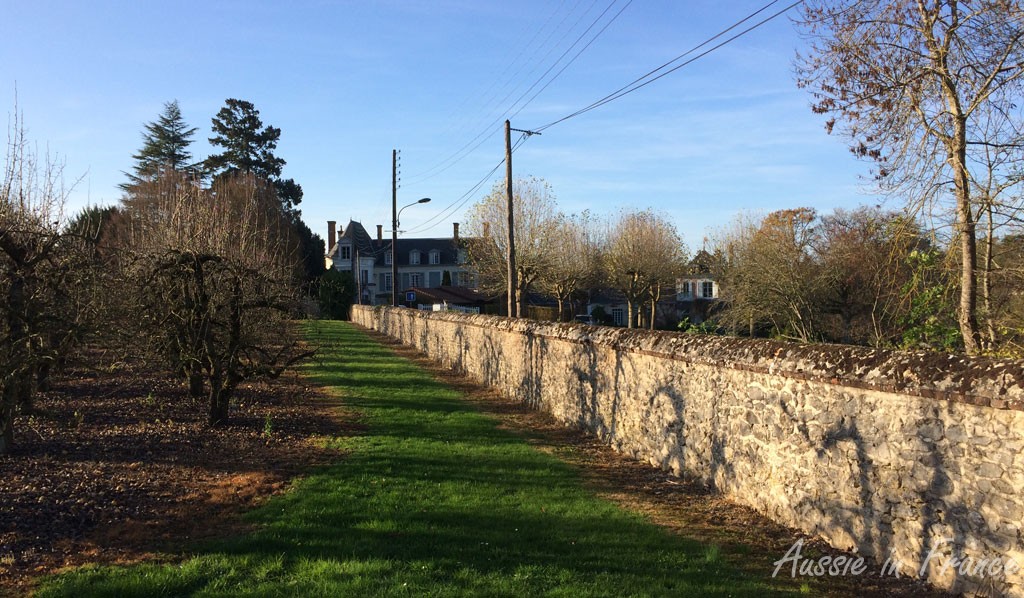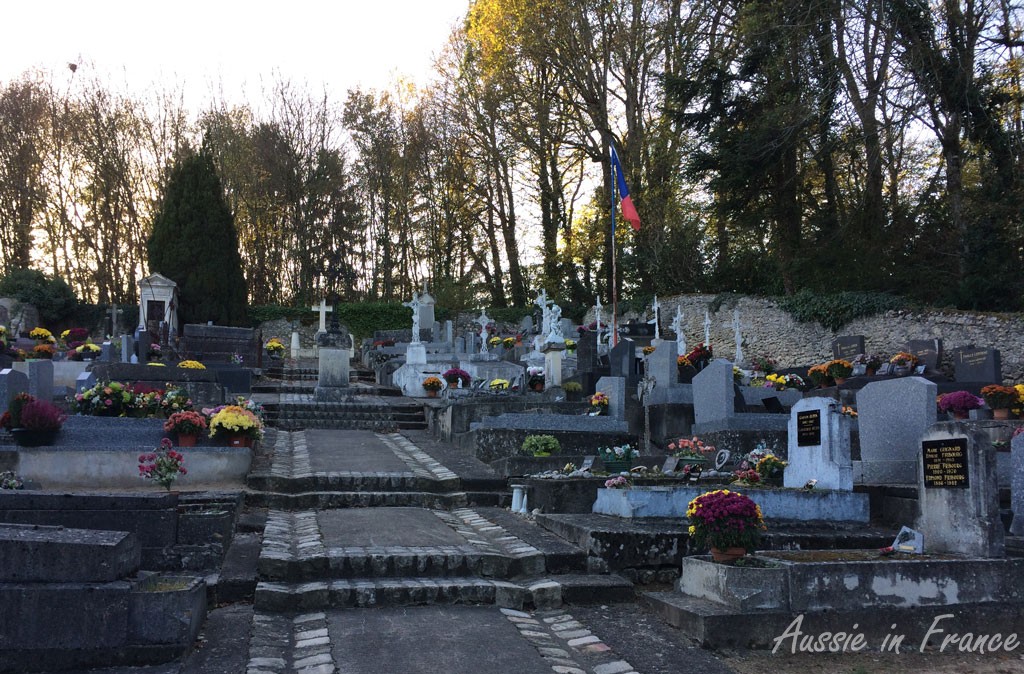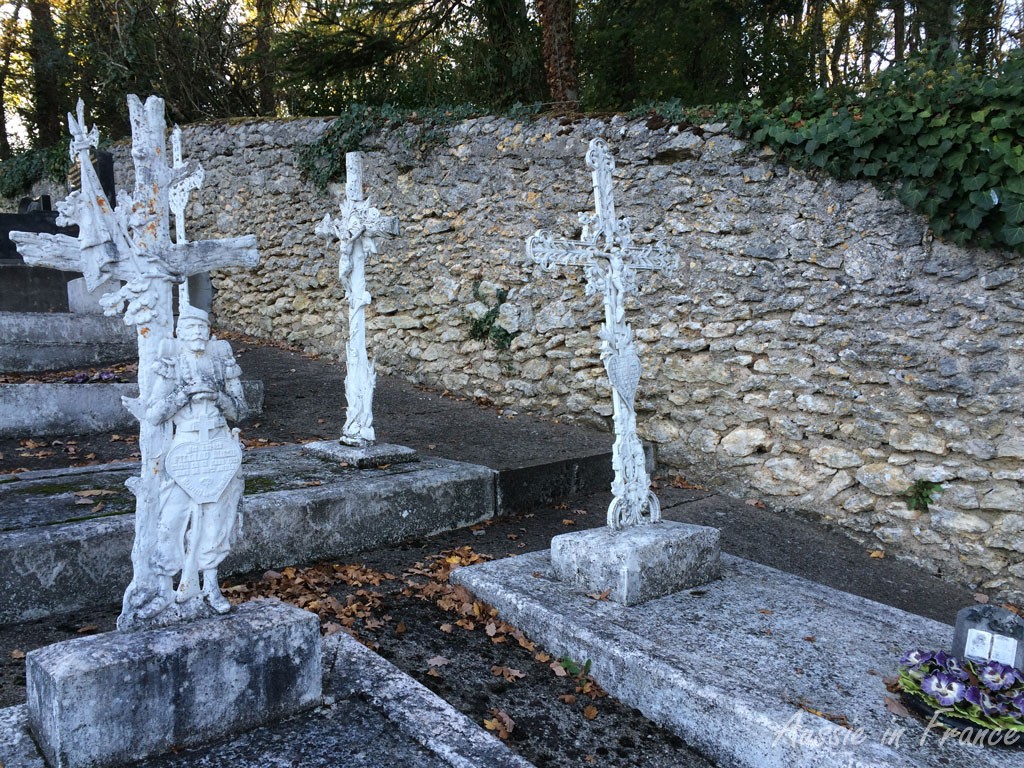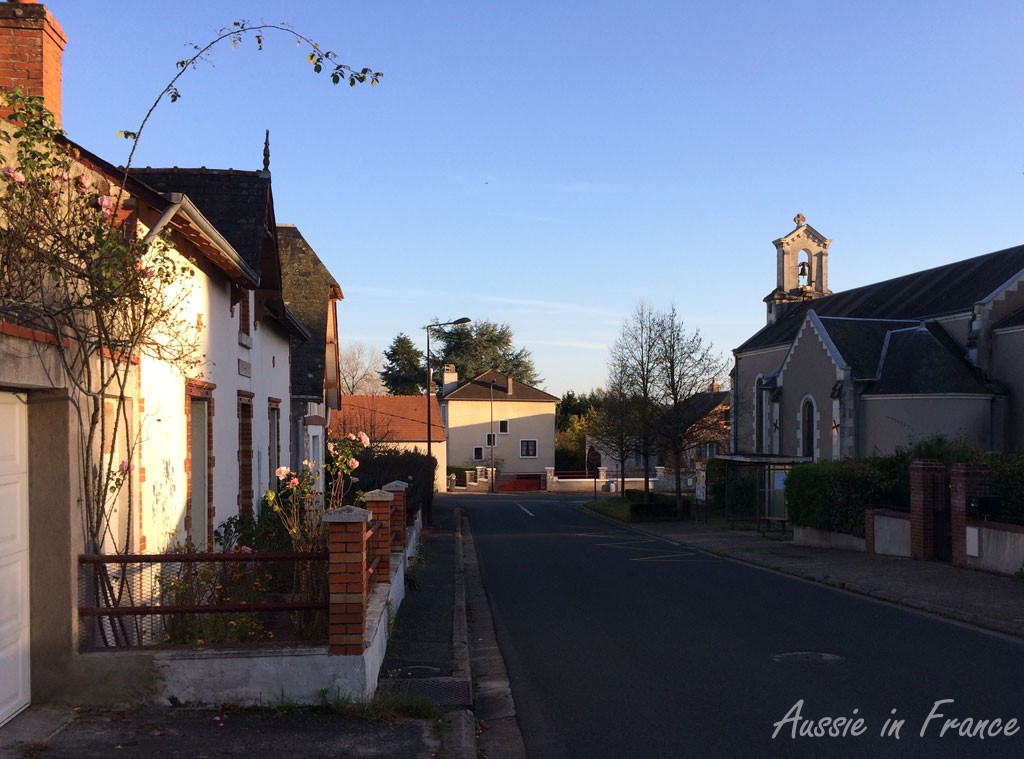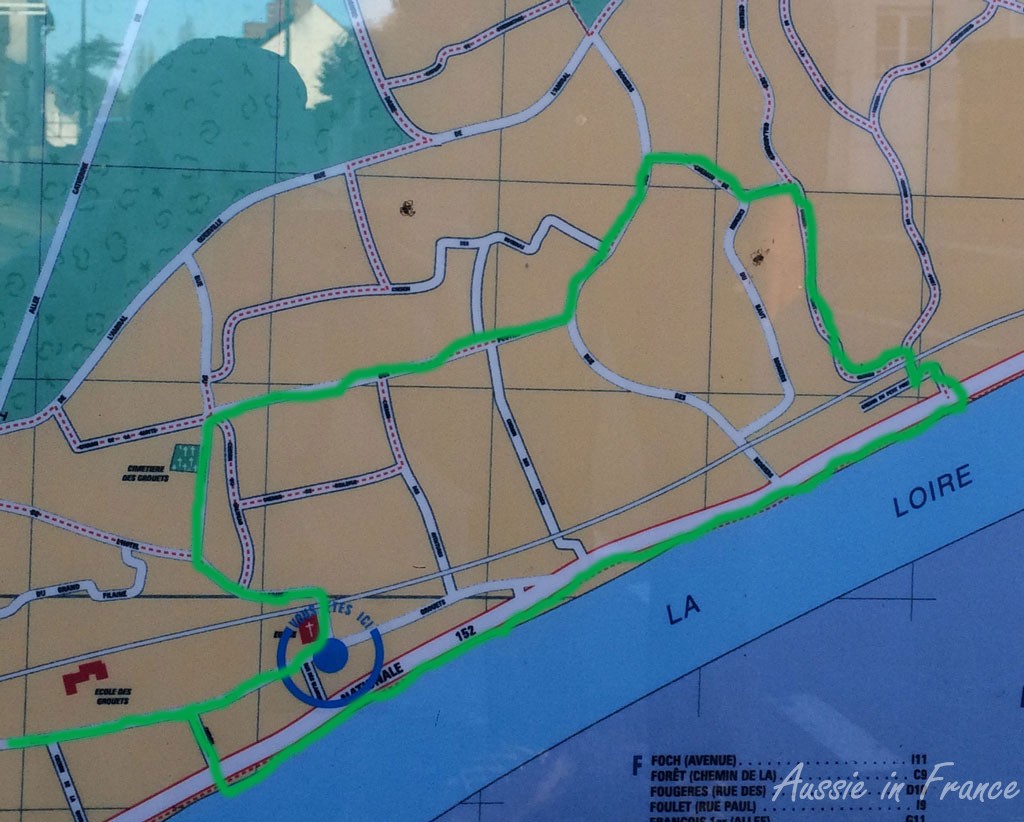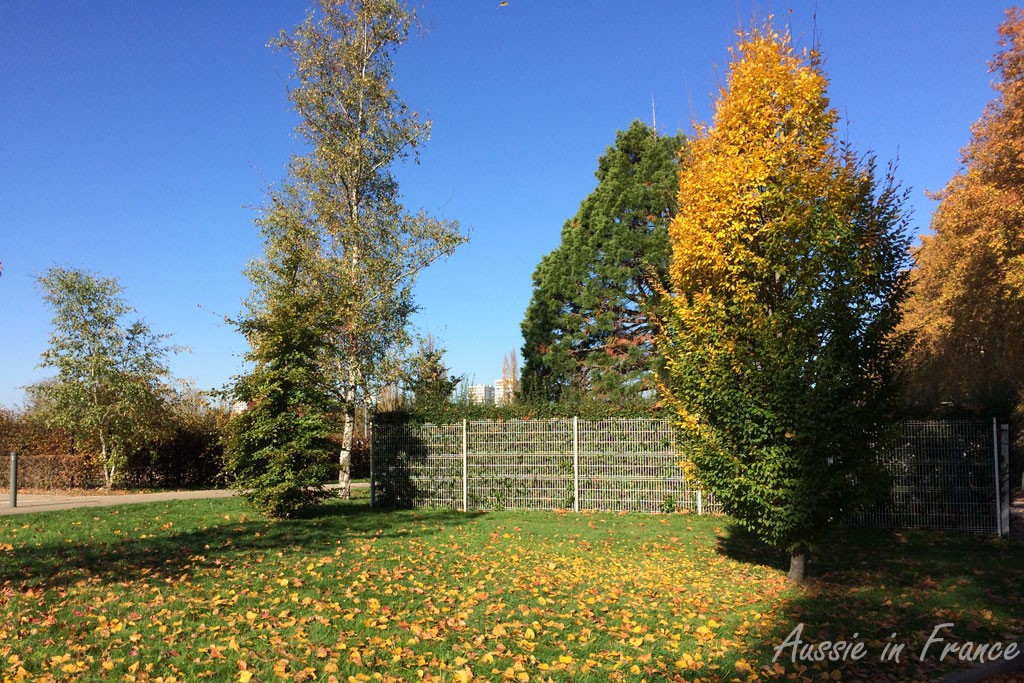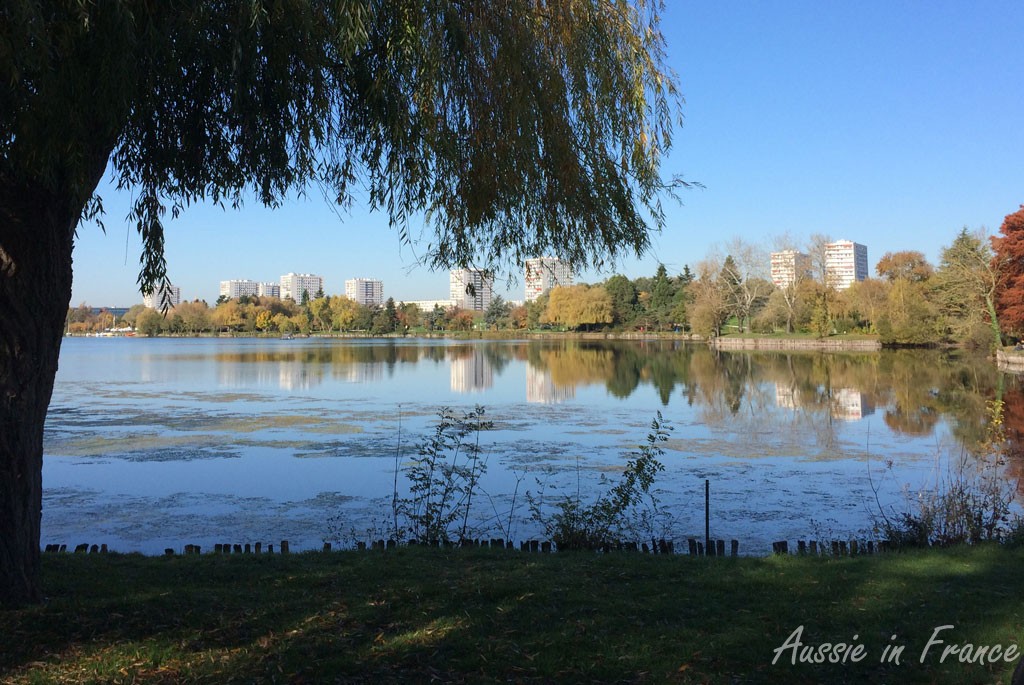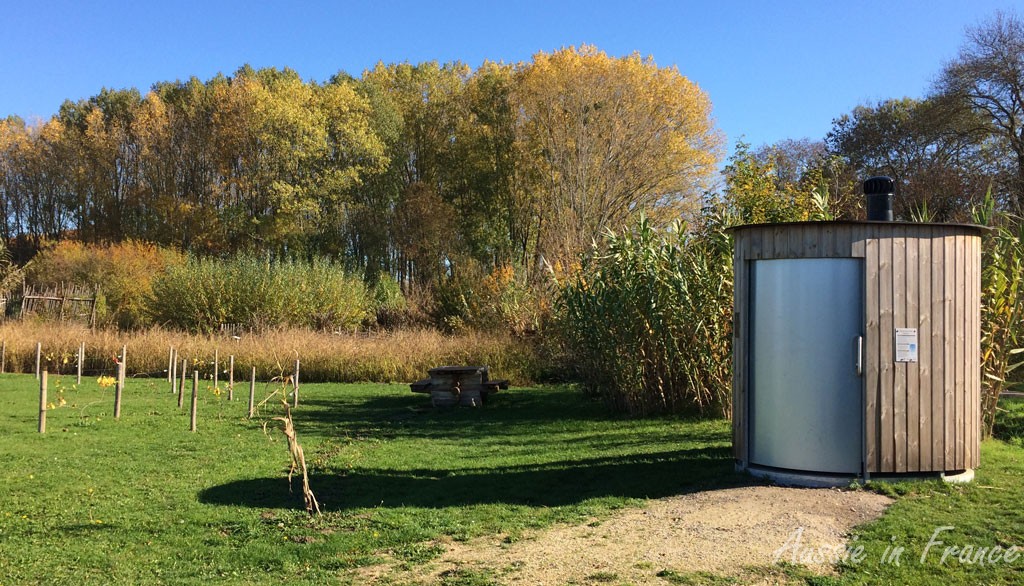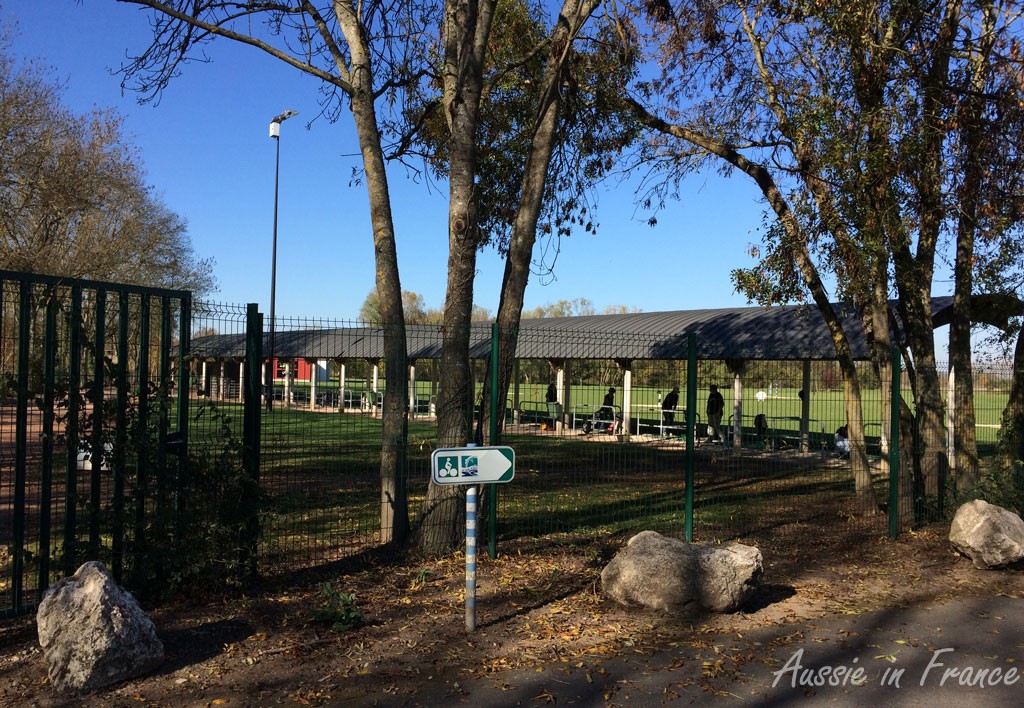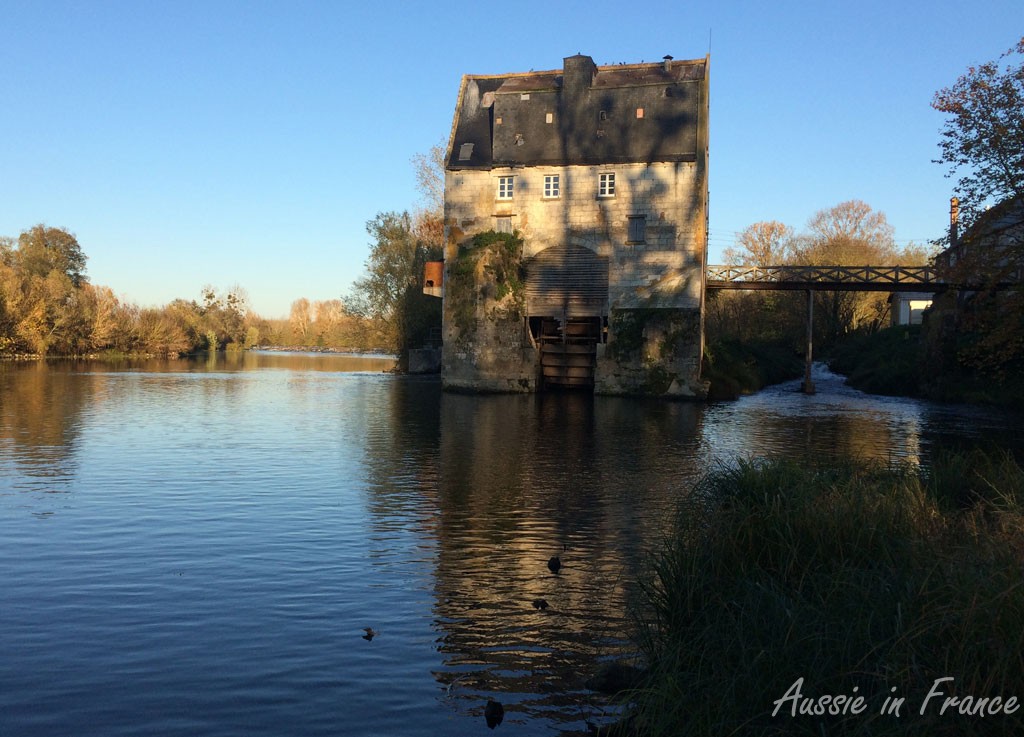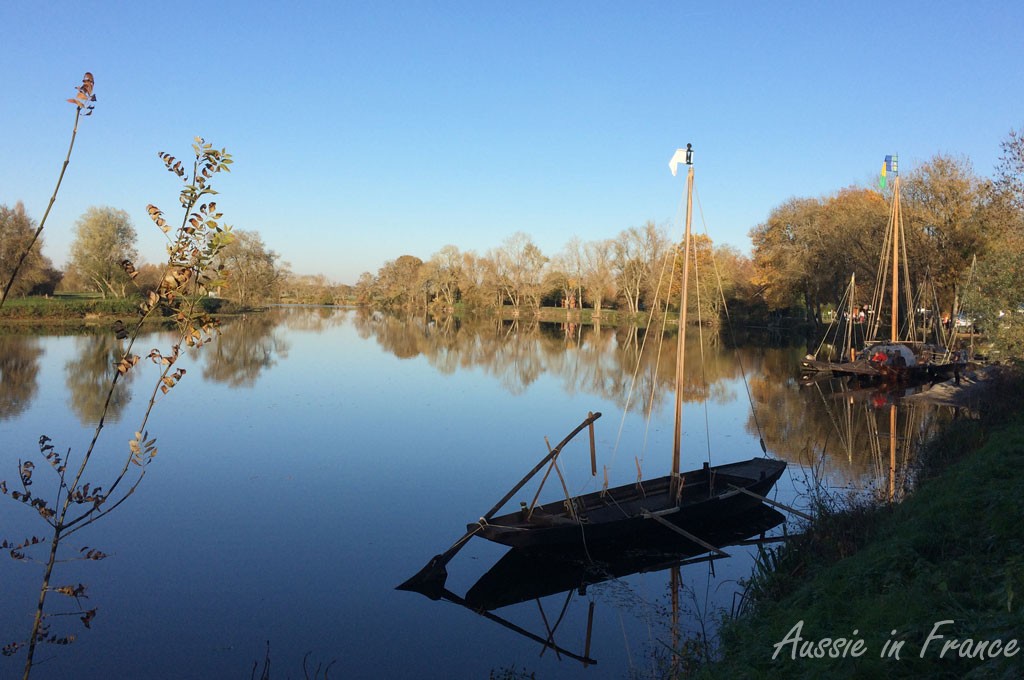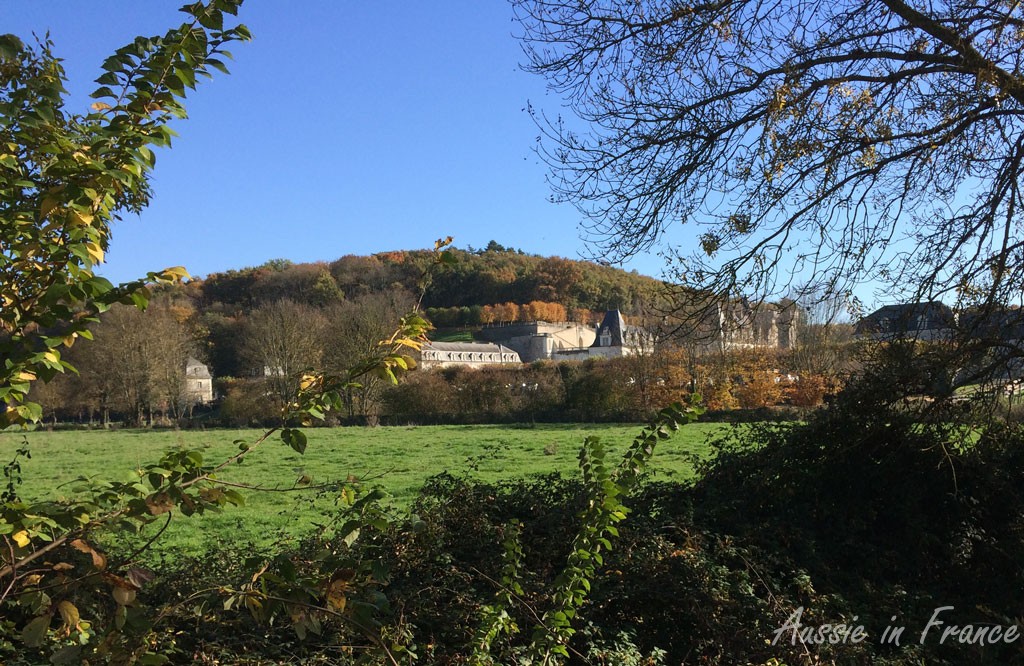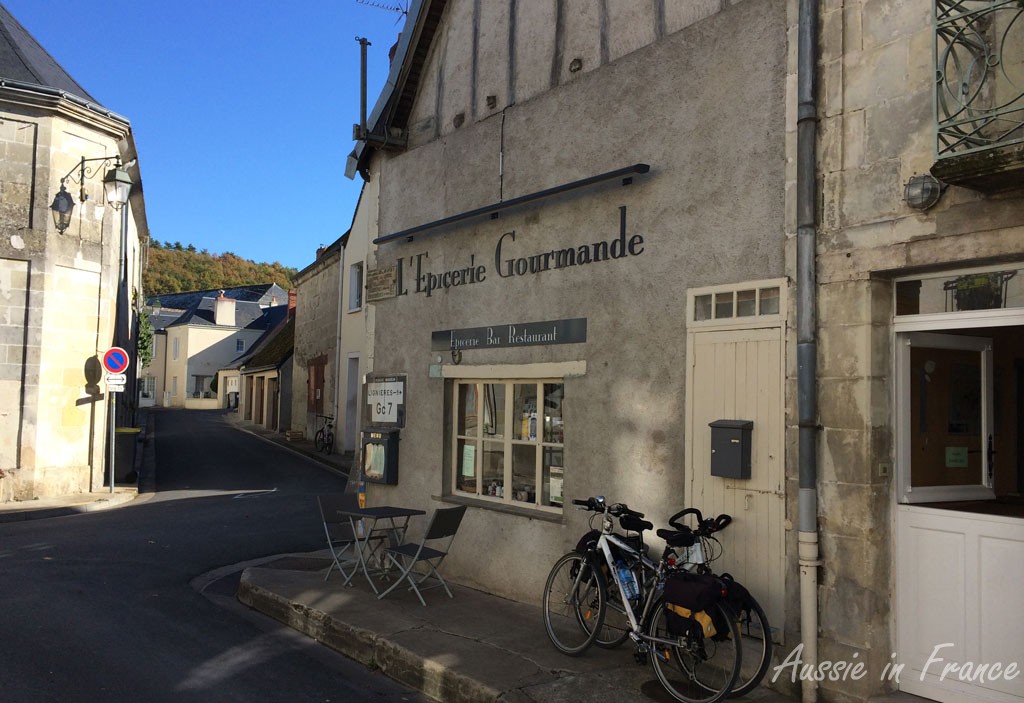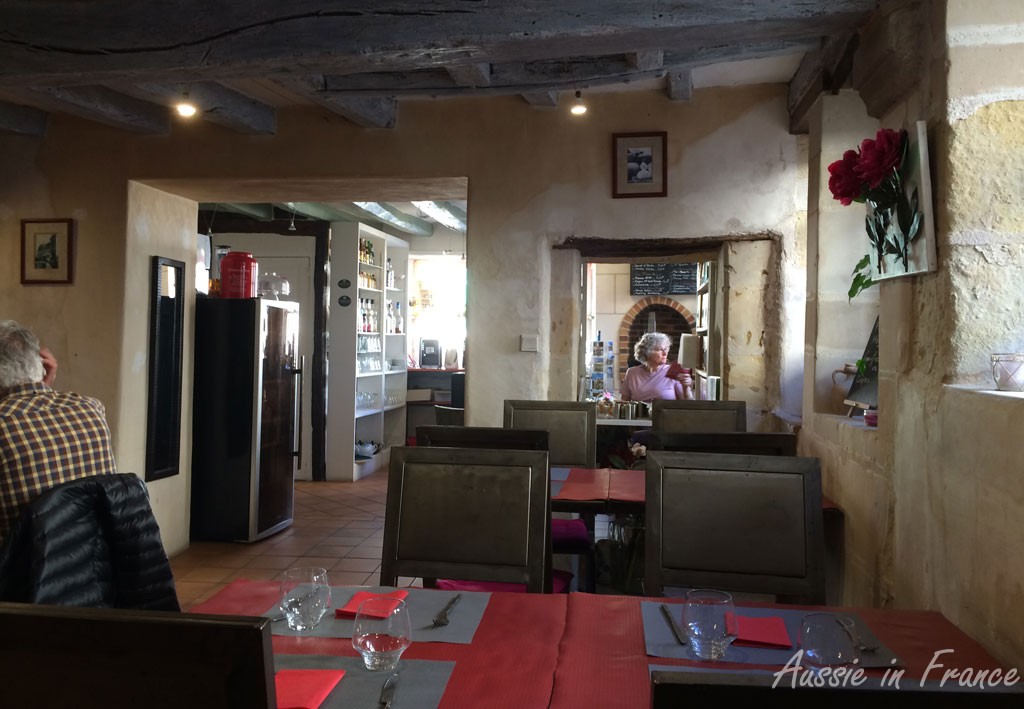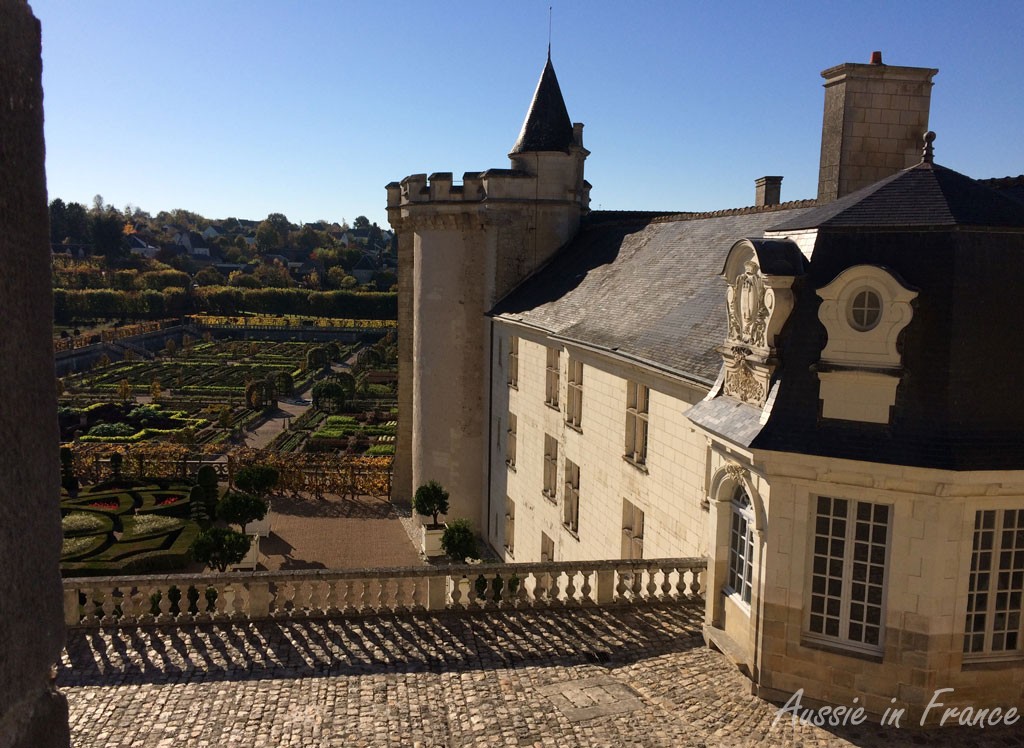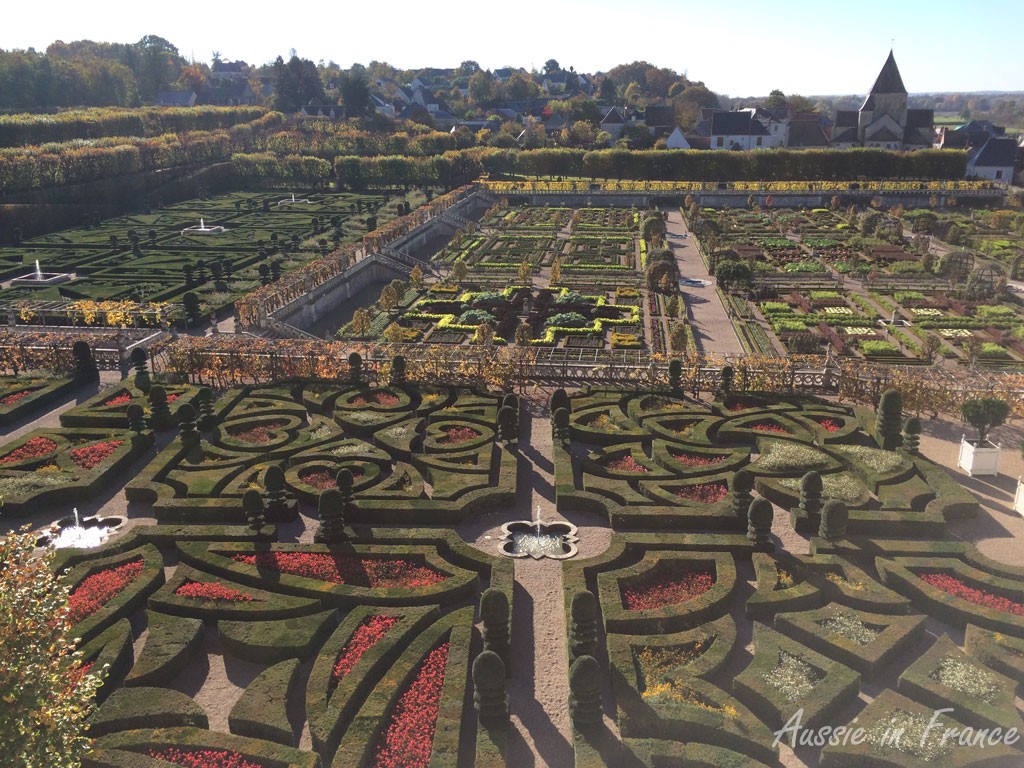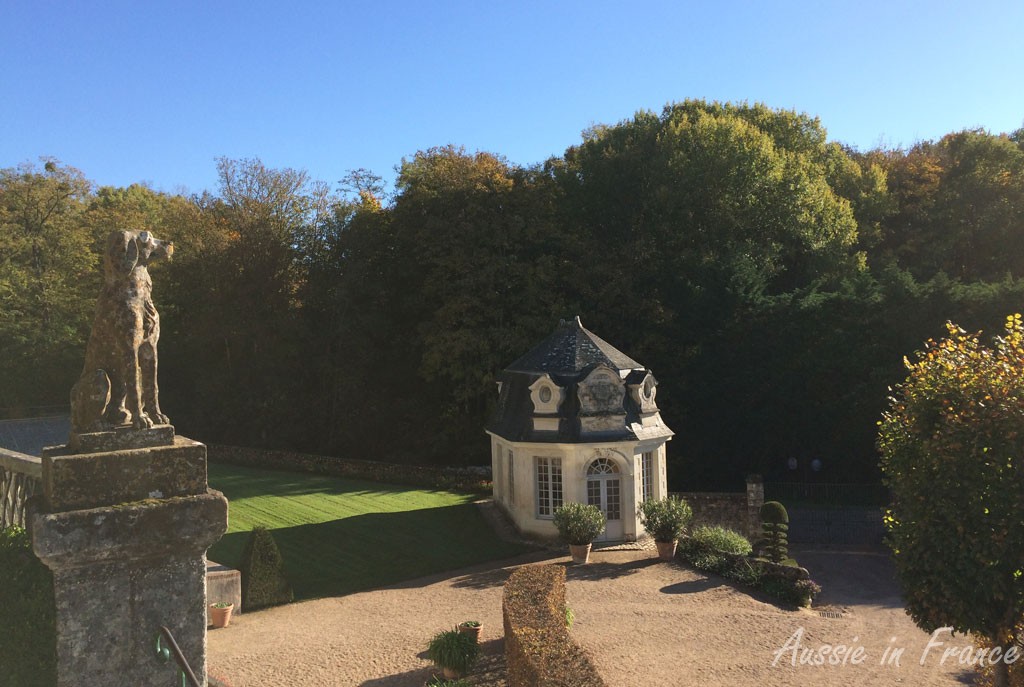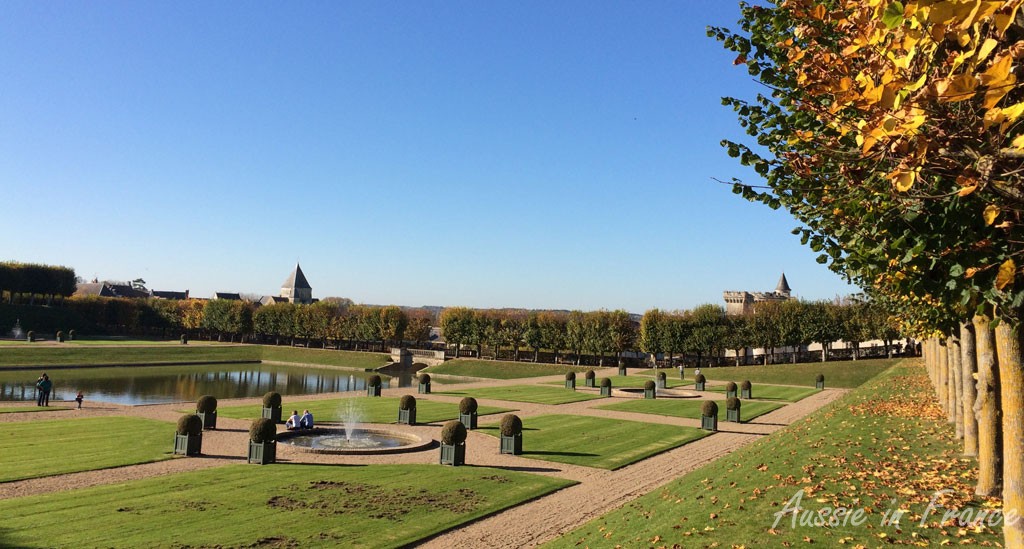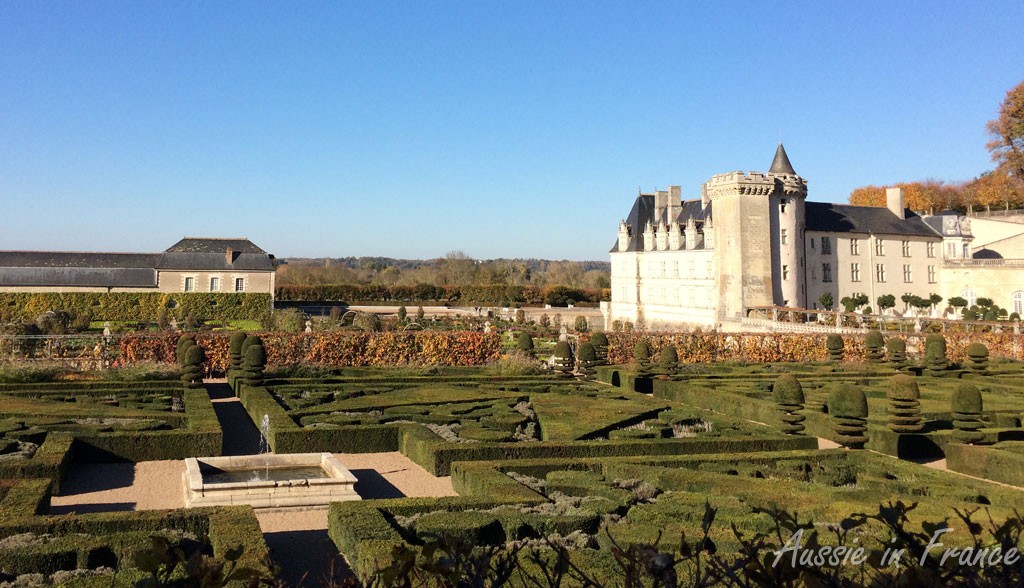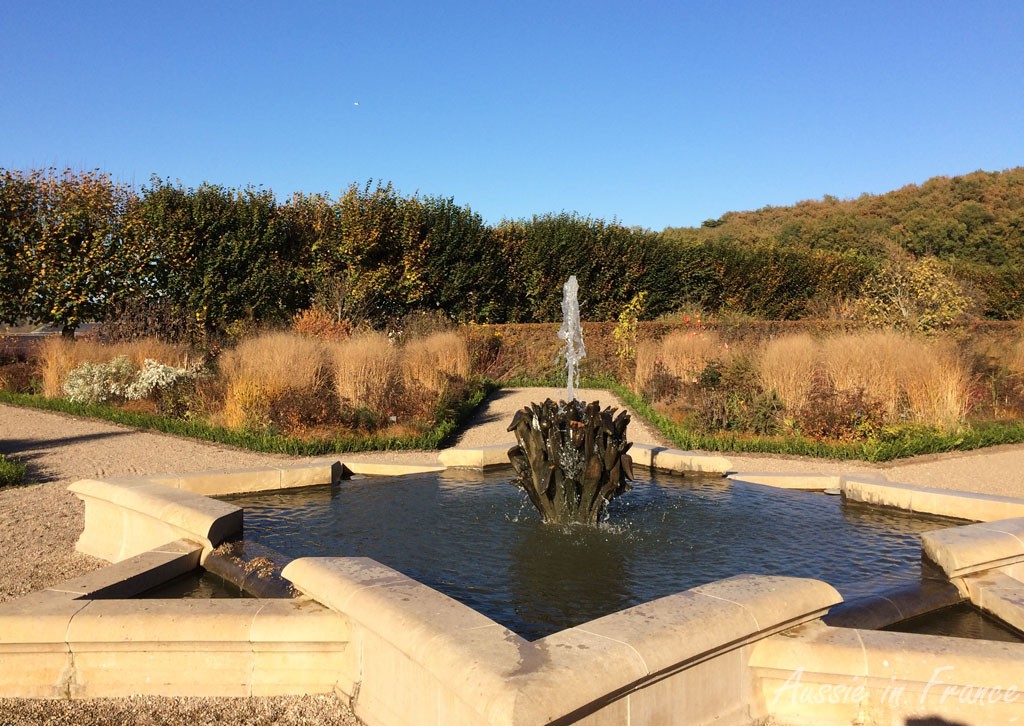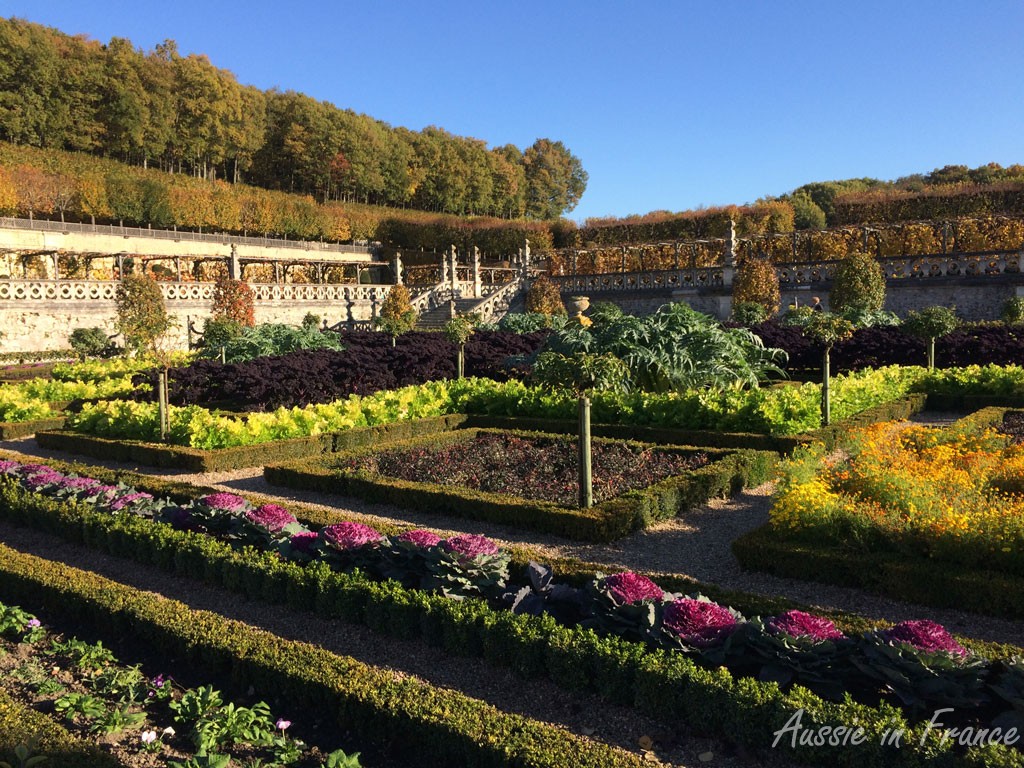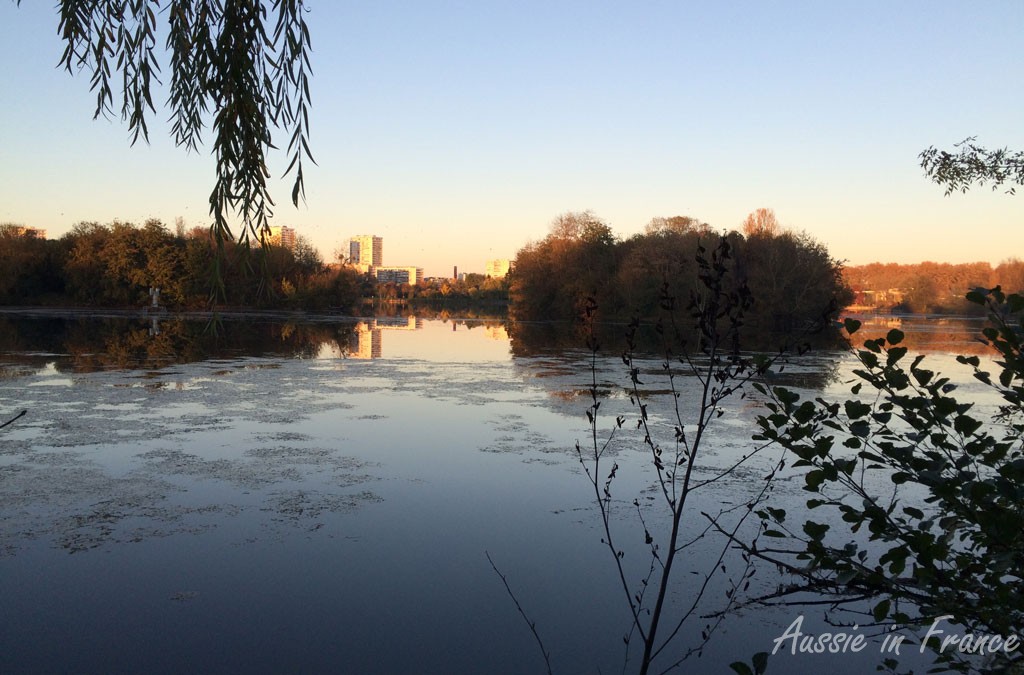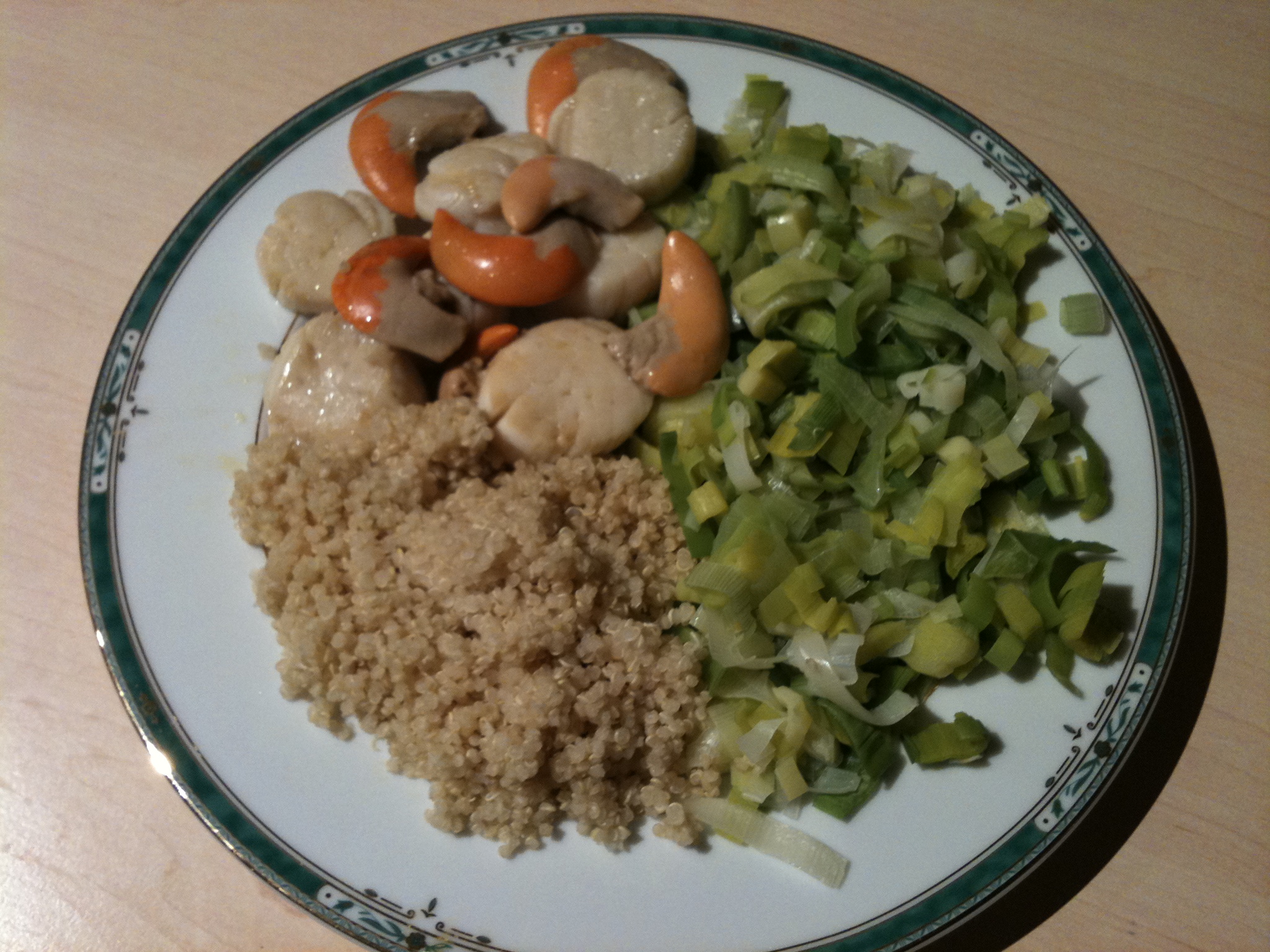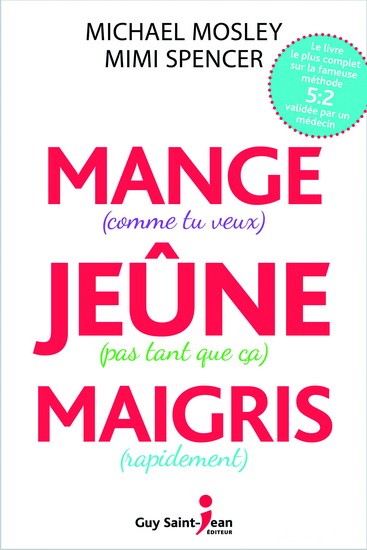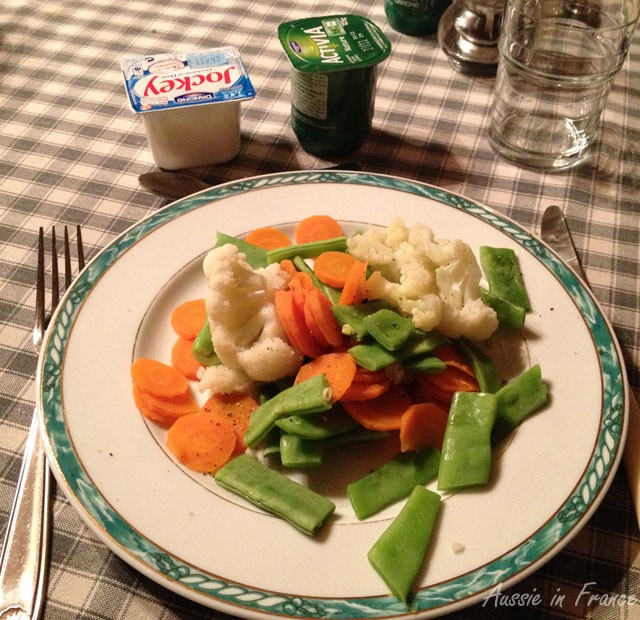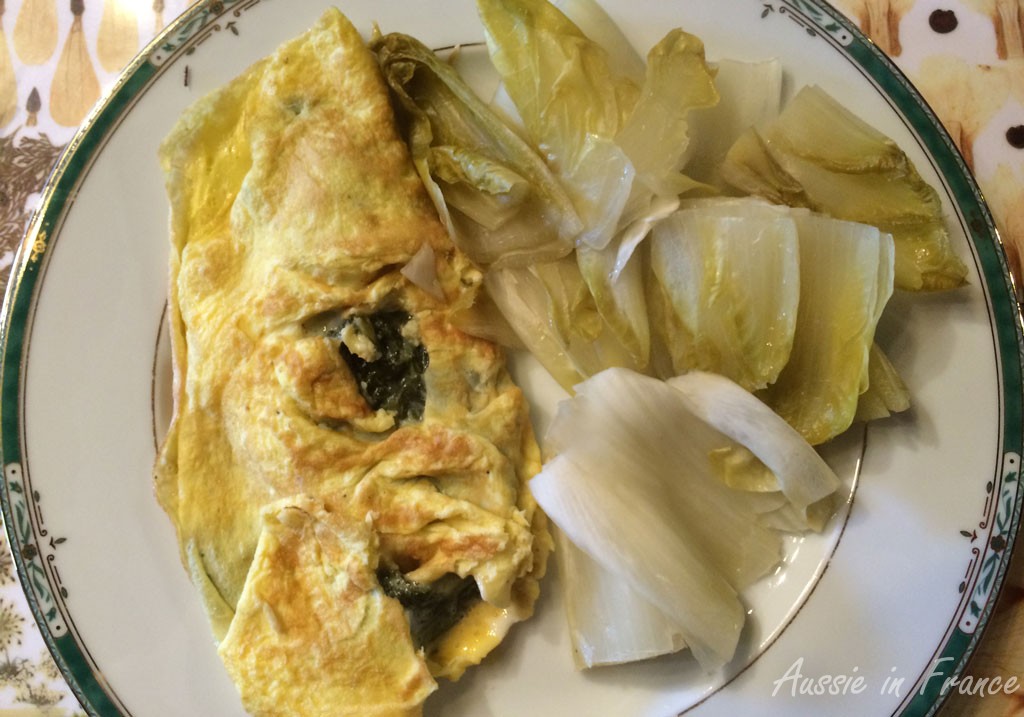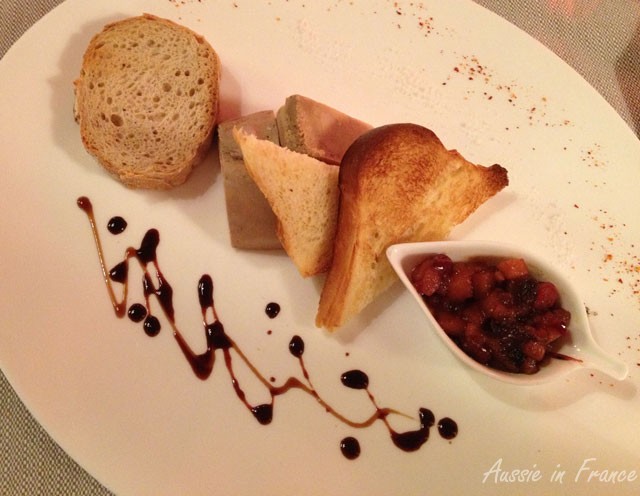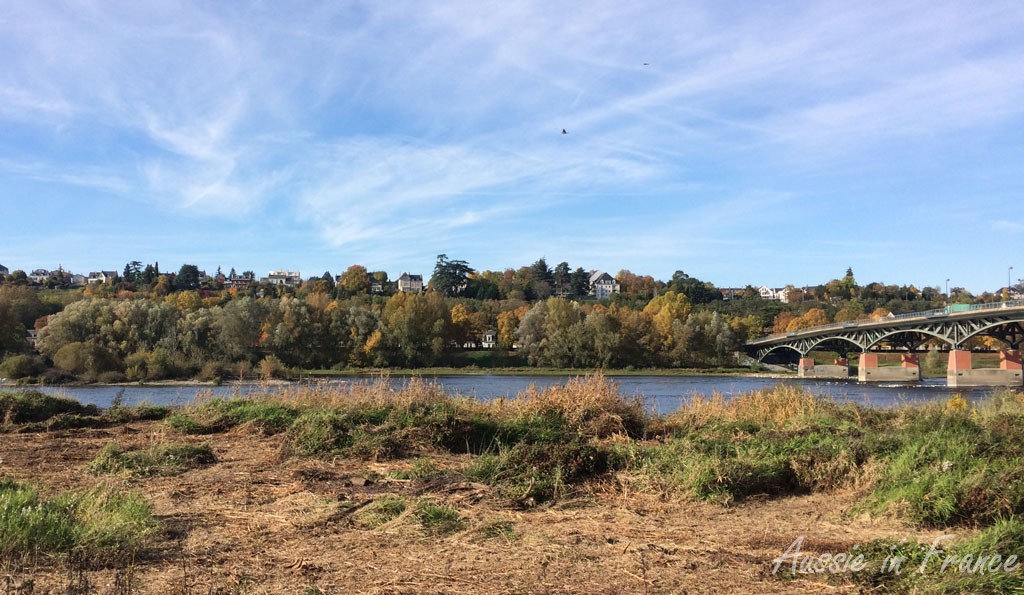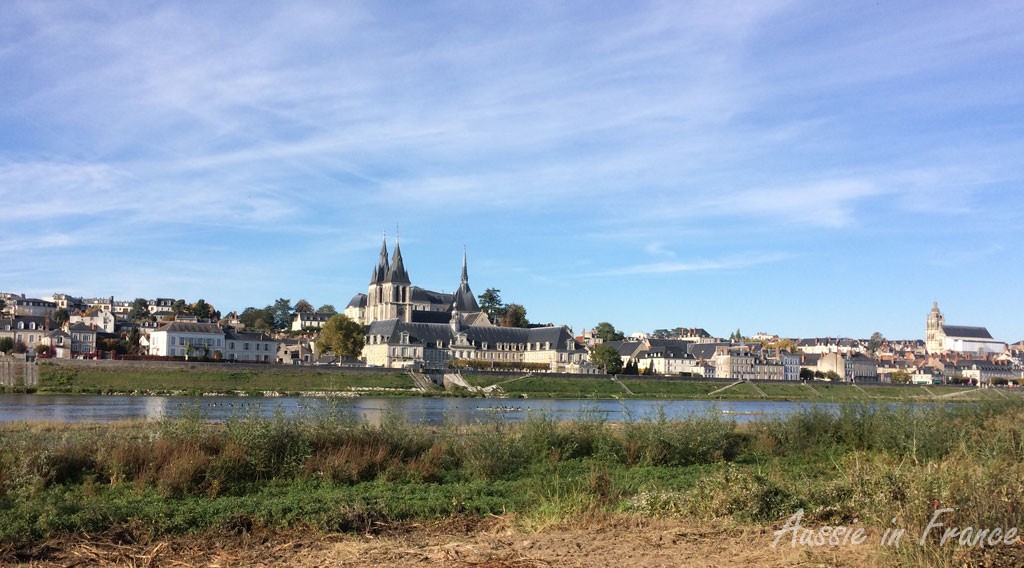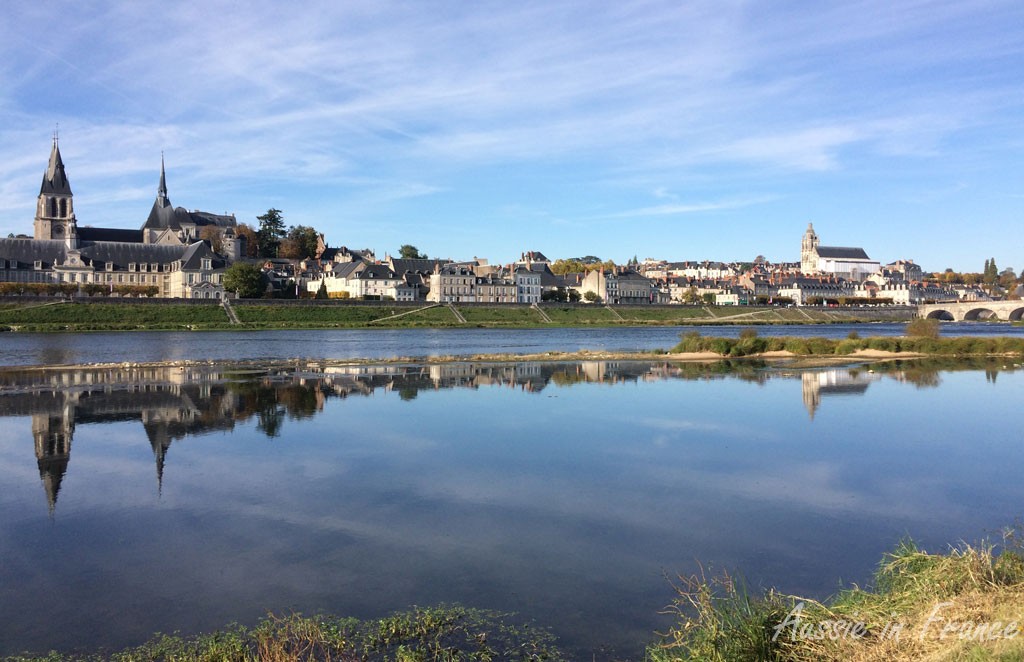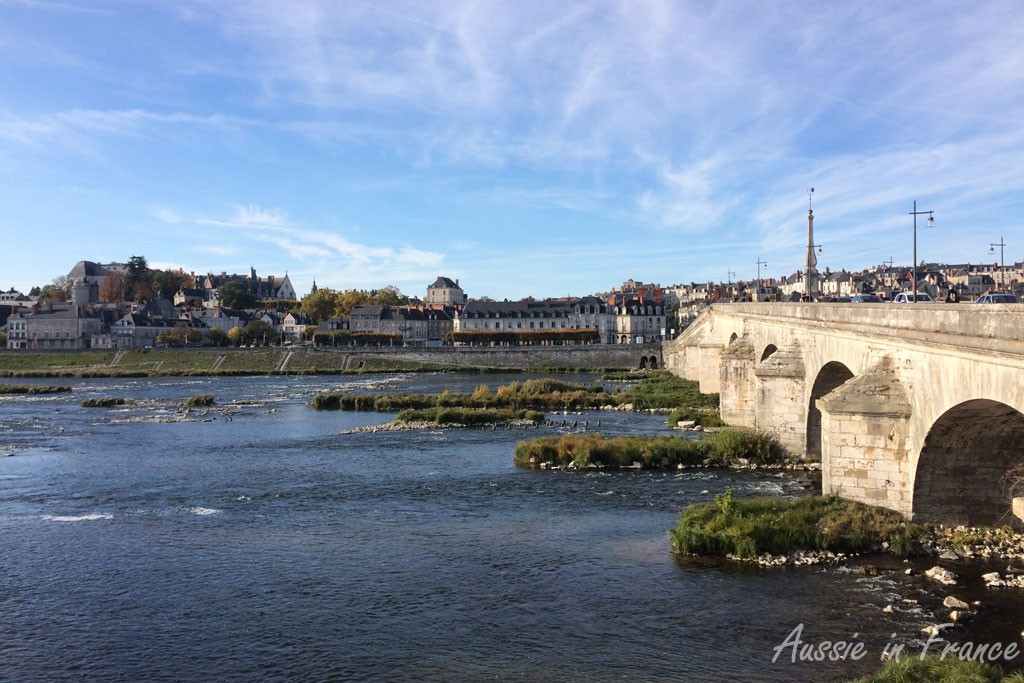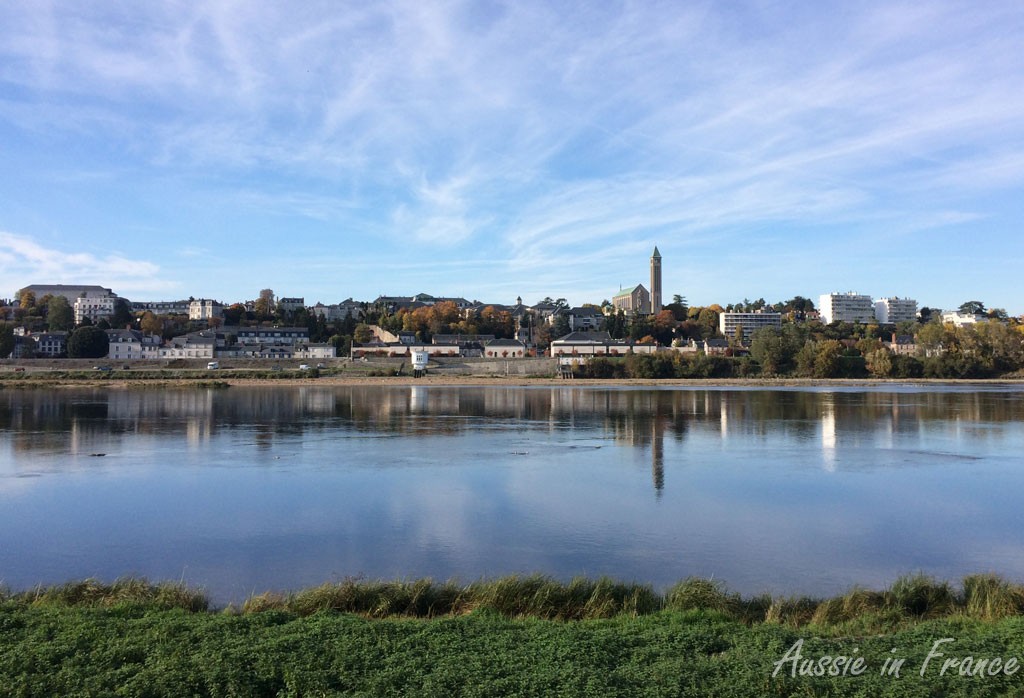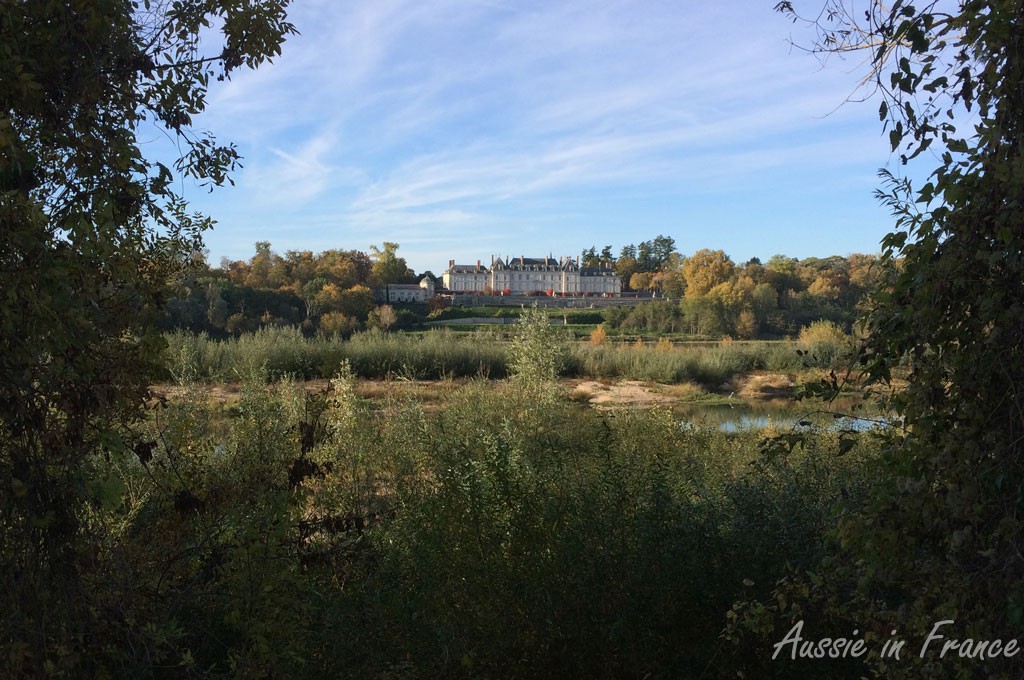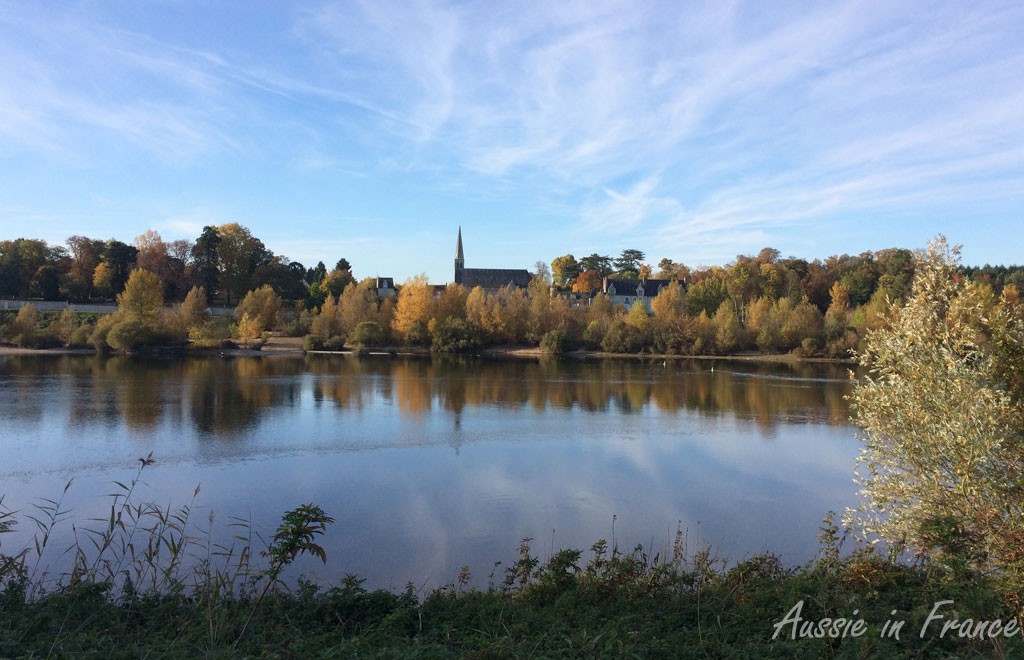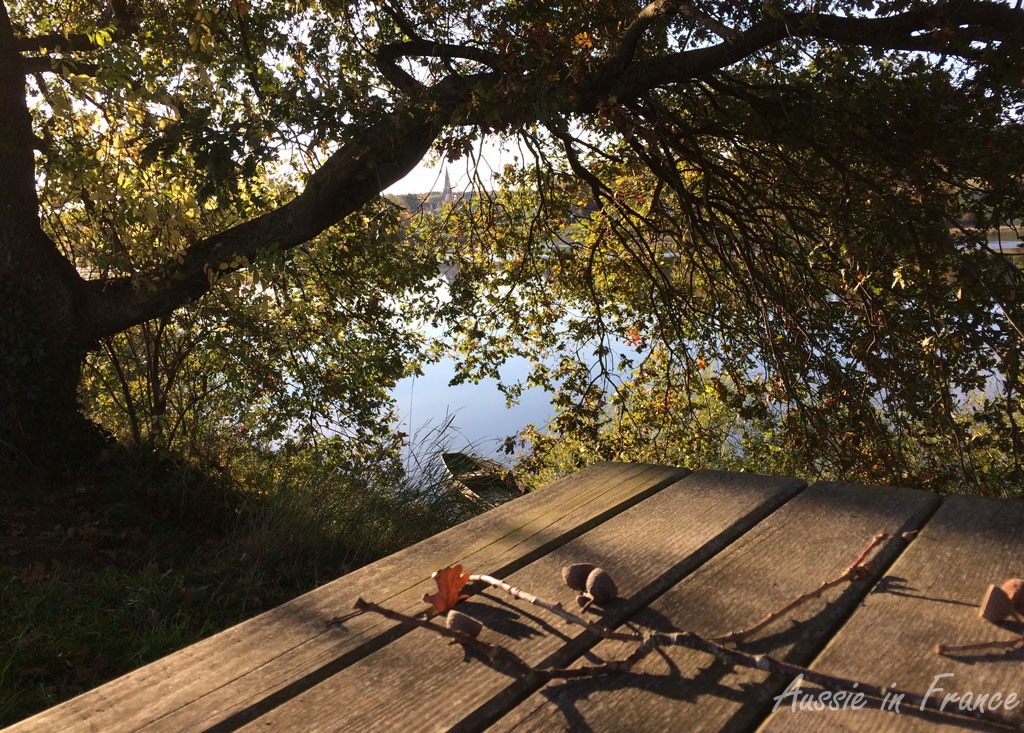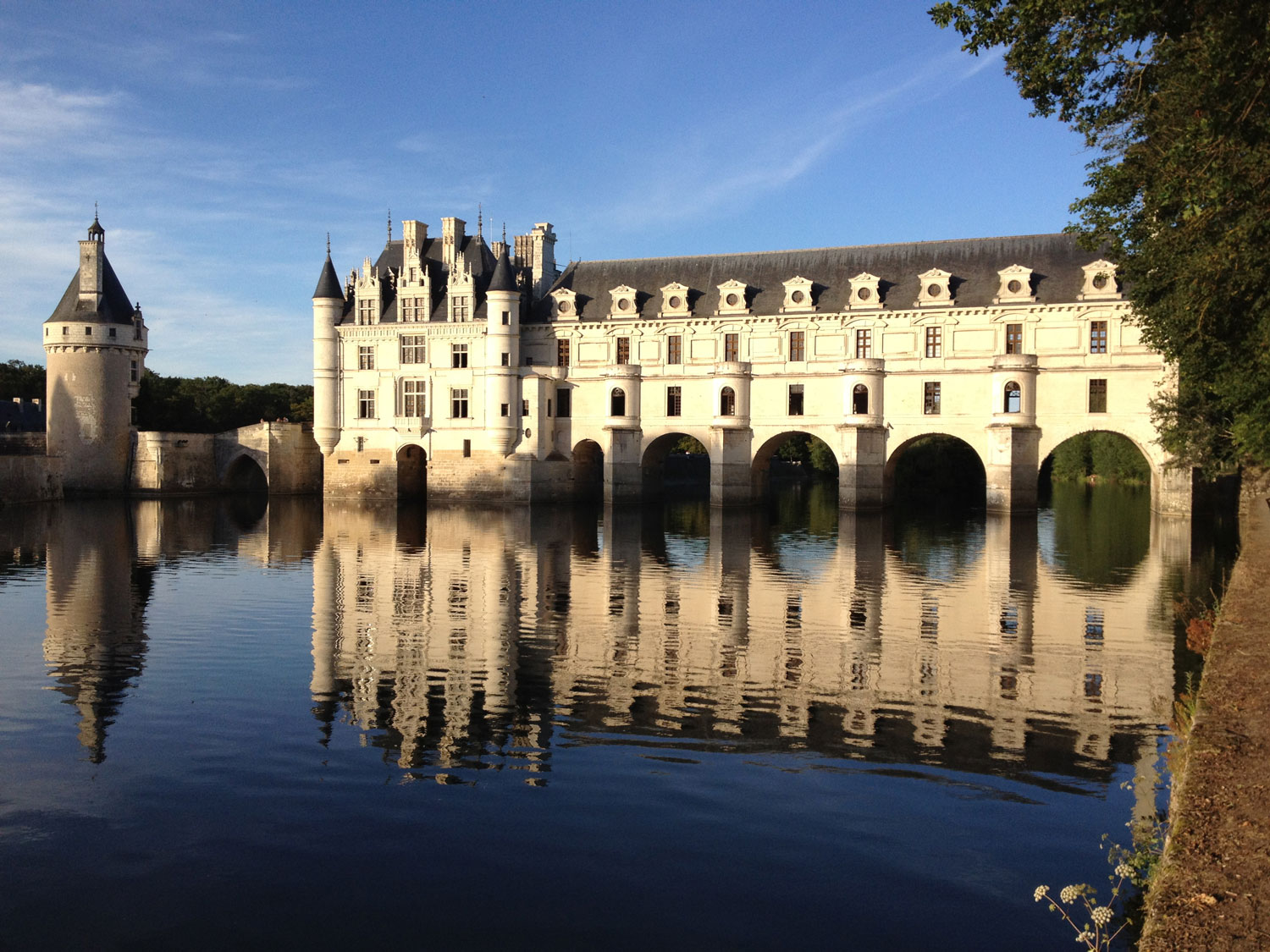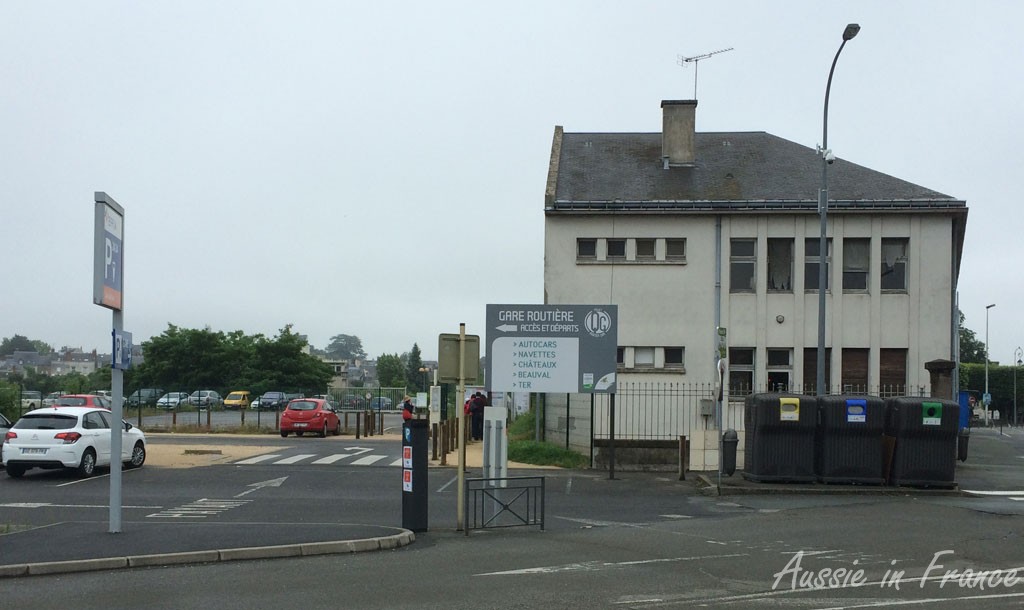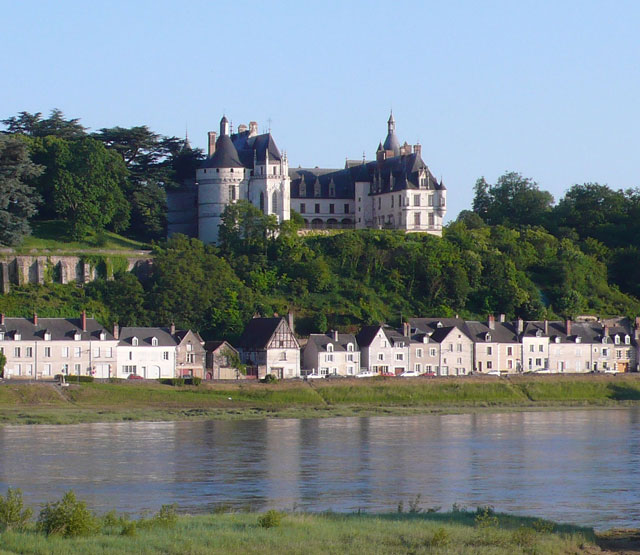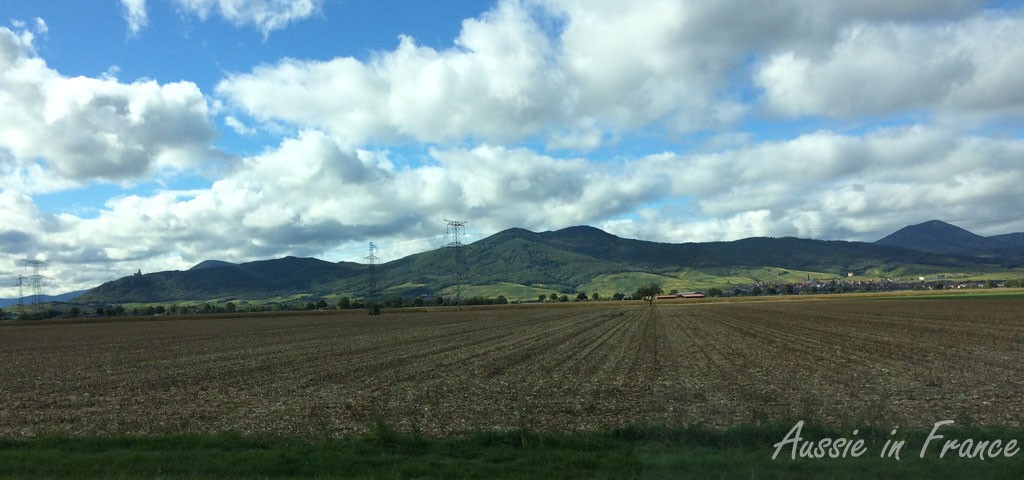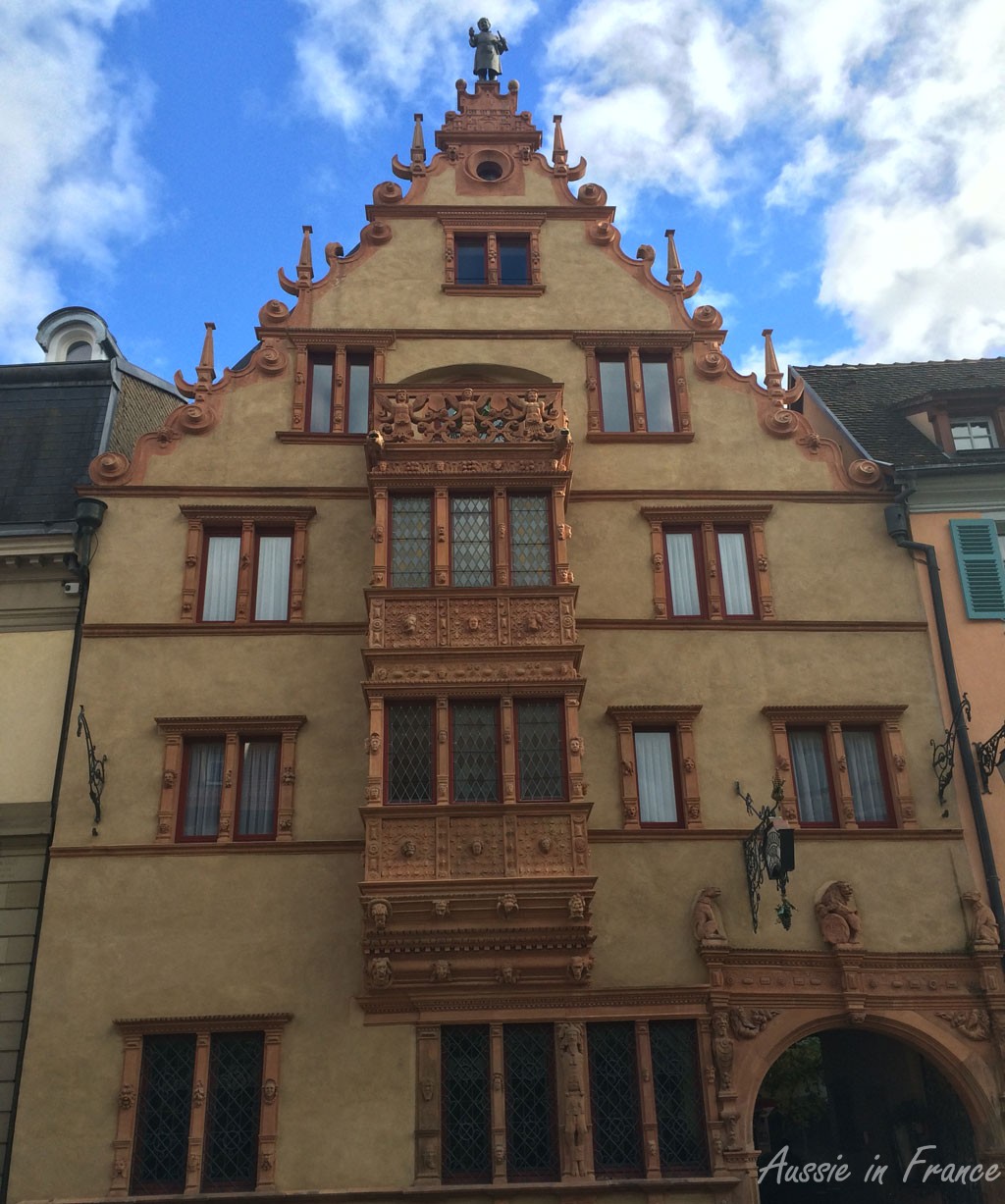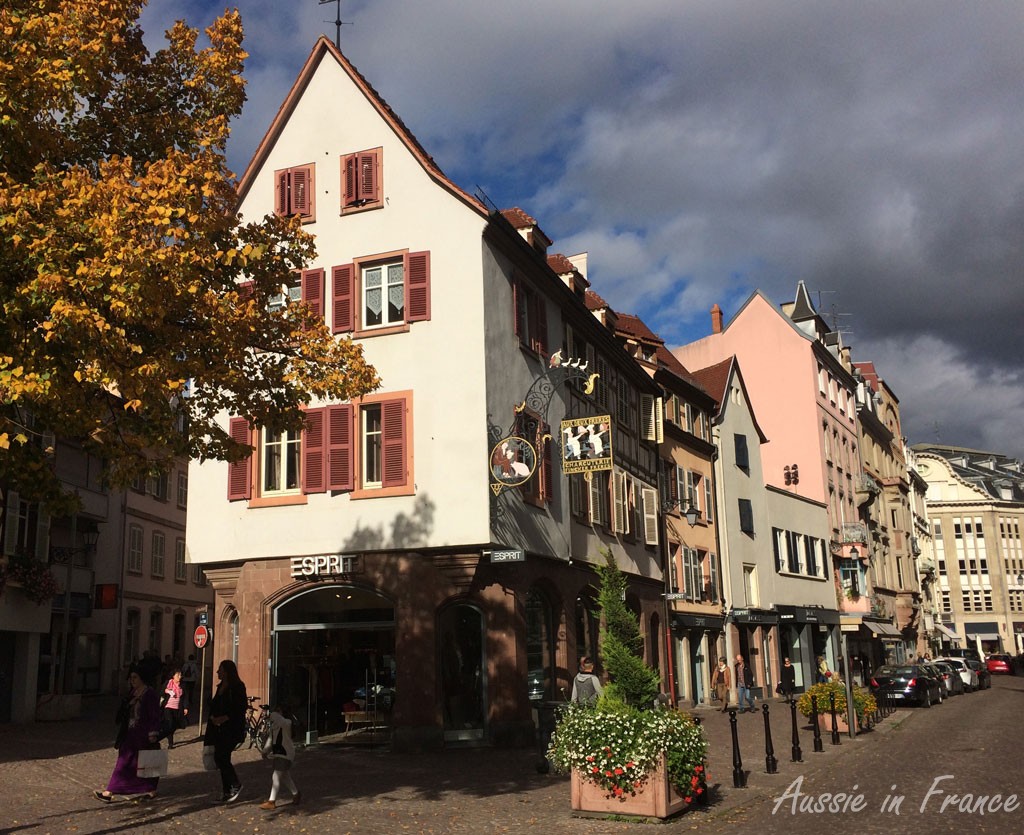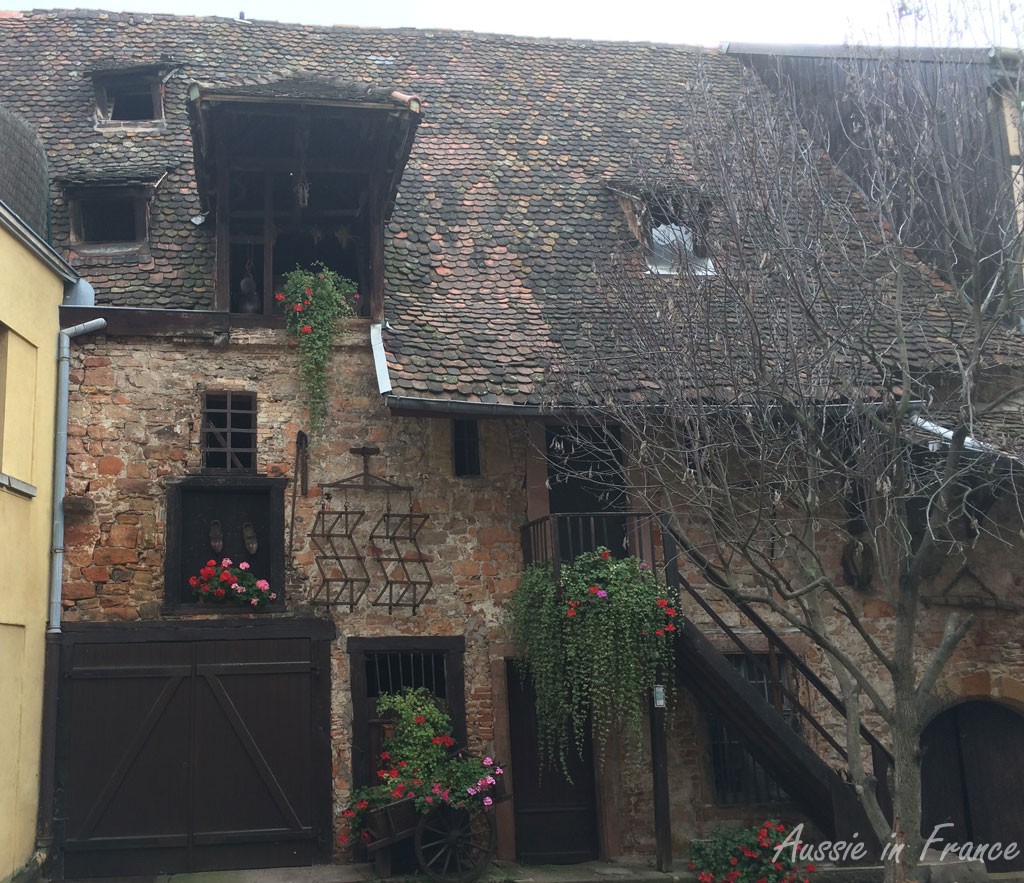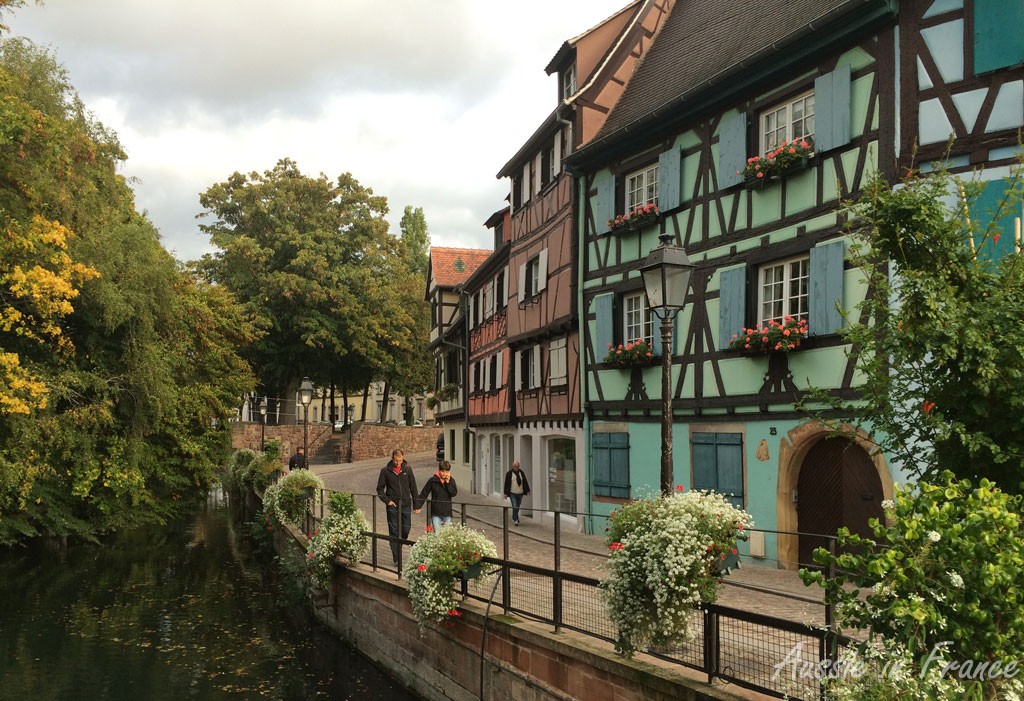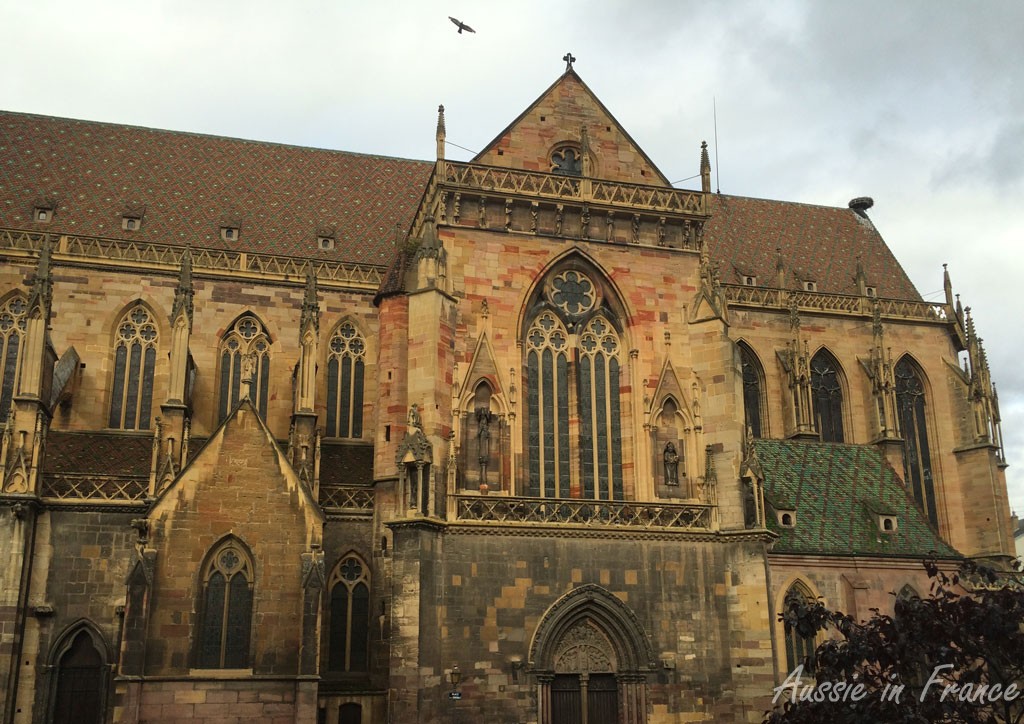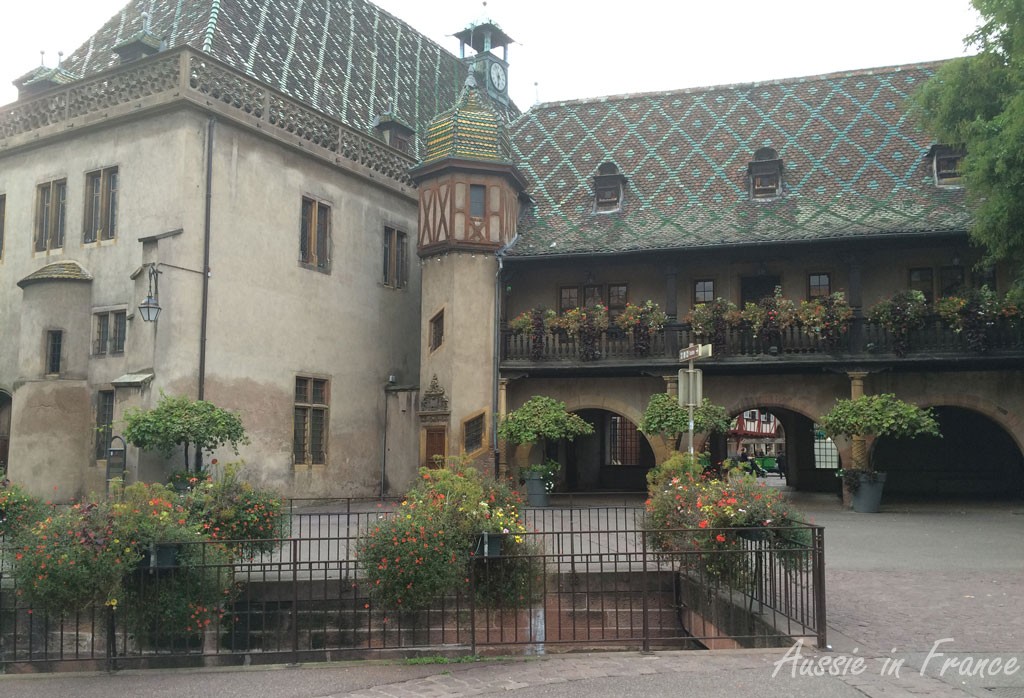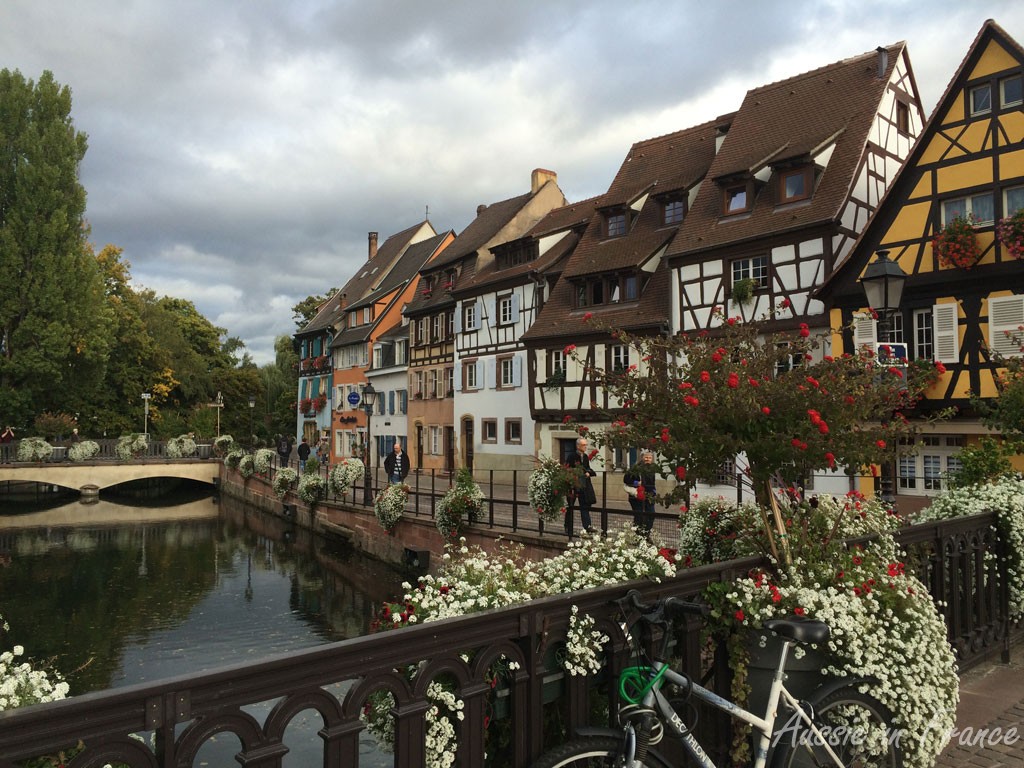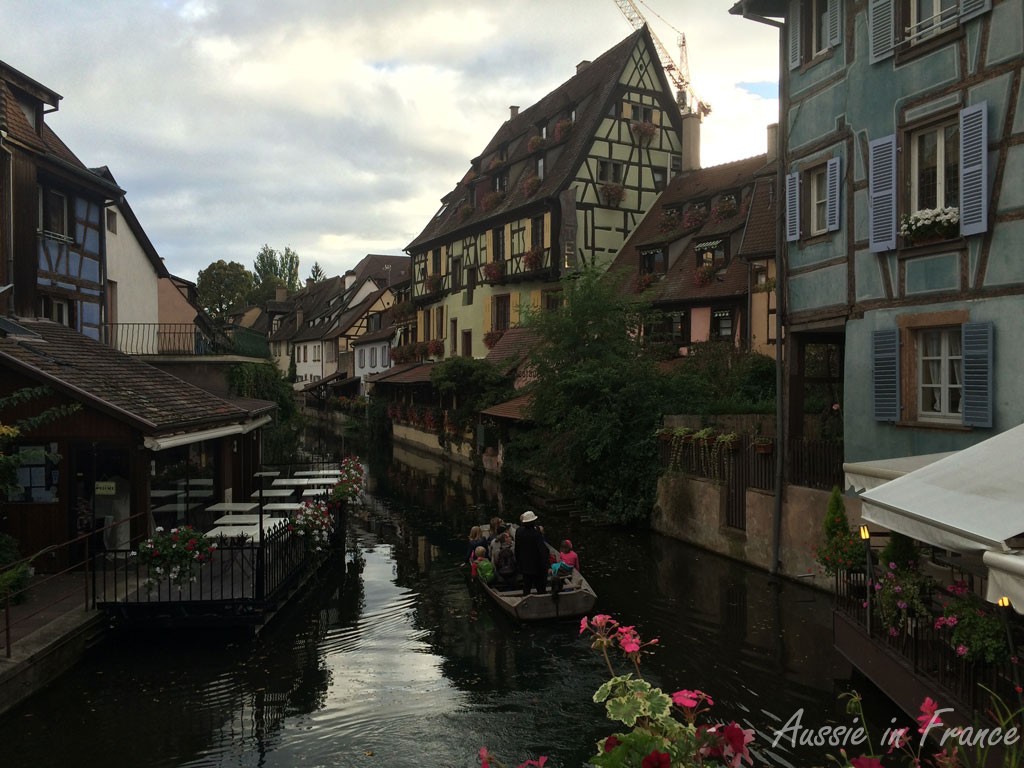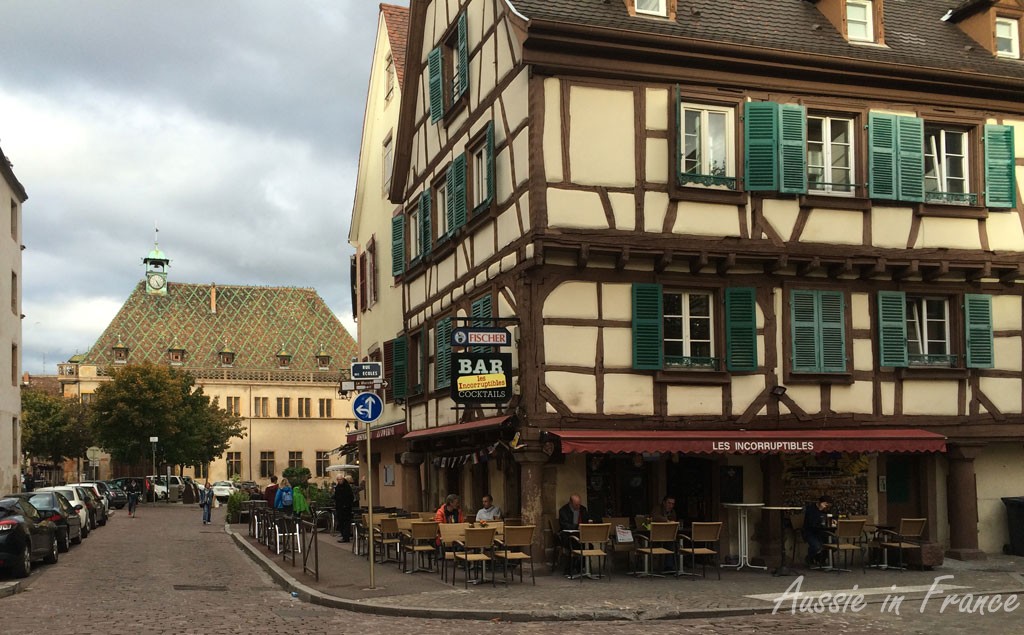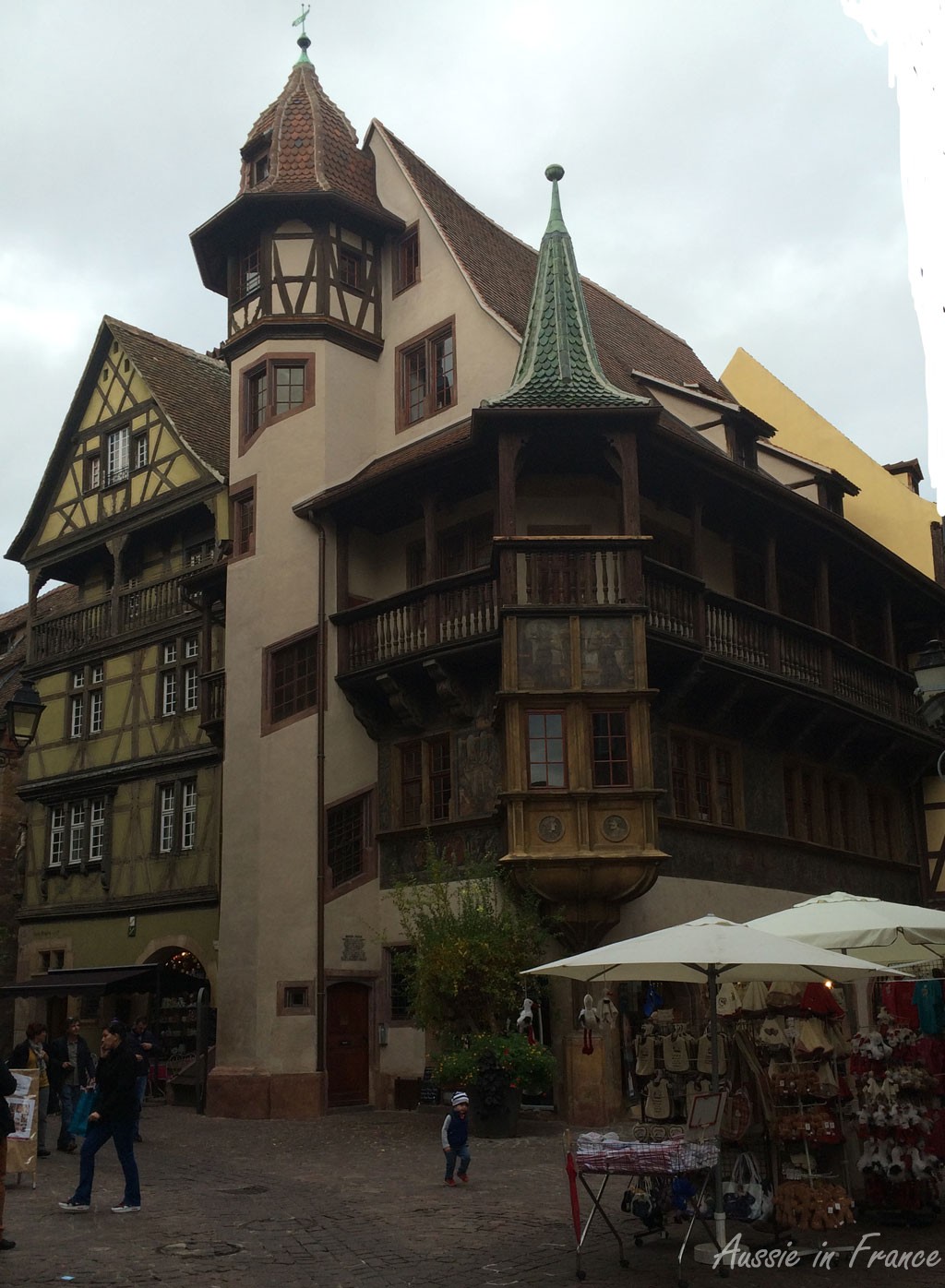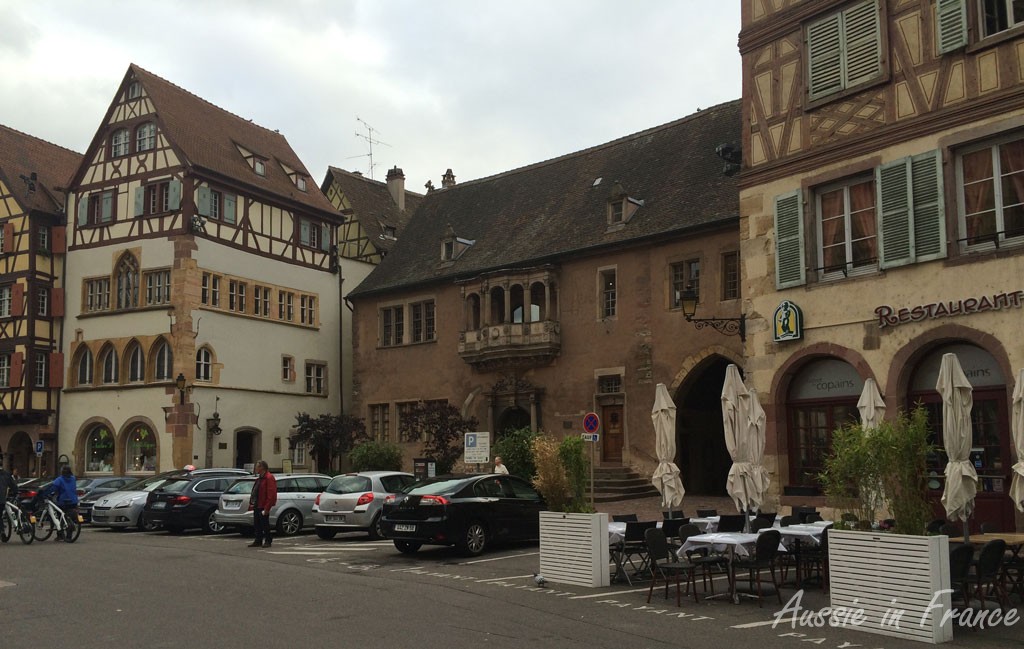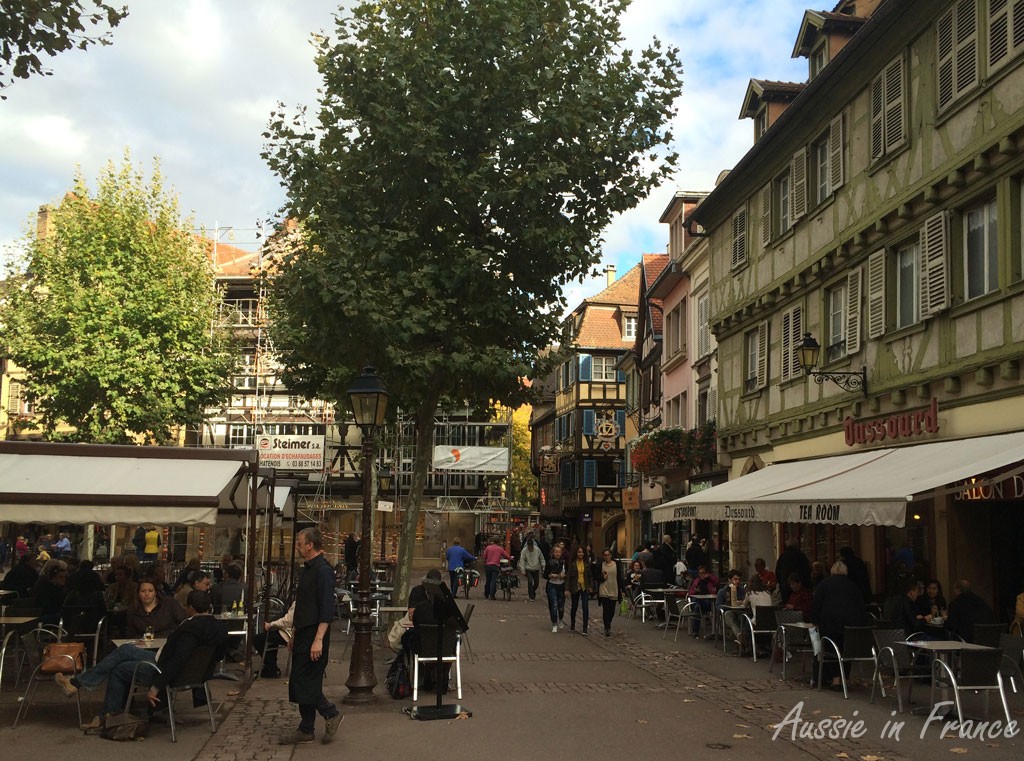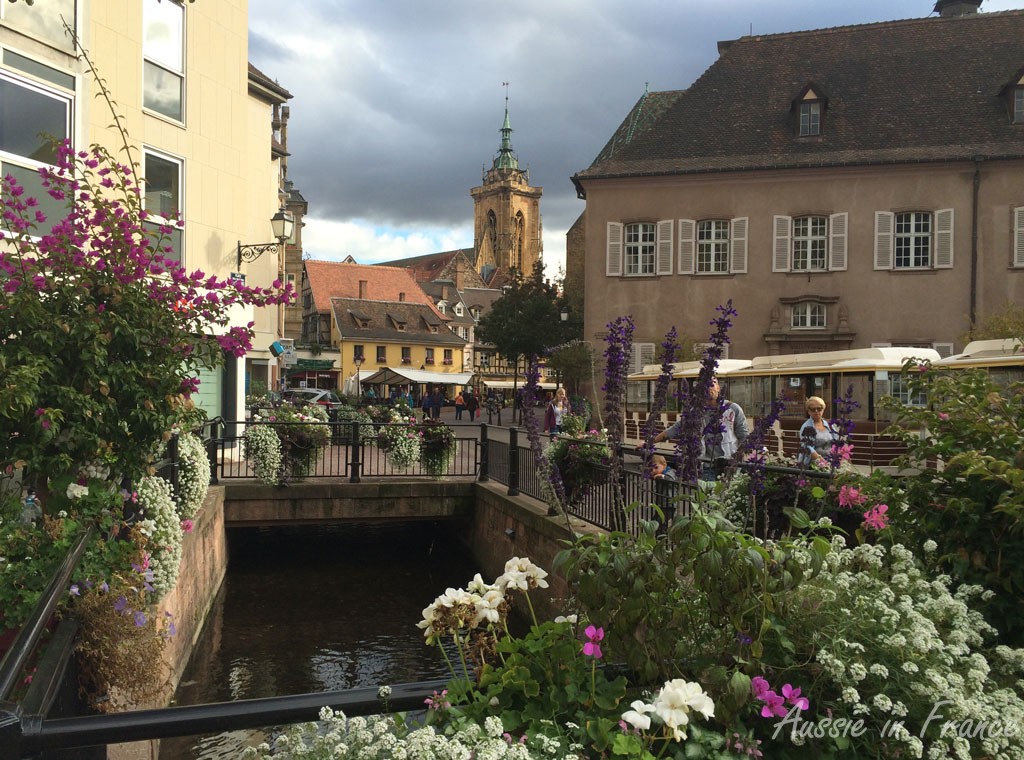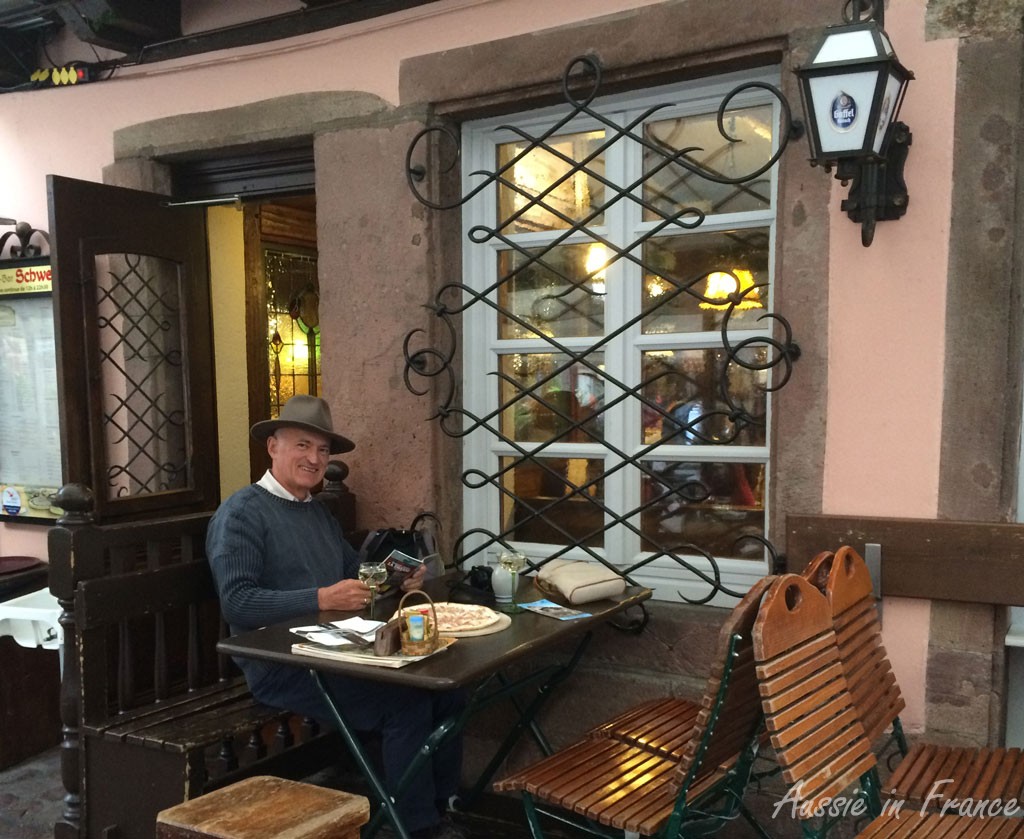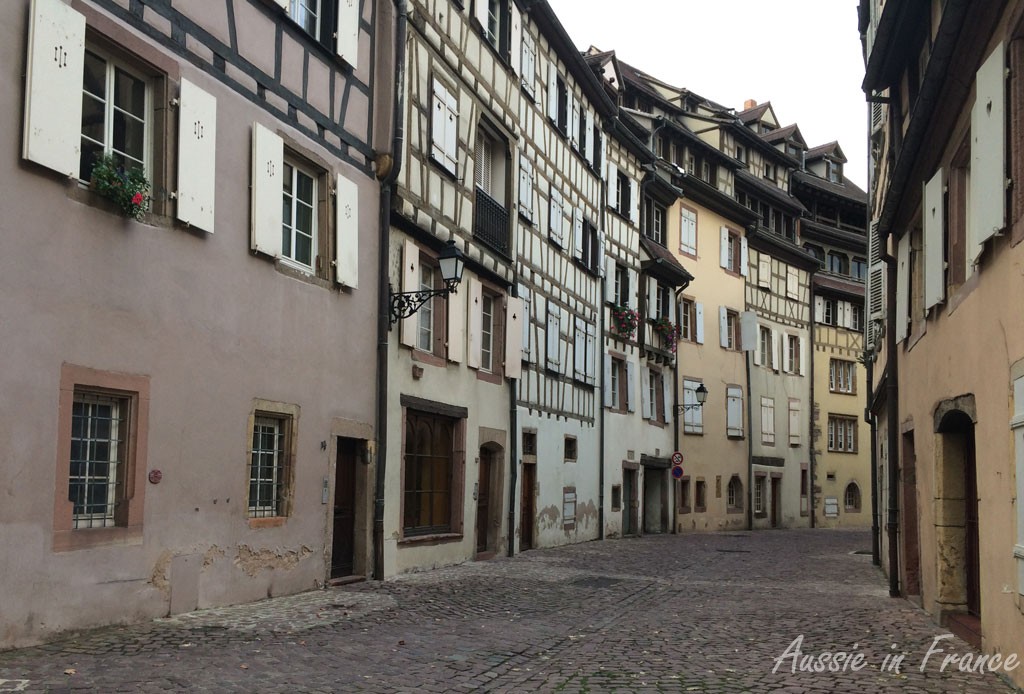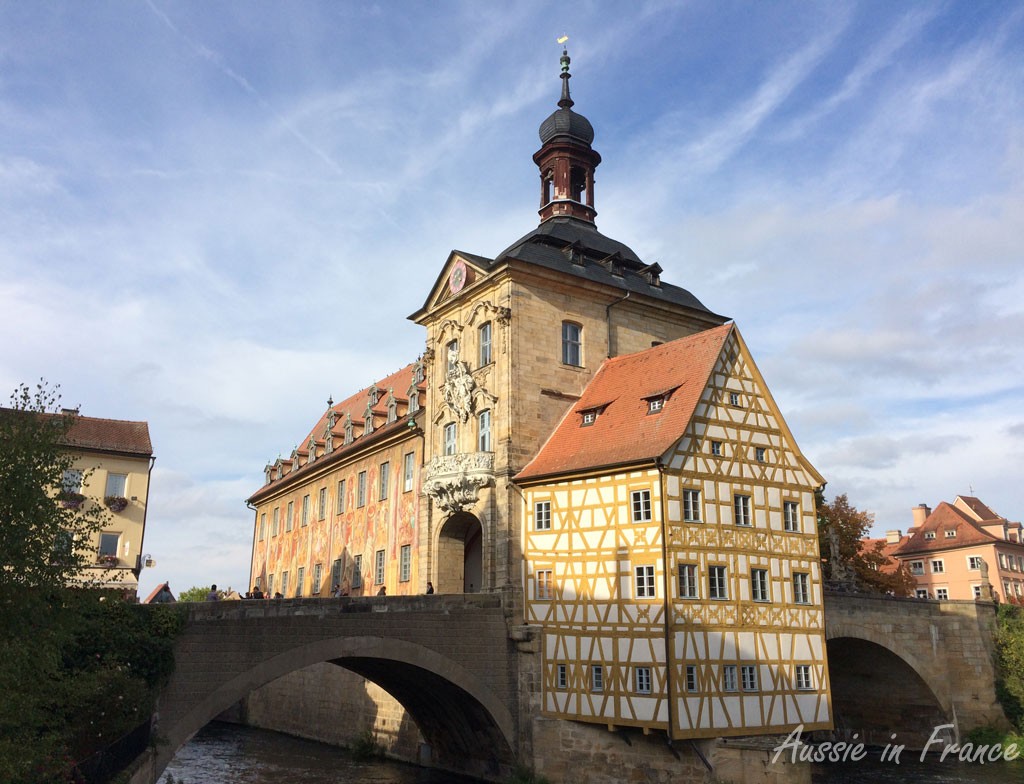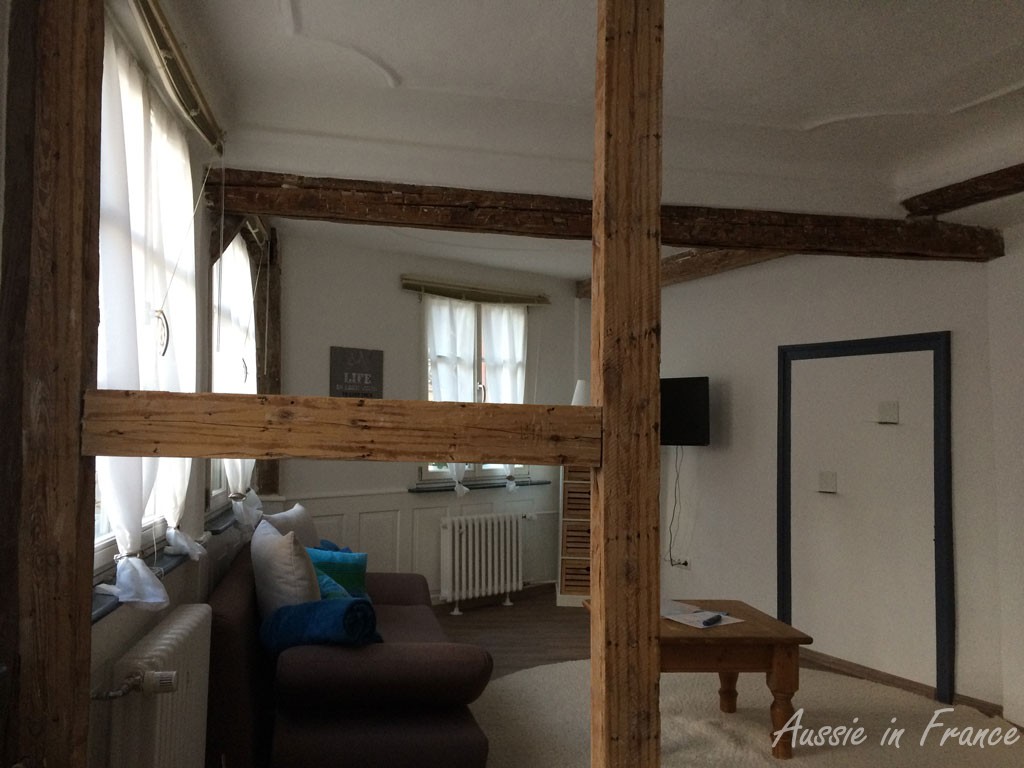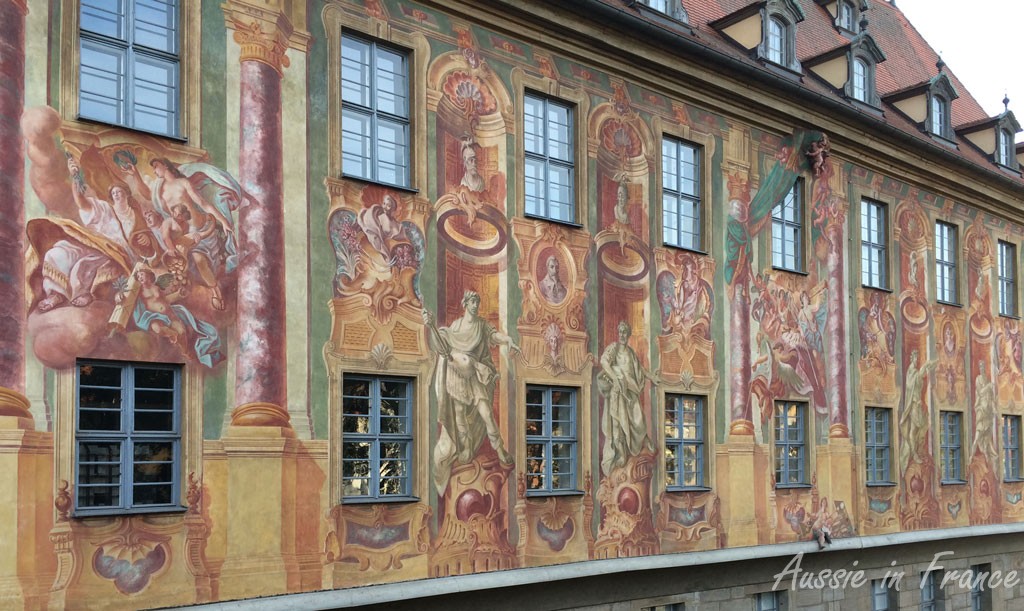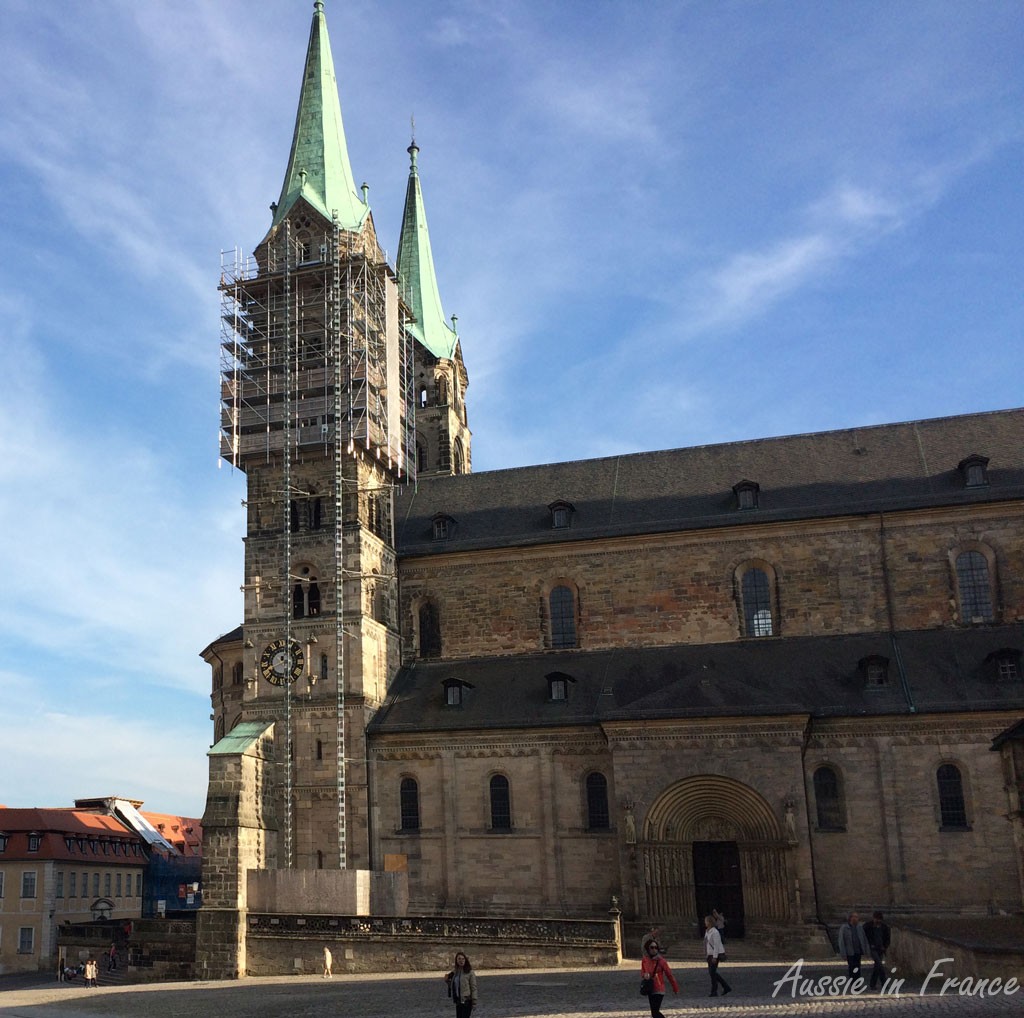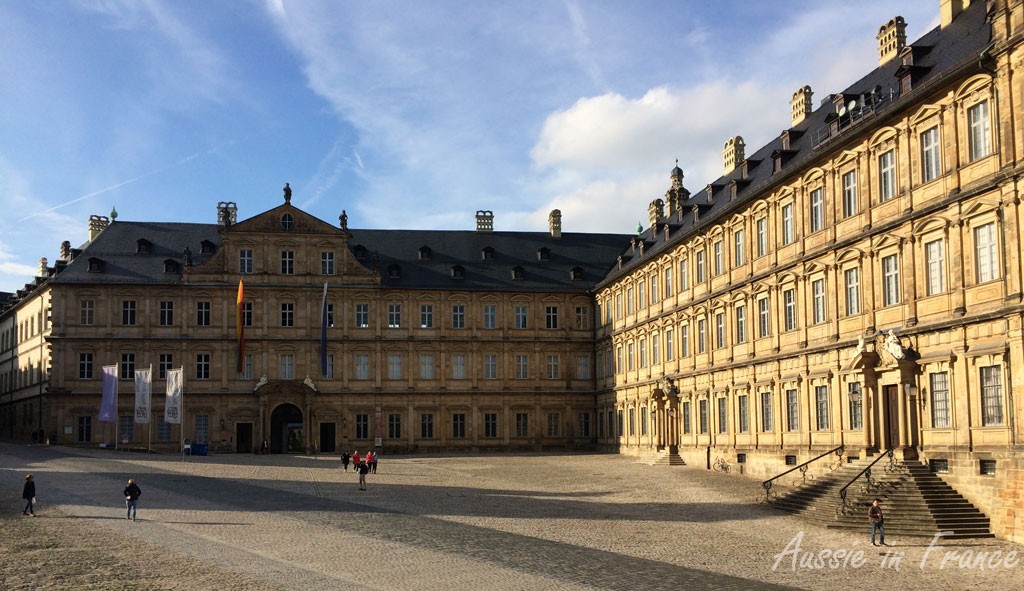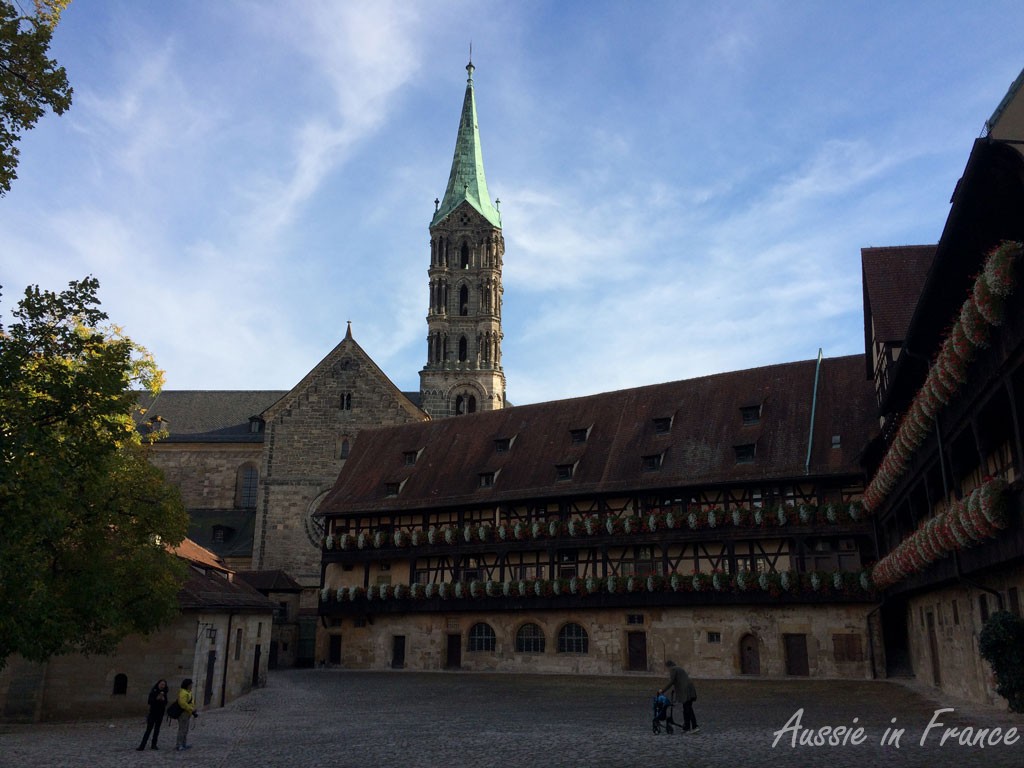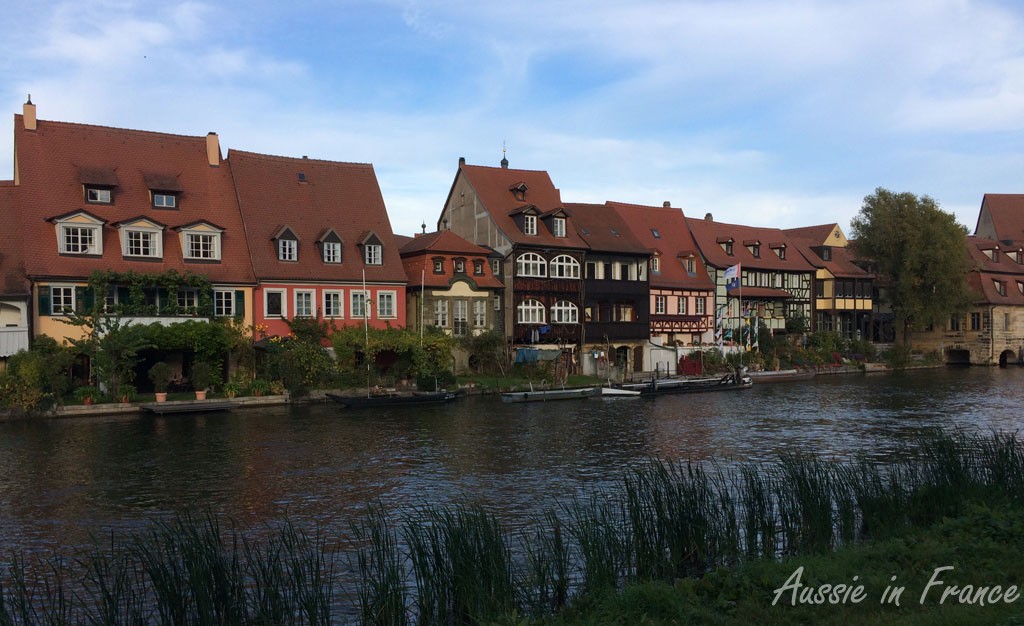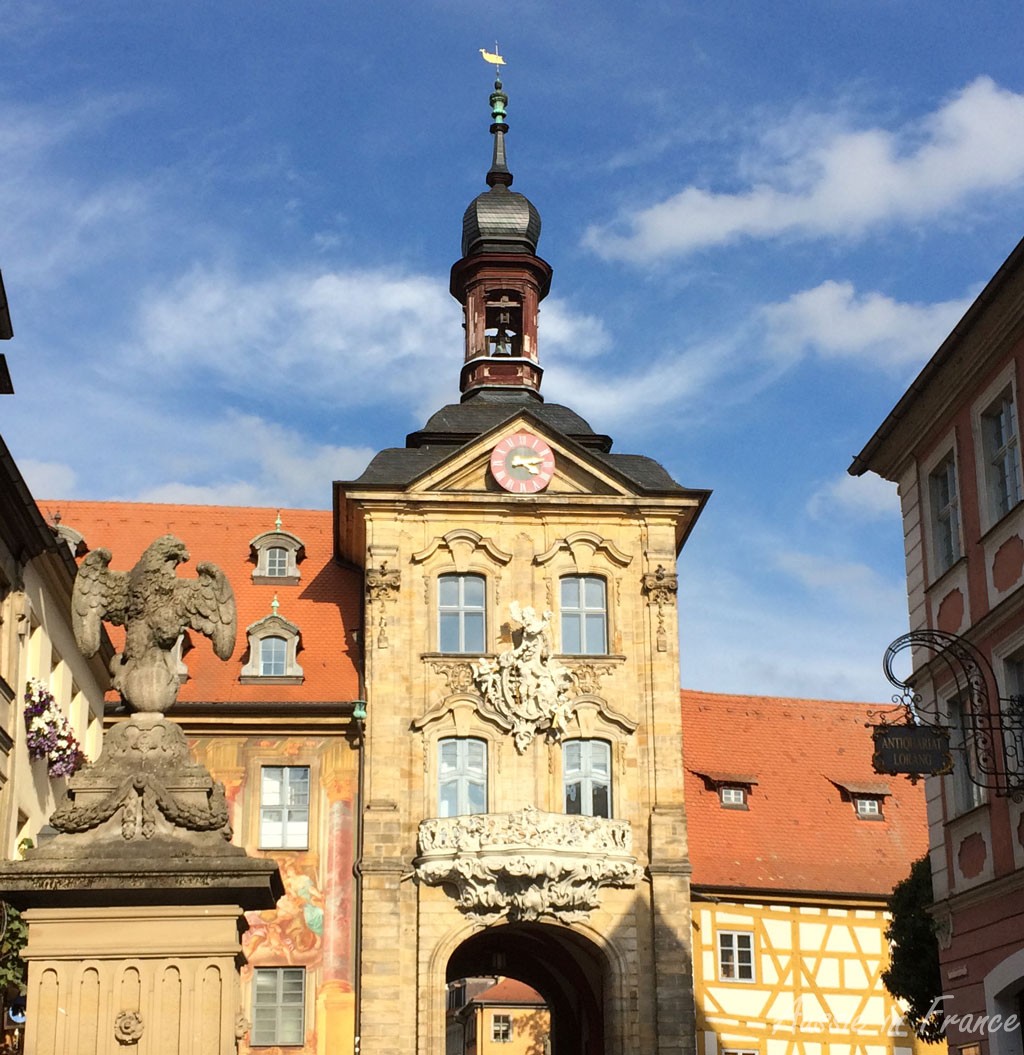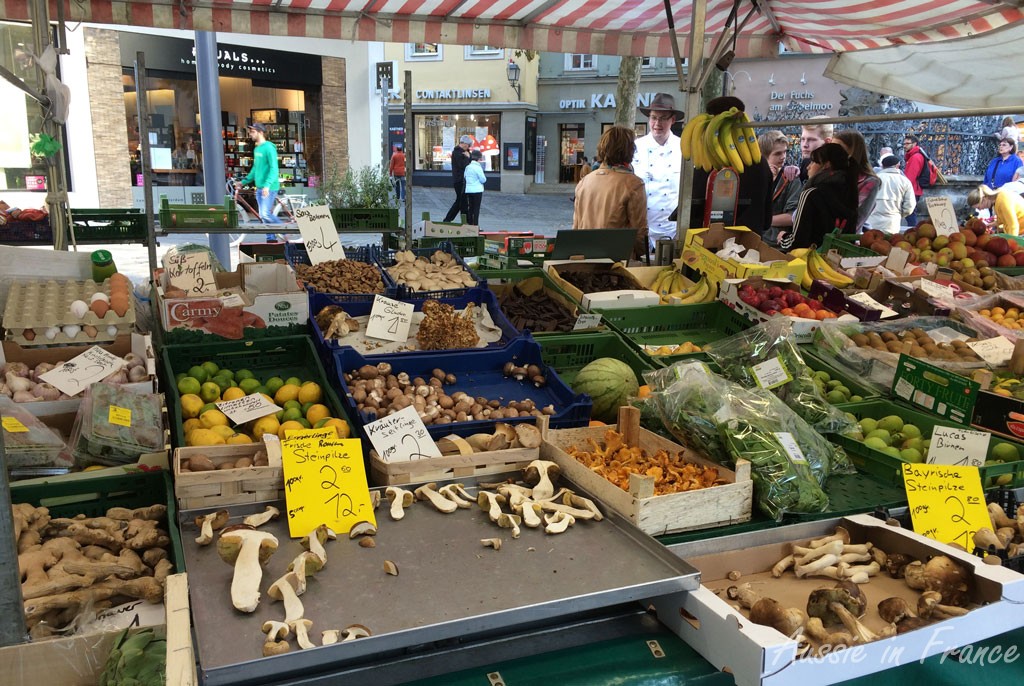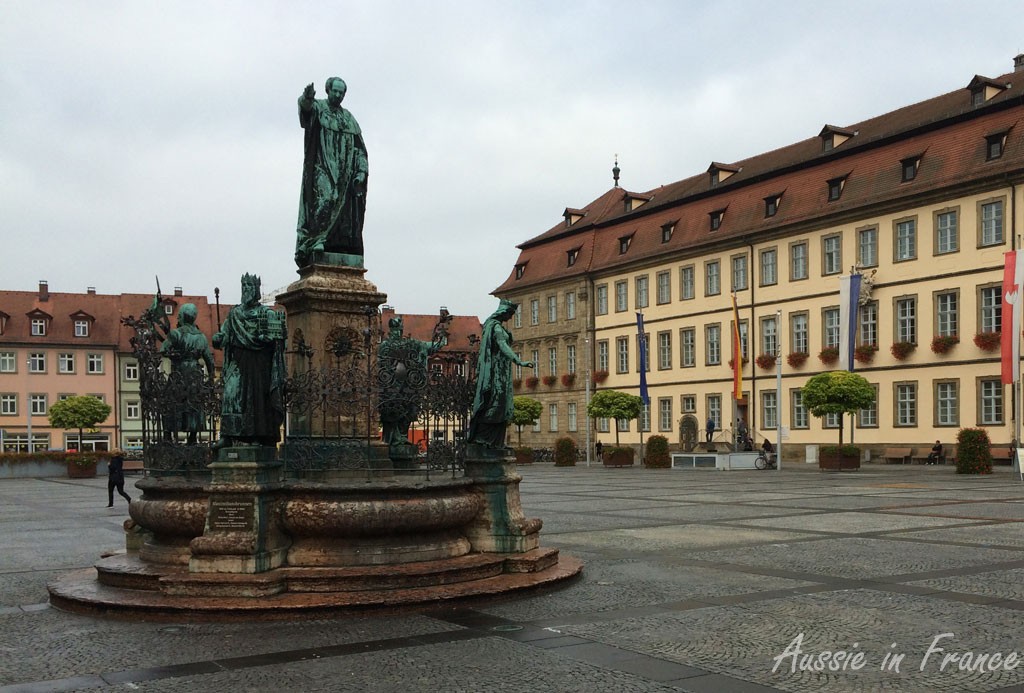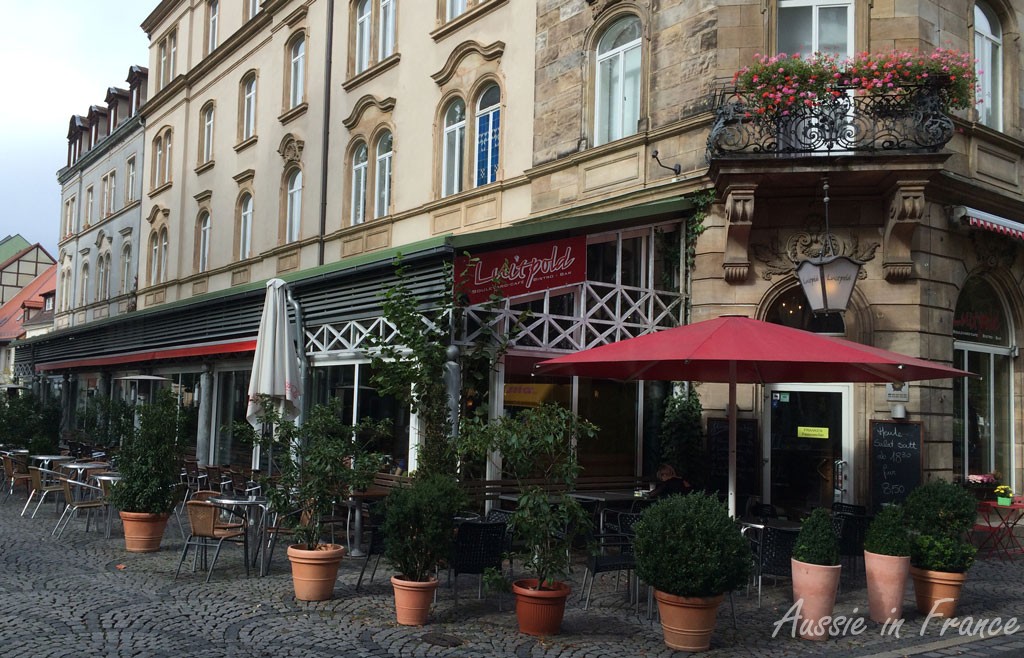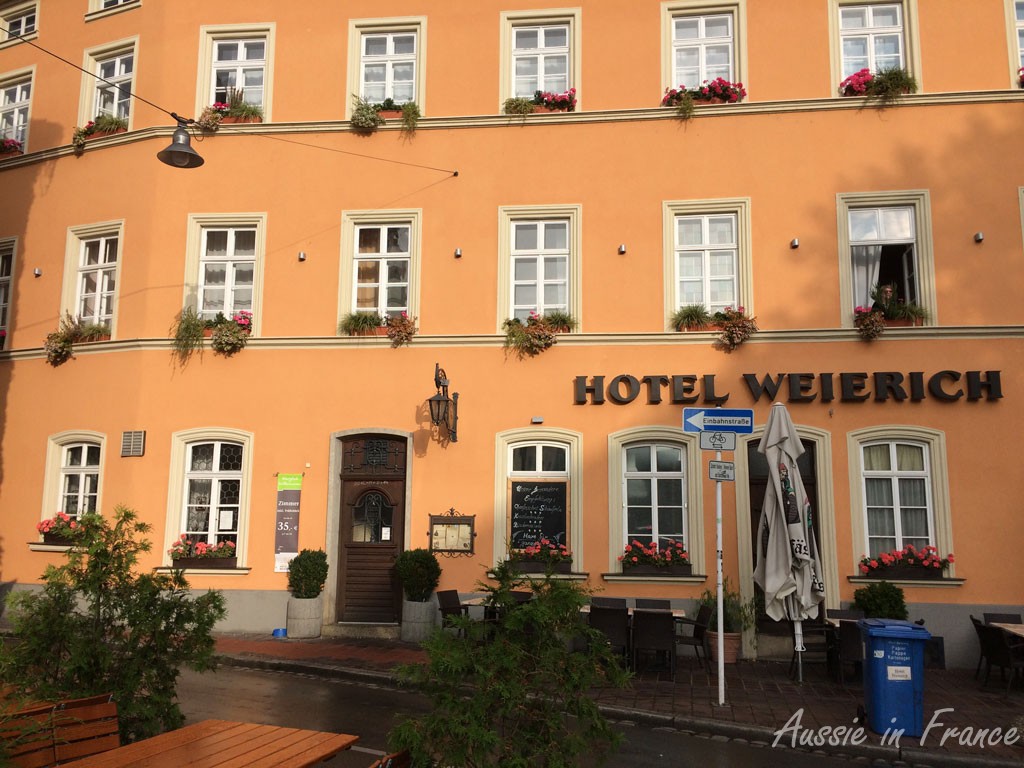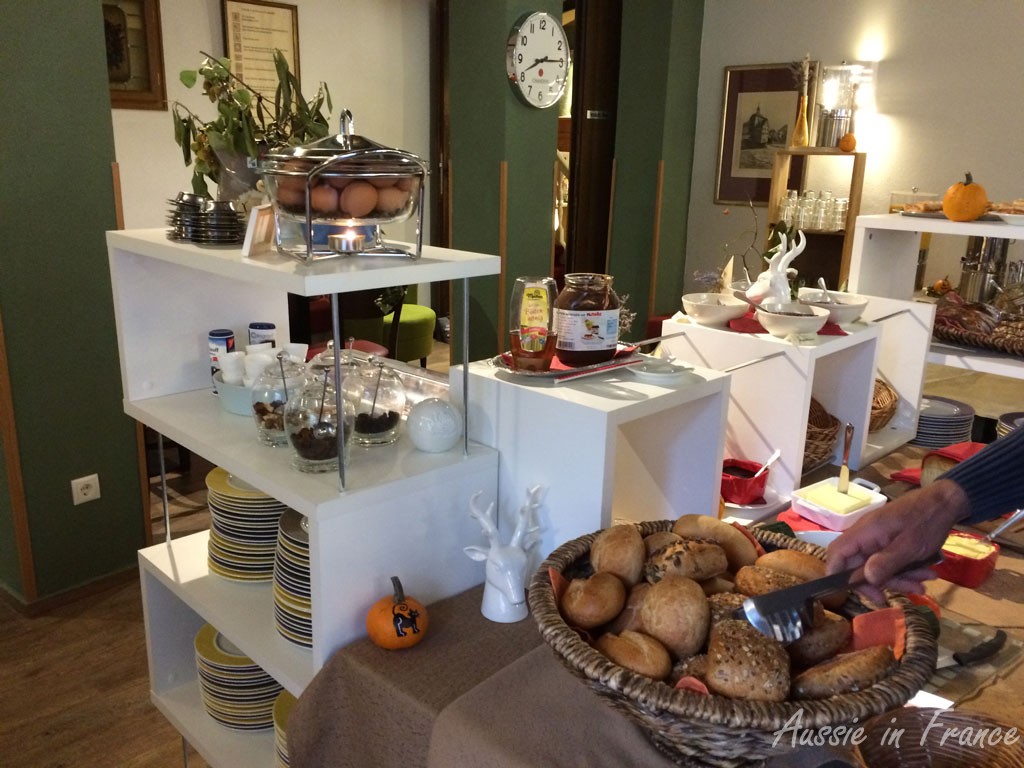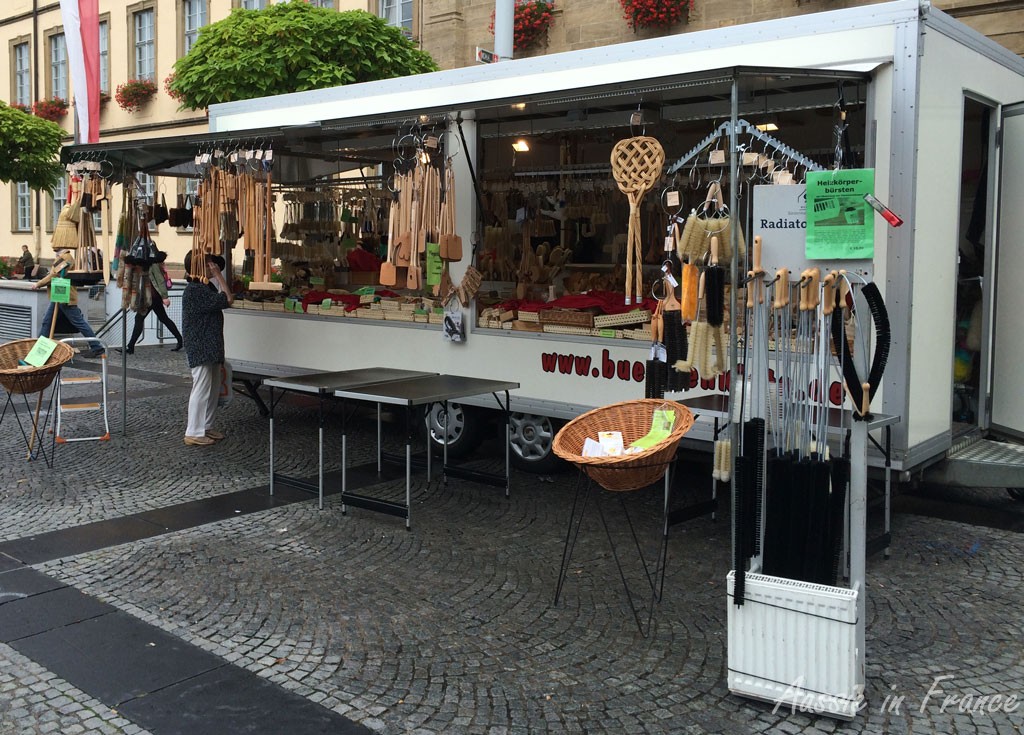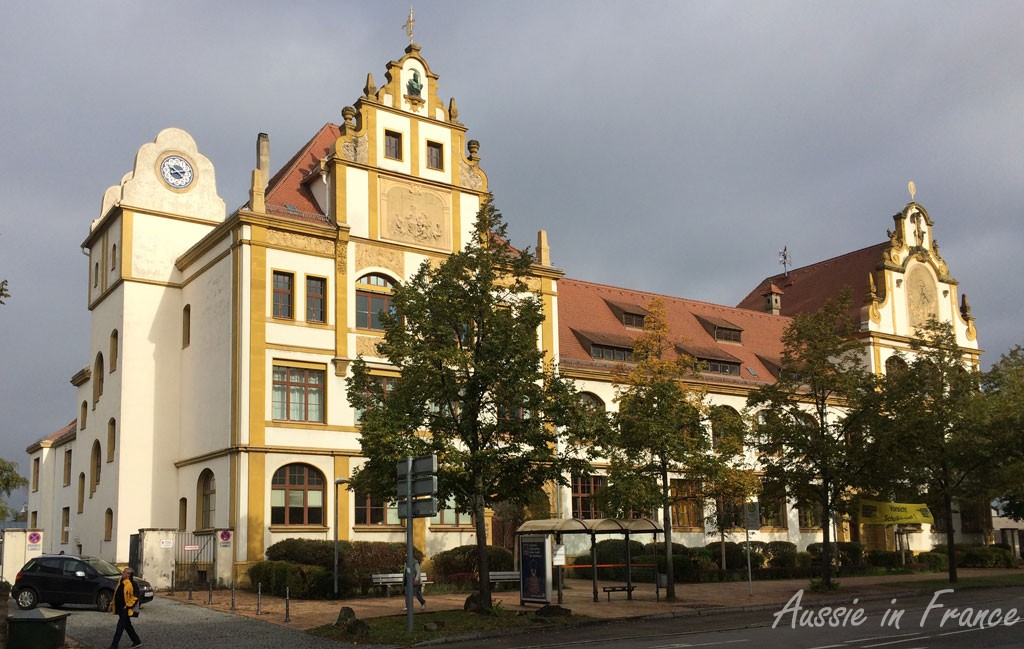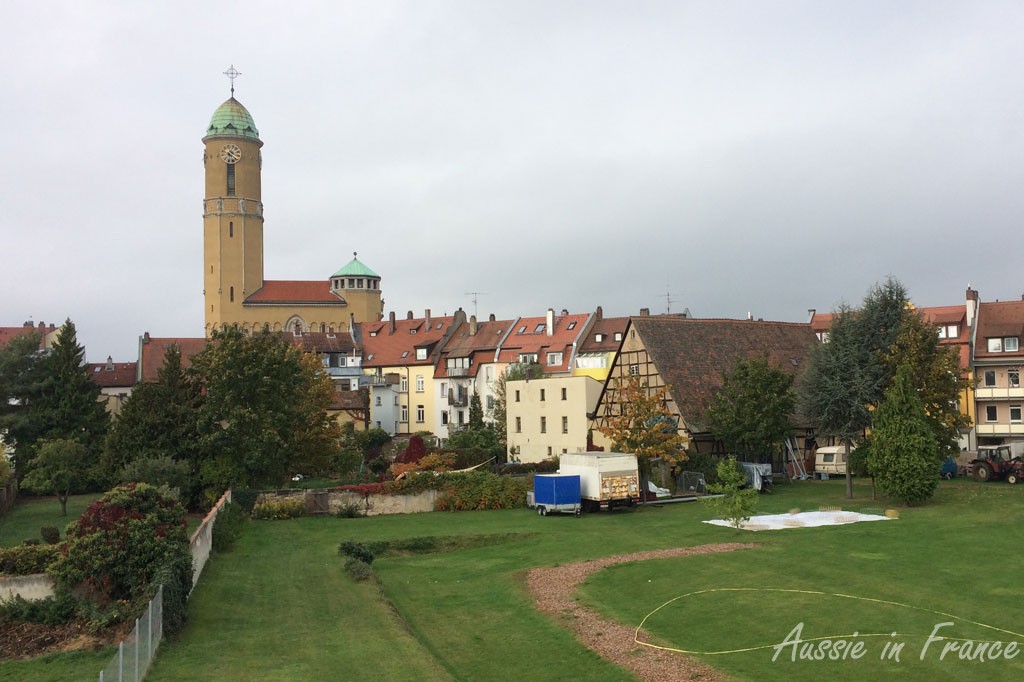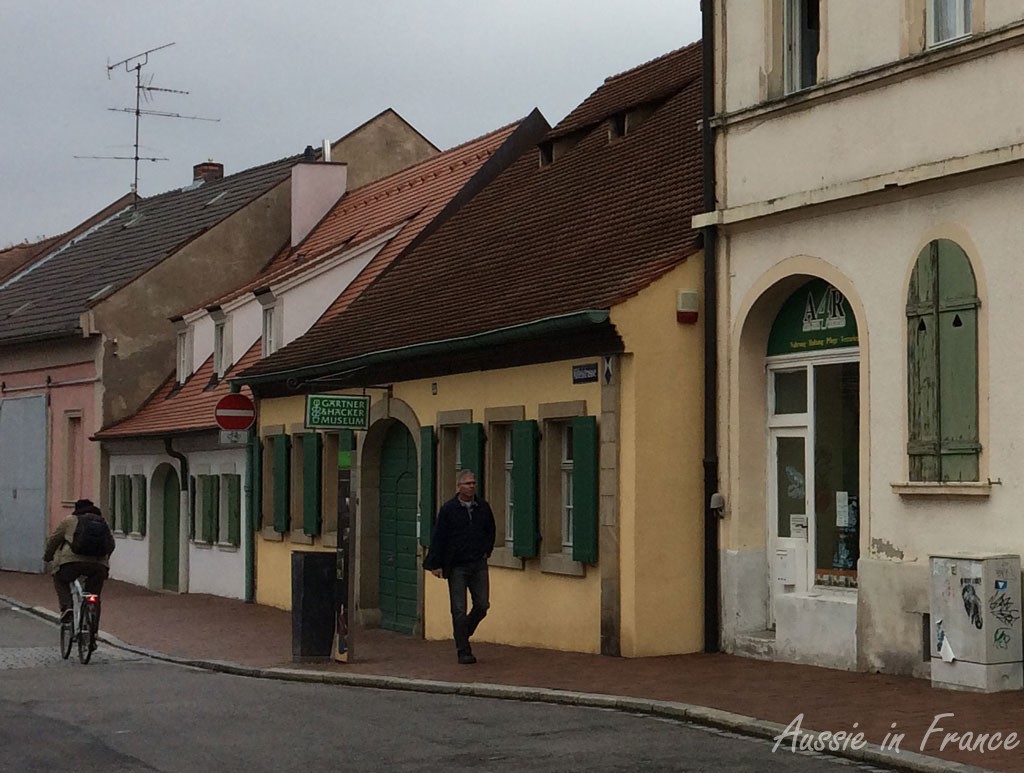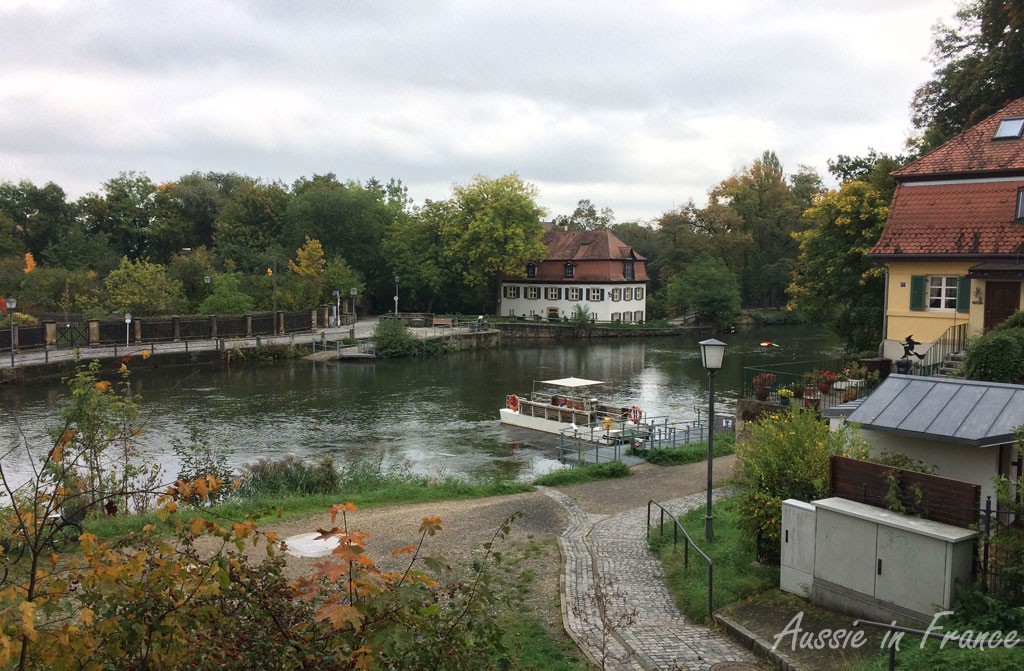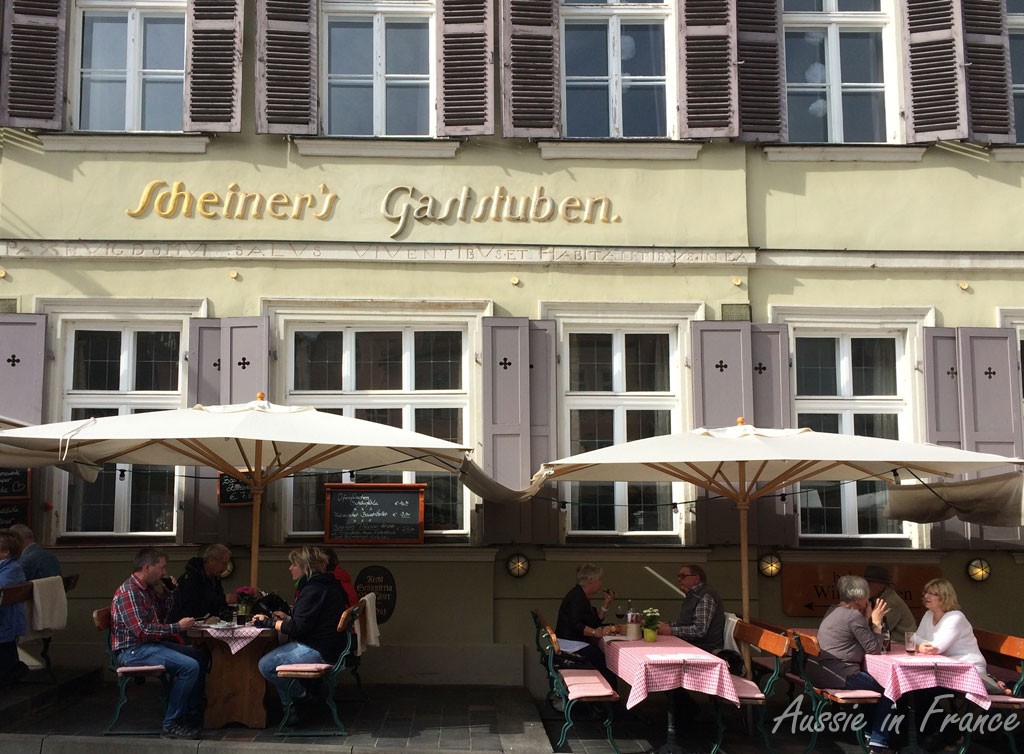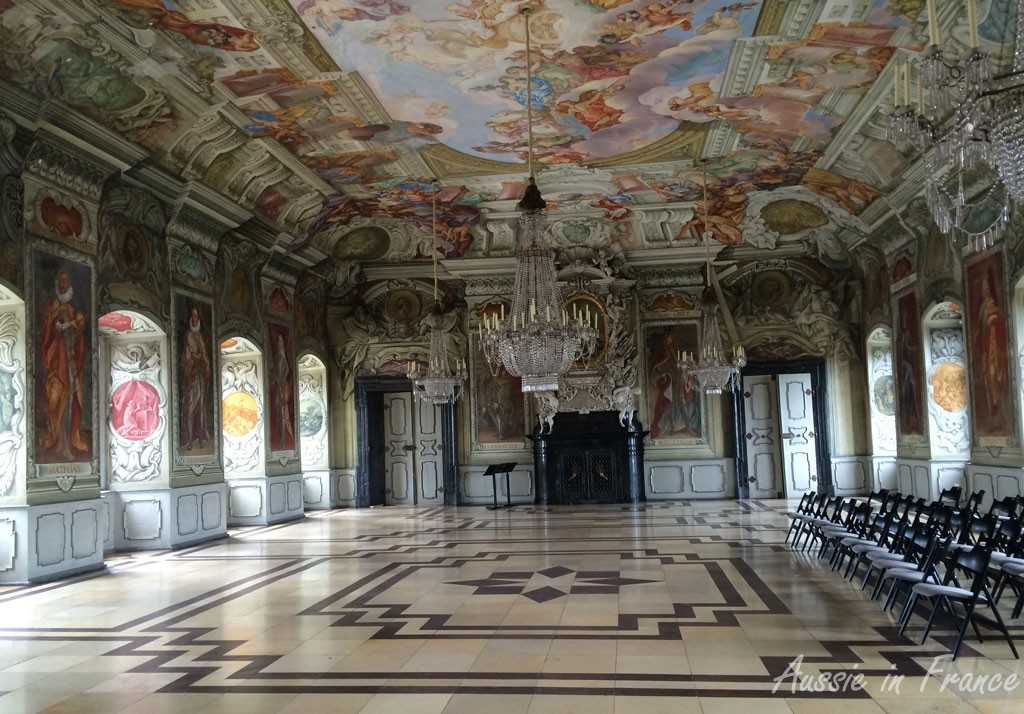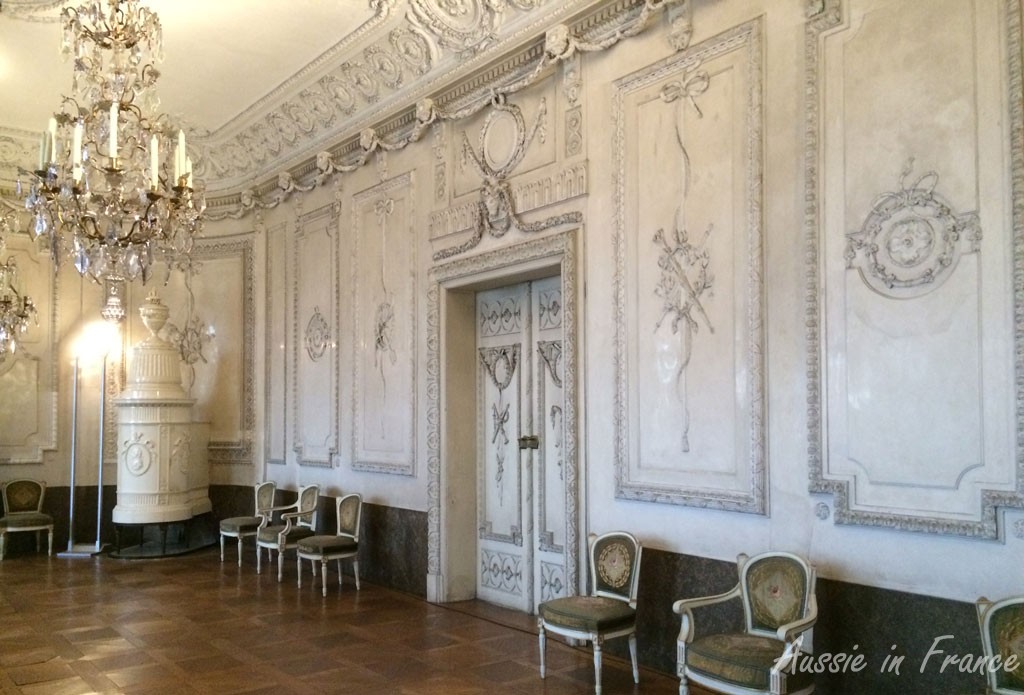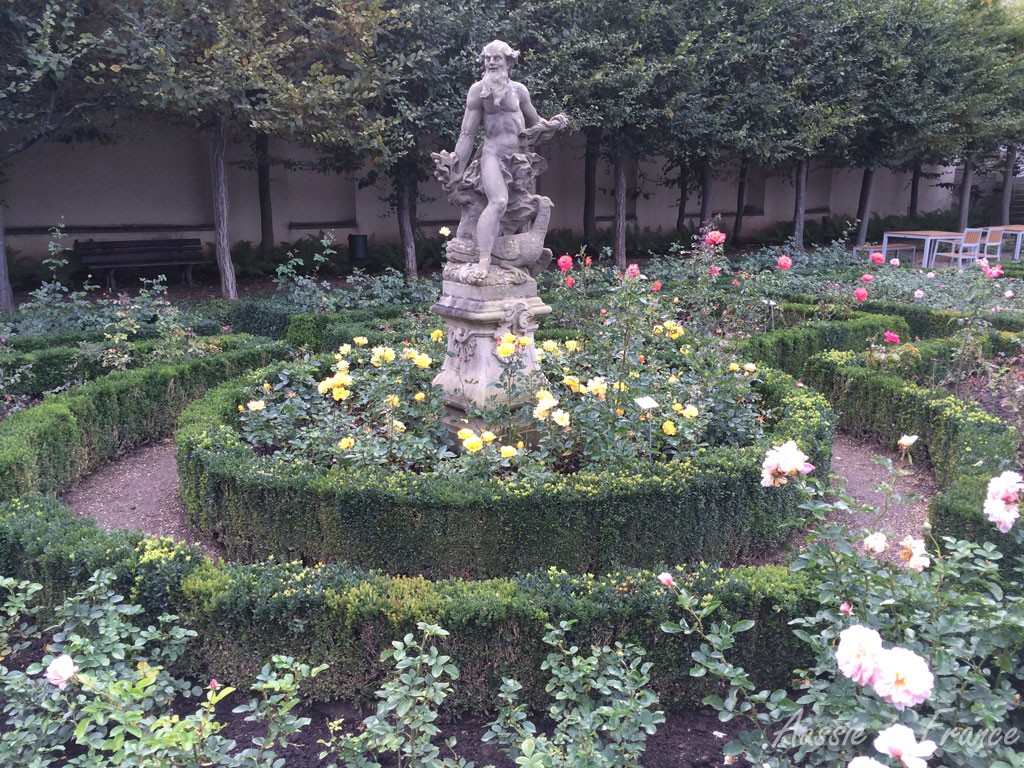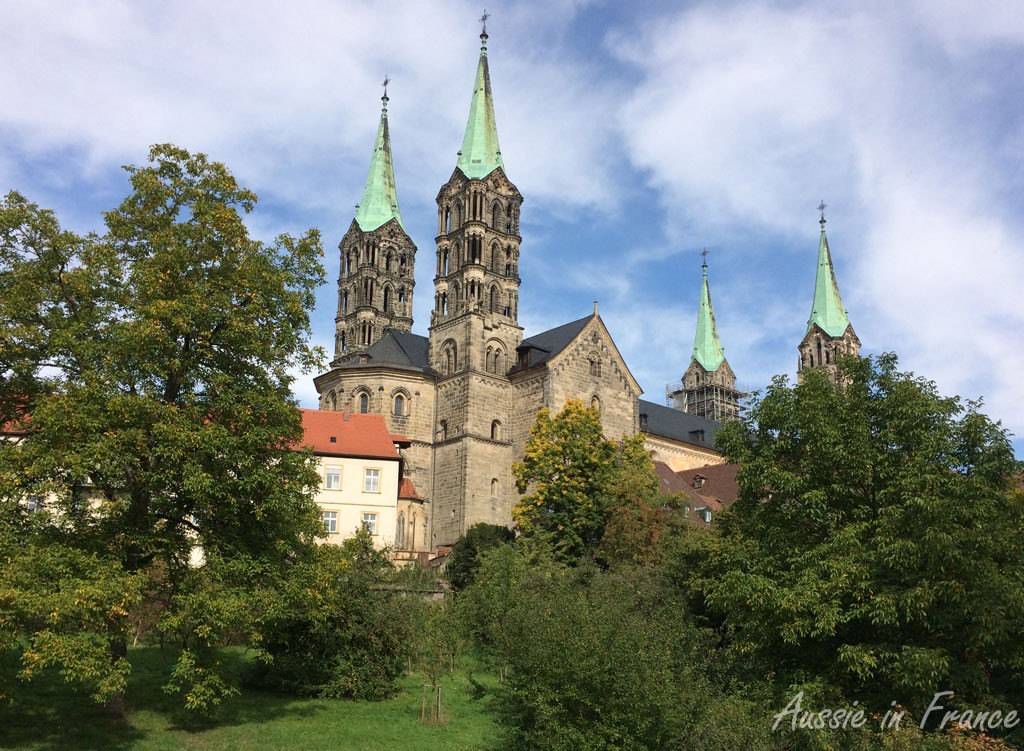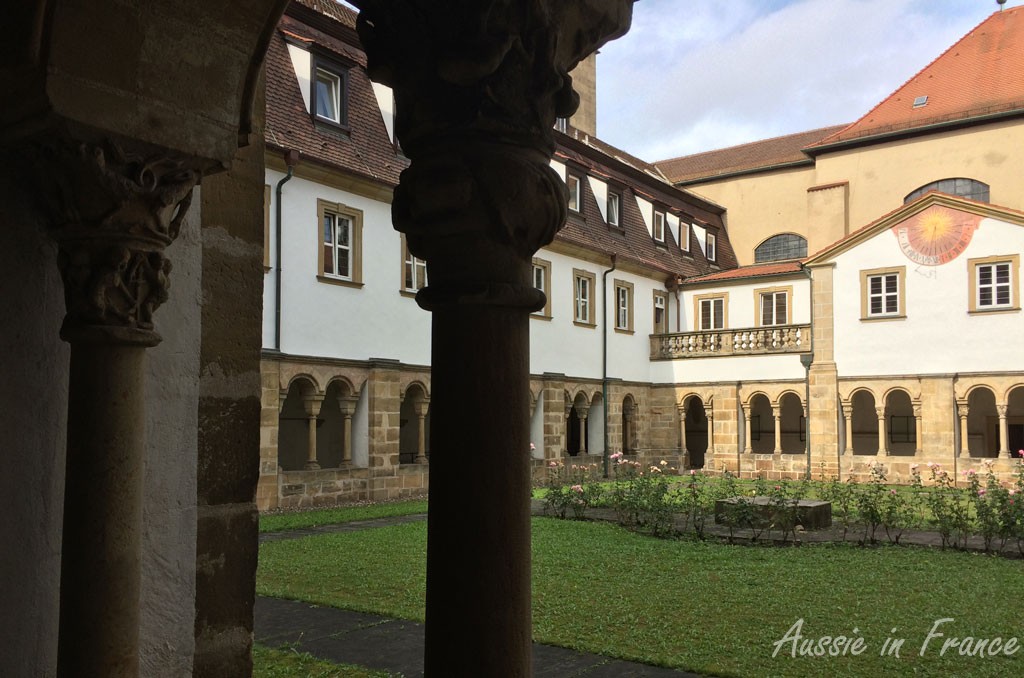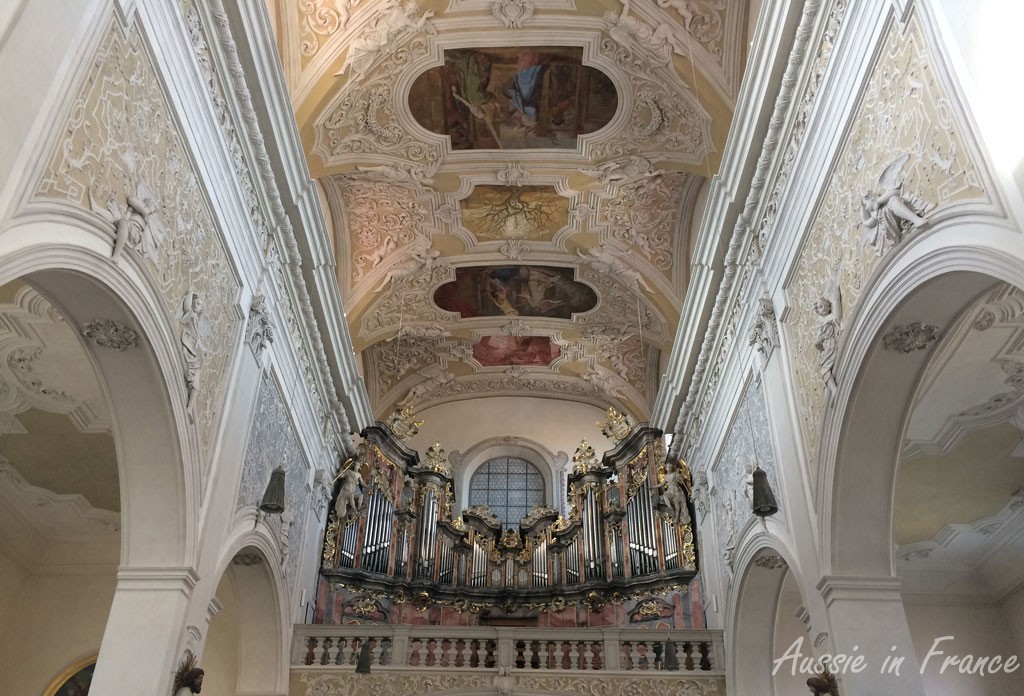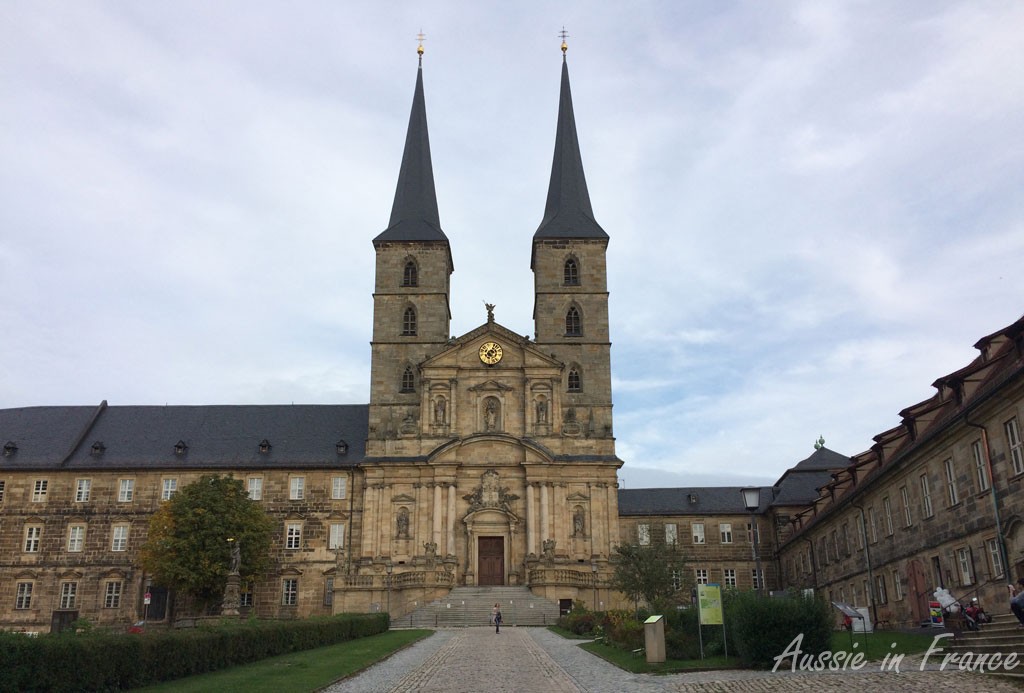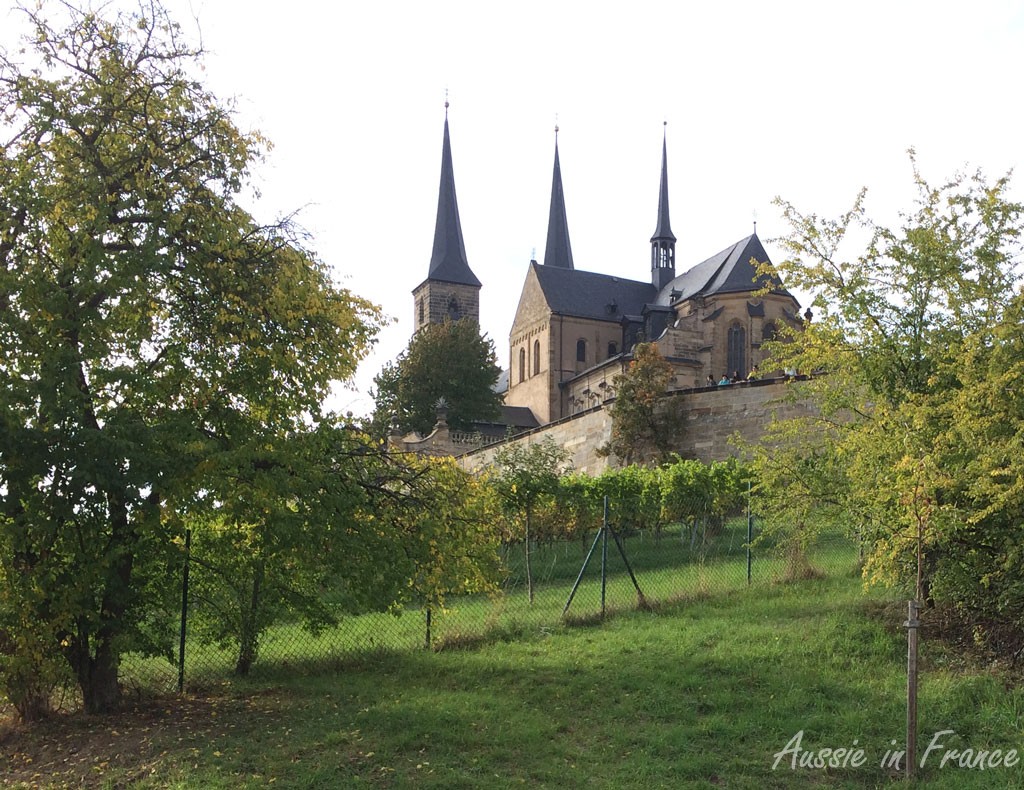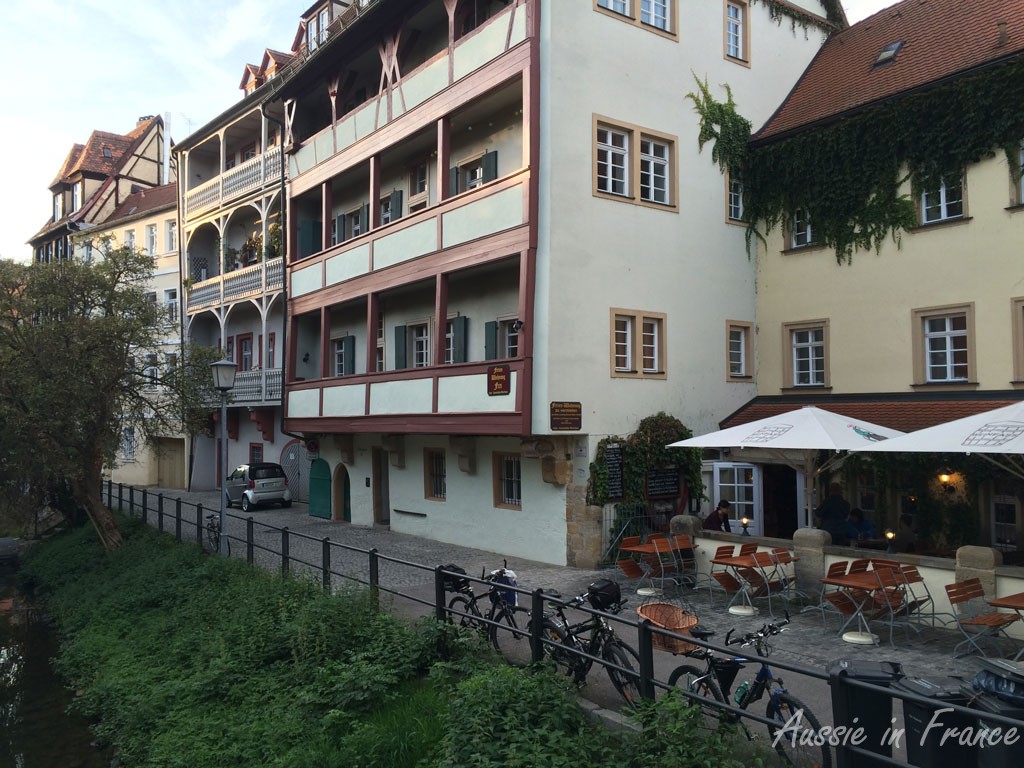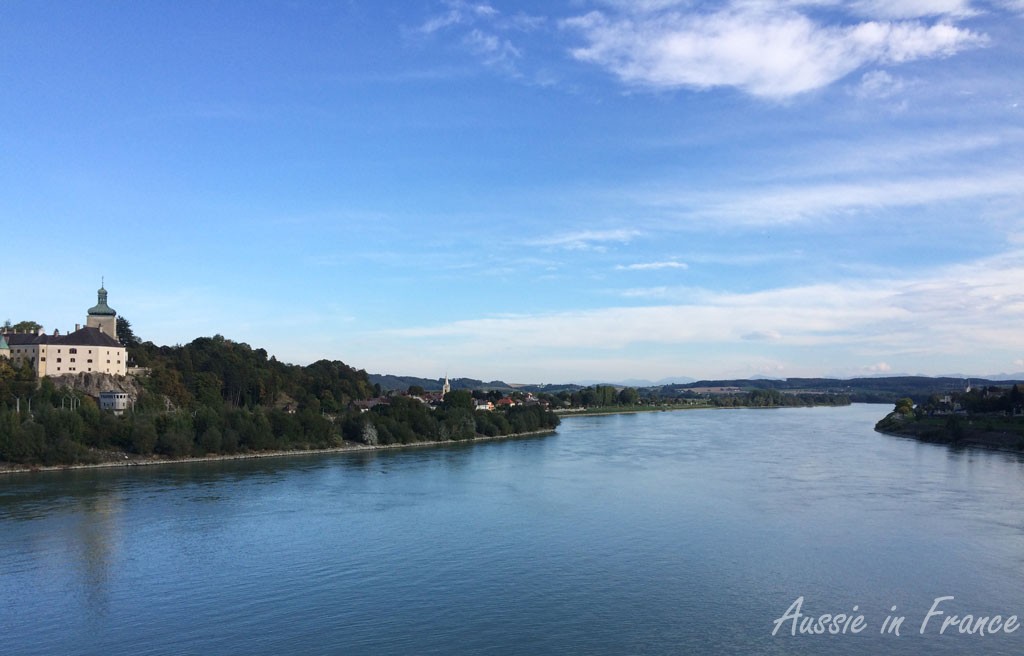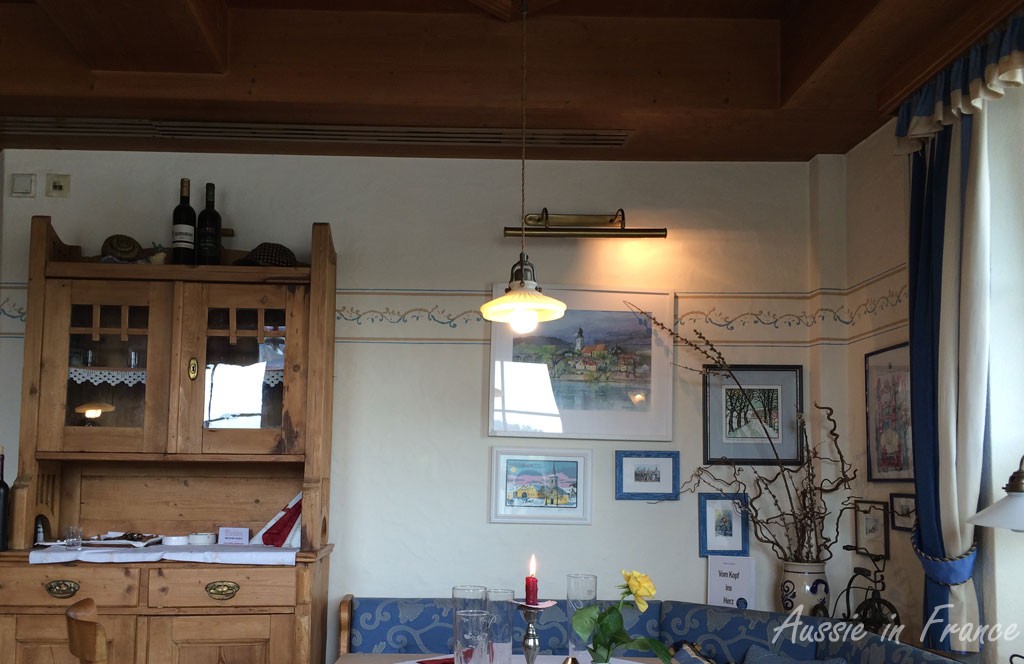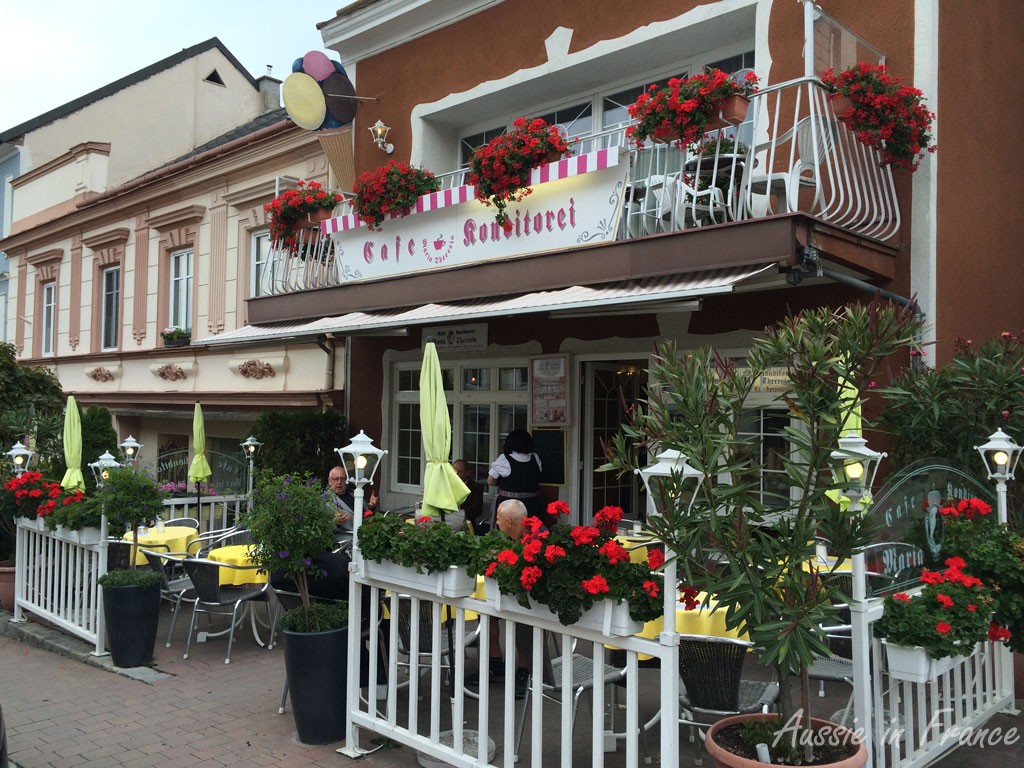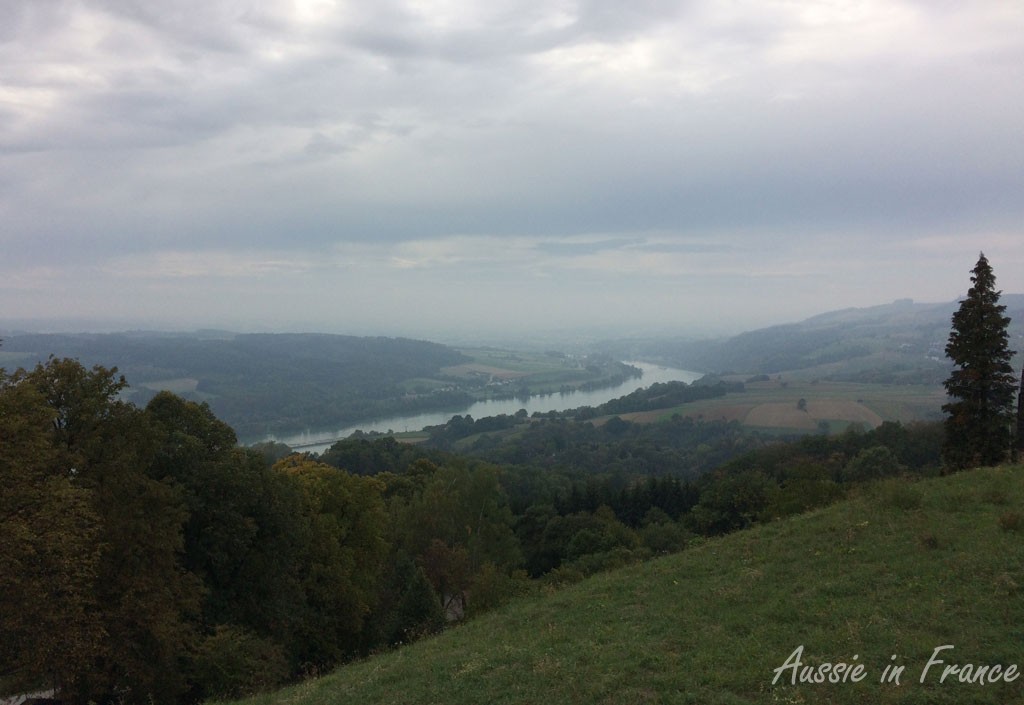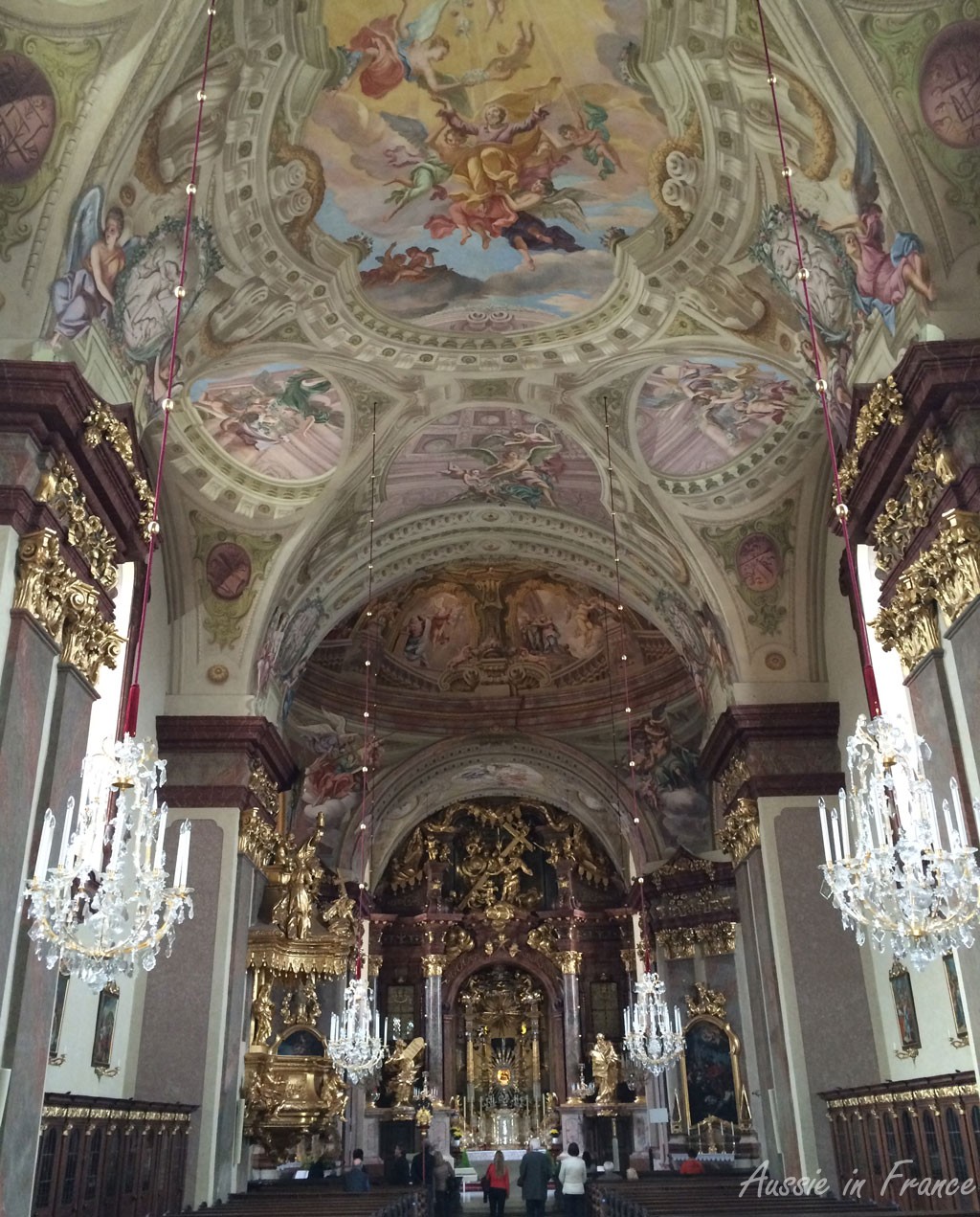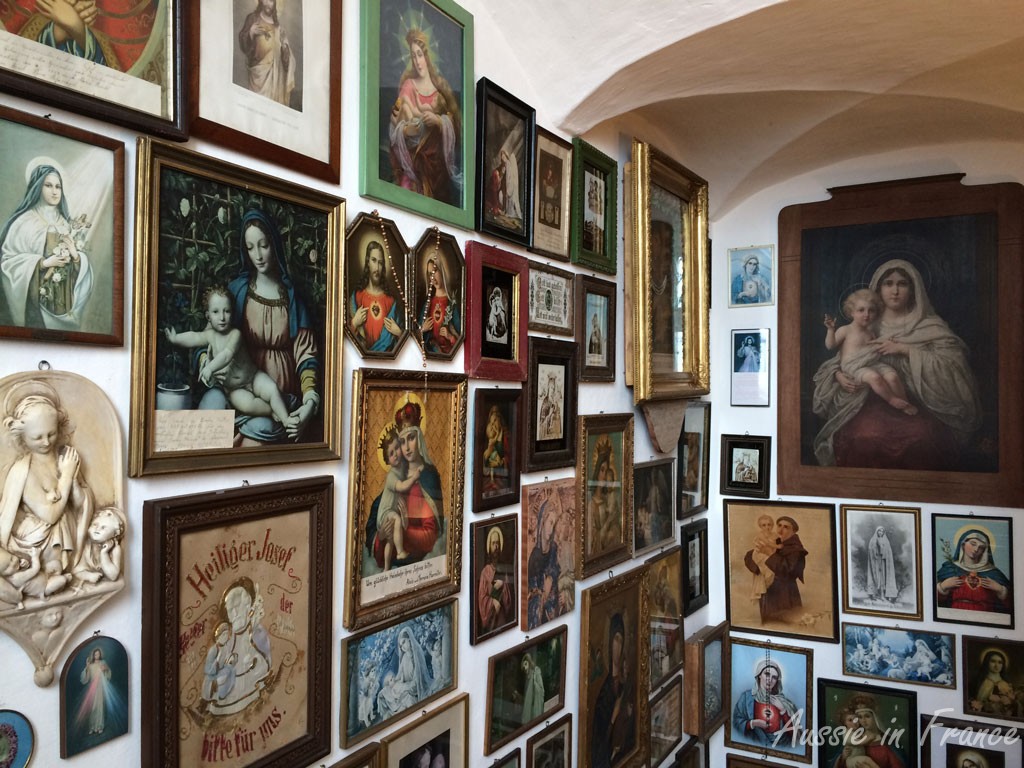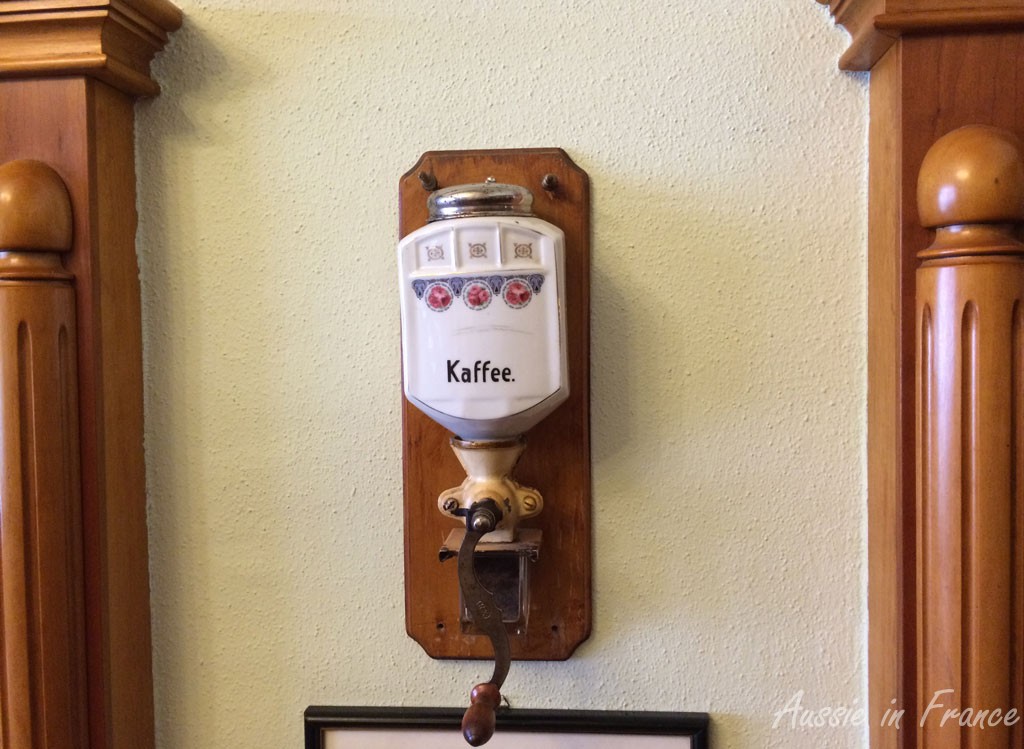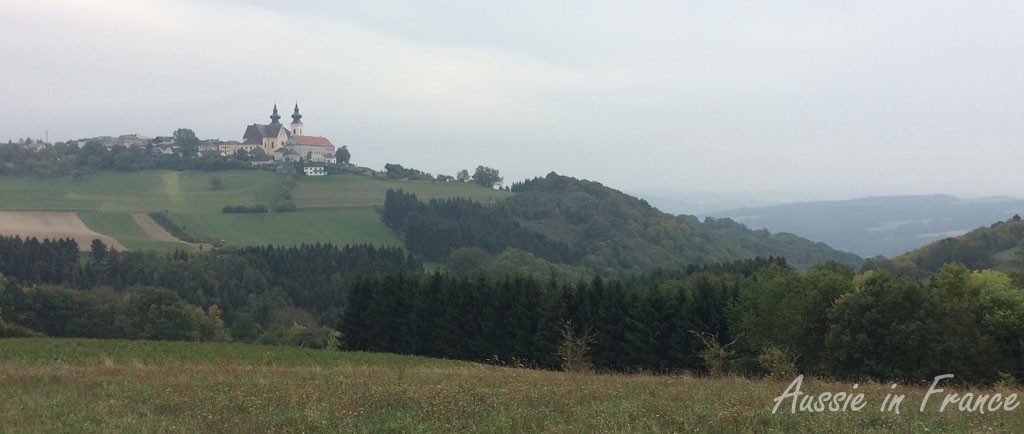We’ve been planning to go to the Independent Wine Growers’ Fair in Paris for some time. During our two-day stay, I’ve lined up three routine medical appointments and organised to see two lots of friends. We decide not to let the terrible attacks on 13th November dissuade us from going. You may wonder why I am seeing doctors in Paris when I live in Blois but it’s hard to change medical pratitioners you’ve been seeing for twenty years or more …
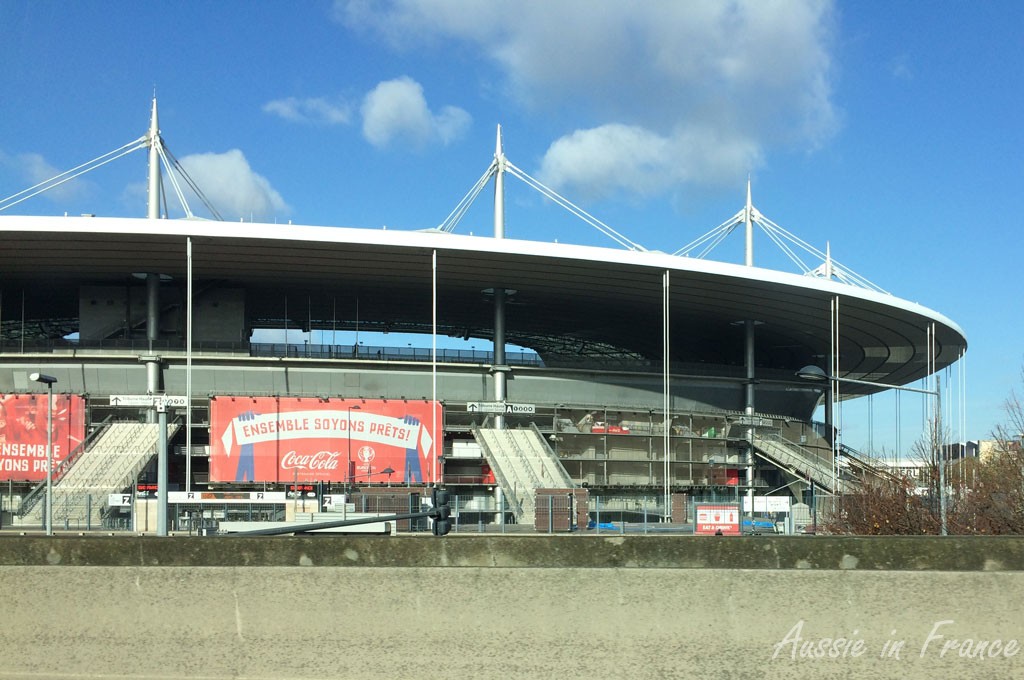
We leave home at 8 am on Thursday on a clear, bright day and arrive in Fontenay sous Bois where we used to live many moons ago with 20 minutes to spare for the first appointment at 11.15 am. From there we go across to the other side of Paris, past the Stade de France, which was the scene of one of the attacks. The sun’s out and it’s hard to imagine that is was the site of such devastation.
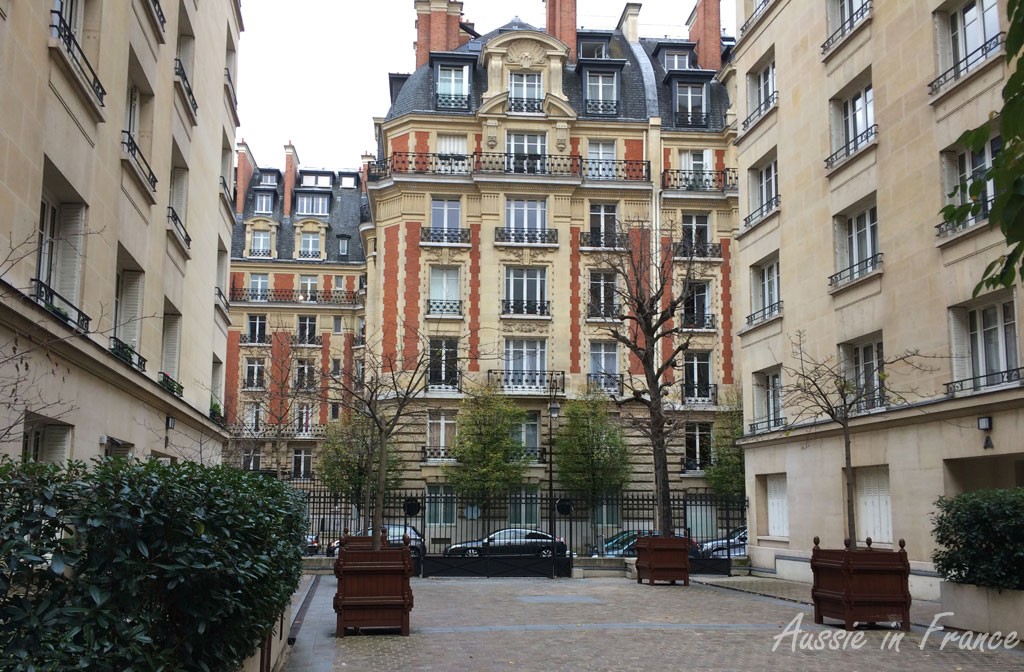
In Neuilly, we visit our good friends Maryse and Claude who have invited us for a delicious lunch. We talk about the attacks but then move resolutely onto other subjects. I keep my eye on the clock because our next appointment is at 3.30 pm in the 16th arrondissement where I have a dermatologist who knows all about sunspots and skin cancer. This is important if you are an Australian as so many of us were exposed to the tropical sun as children without receiving adequate protection. I am reassured that I don’t have a sunspot just a solar keratosis. Dr Jeanmougin burns it off with dry ice.
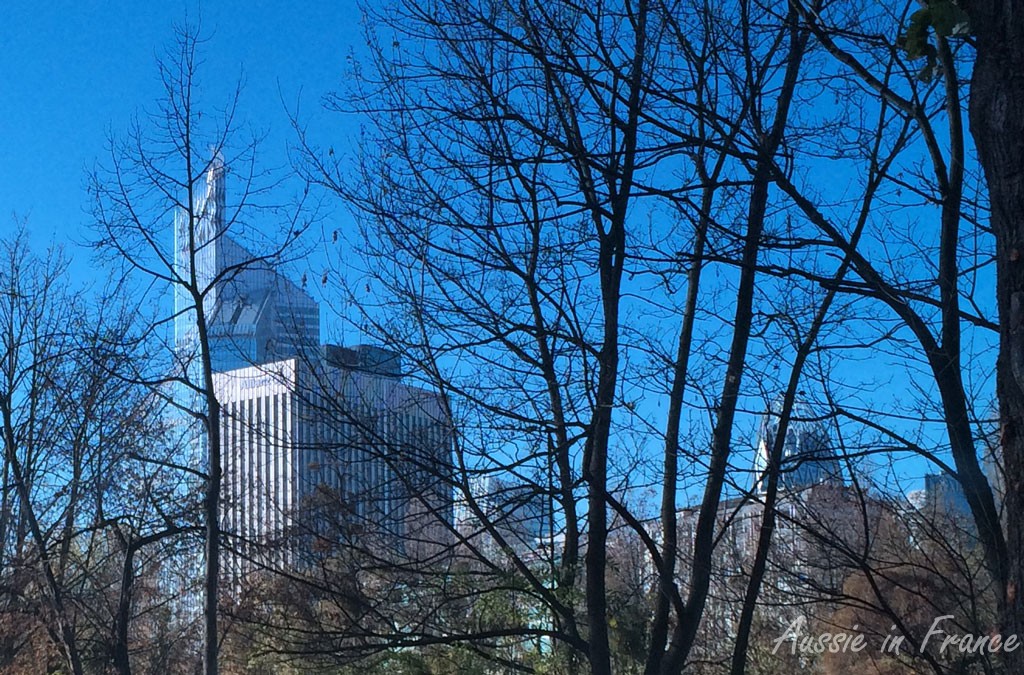
We then head for the outlet stores in the north of Paris where I want to buy some Blanc des Vosges sheets. The underground parking lot is closed and we wonder whether the stores are open. Yes, they are, so we park in front of the complex. The security guys ask to look in my handbag but their check is only very cursory. There is practically no one in the huge shopping centre. We find the sheets and a woollen blanket which has become a very rare item (everyone uses duvets these days) but are sad to discover that the Sym boutique where I have bought practically all my trousers for the last 20 years has closed.
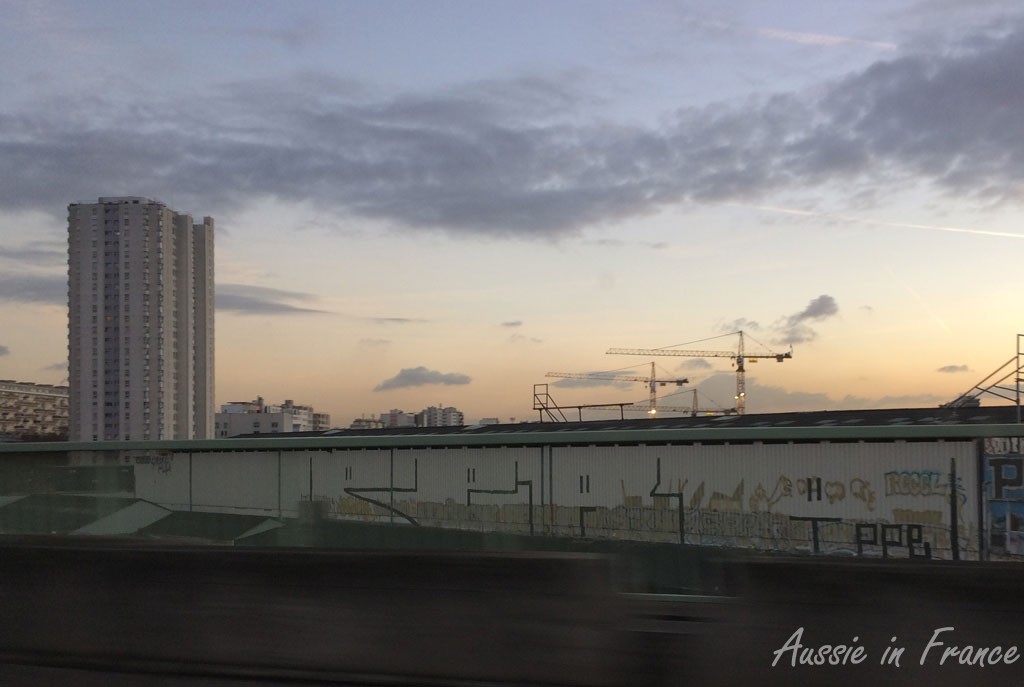
Next stop is Vincennes where we are having dinner in a Thai restaurant with our friend Anne. I order some delicious little chicken parcels followed by Peking duck (which is probably not very Thai I have to admit). After two forkfuls, my mouth is on fire. It turns out I’ve eaten a tiny chili. Not even in India did I taste food this spicy. The staff rushes over to see what’s happening to me. After downing a bottle of water the pain starts to subside. The rest of the duck is not spicy at all!
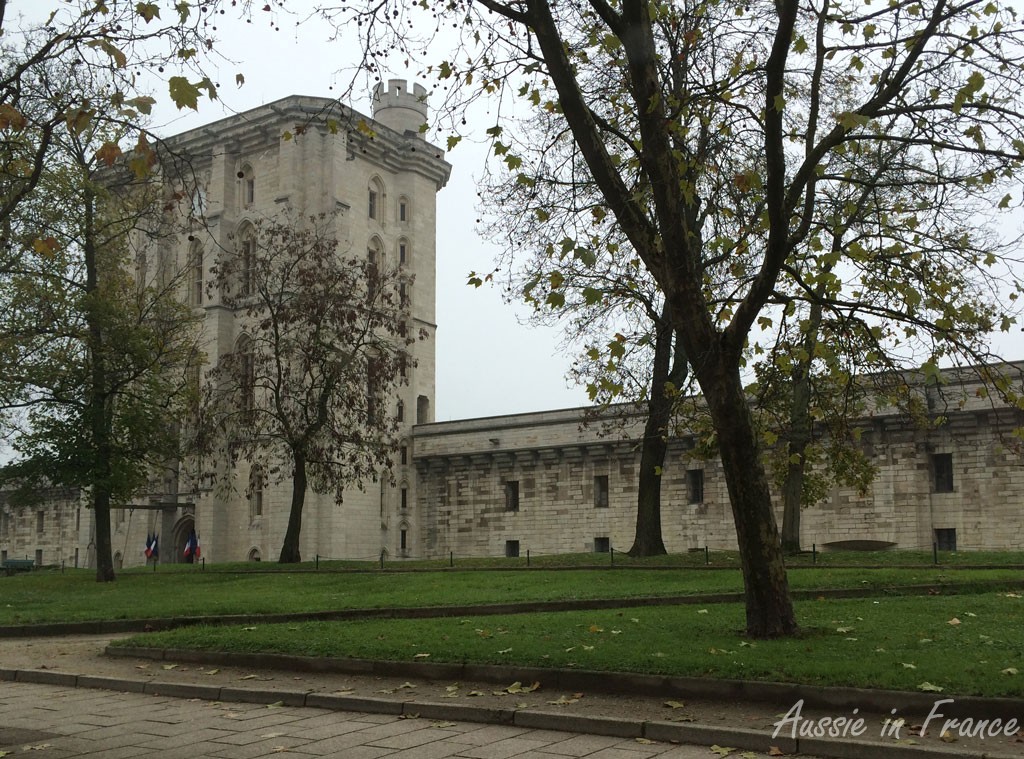
We finally reach our hotel on avenue Daumesnil in the 20th arrondissement at nearly 11 pm. I chose it on booking.com by asking for a 3-star hotel with a rating of at least 8/10 for less than 100 euros. I didn’t have a very big choice … The man at reception is very friendly. The room is minute, with a double bed, a single bed, a small wardrobe, a bedside table, a mini-bar that doubles as a second bedside table, a table and chair with an electric jug, 3 cups, several sachets of coffee and tea, and a luggage stand. You have to step over the end of the bed to get out on the window side. The bathroom has a shower bath, a toilet and wash basin. All very clean and functional. The bed and pillows are comfortable and there are good quality sheets. The only other negative point (apart from the size) is the metro which we can hear rumbling in the background. Fortunately it stops between 1.15 am and 5.30 am.
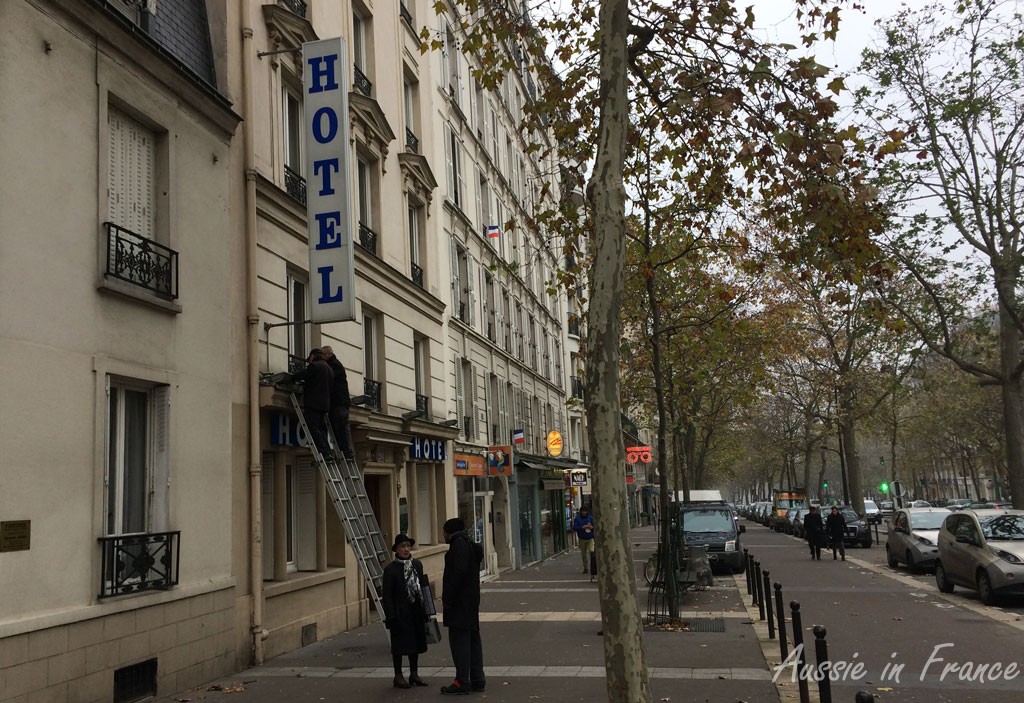
It’s next morning and we’re down at reception by about 9.30 am. The man at the desk greets us in English to my surprise. Jean Michel says he can speak to us in French. It must be the Australian hats. I ask him whether they have lost a lot of custom since 13th November and he tells me that it’s not the foreign tourists who have cancelled, but the French!
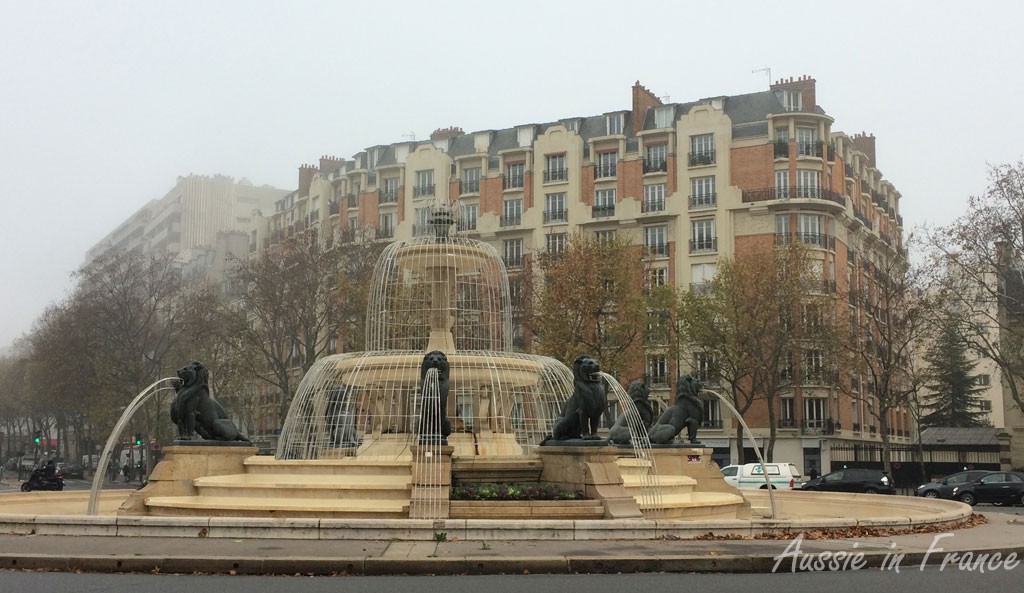
We put our overnight bags in the car which is parked just across the street and look for a likely place for breakfast. There is a thick fog. We see a brasserie next to a street market on Place Félix Eboué. It’s very busy but we’re told there are no croissants or even baguette left because of the market so we leave again. The moral of this is that you can’t count on croissants after 9 am …
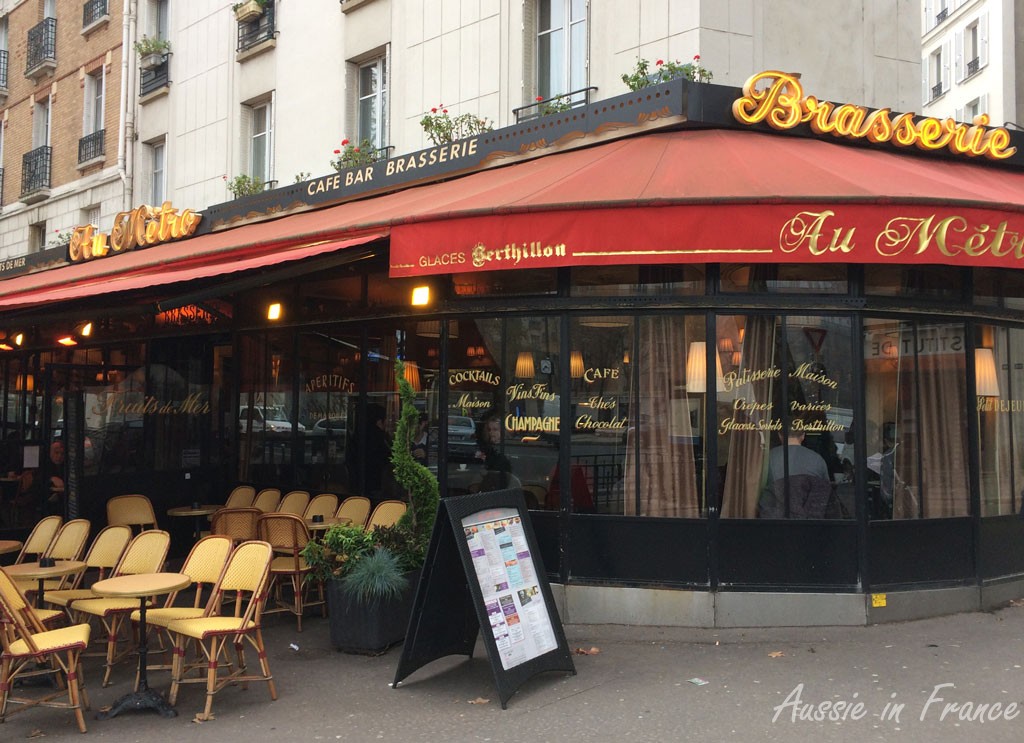
Fortunately we find a smaller place down the road run by some Asians who instantly go off to the nearby baker’s to buy us some croissants. They are excellent.
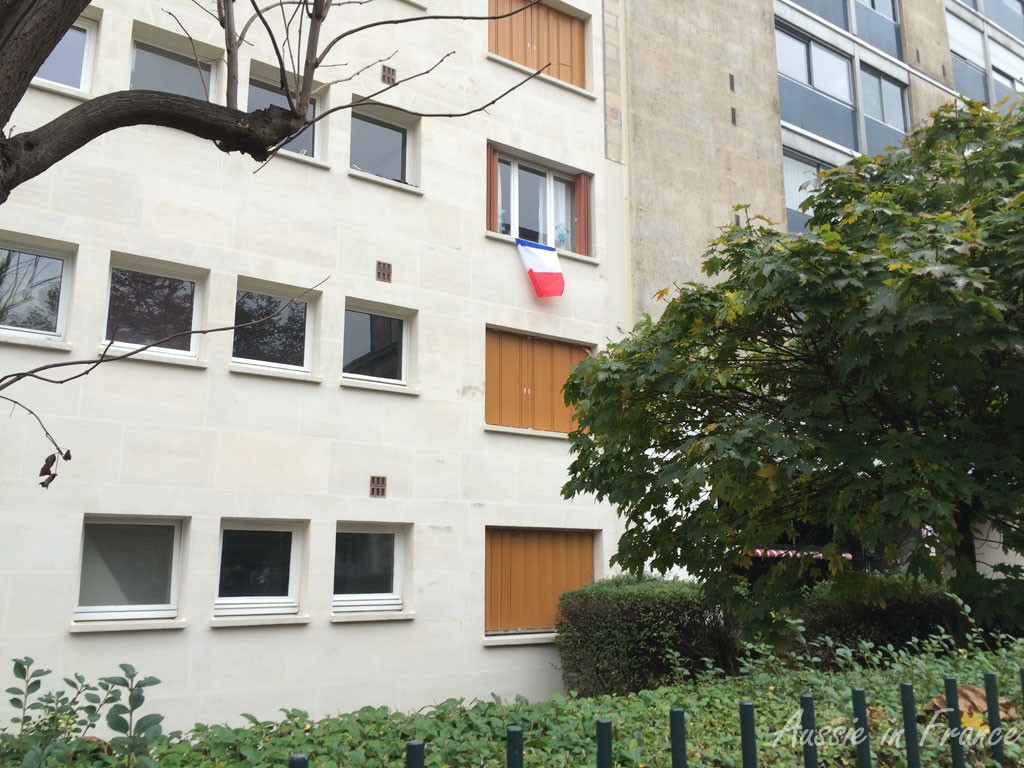
Back in the car, we turn on the radio and hear that there are 2,000 people attending the commemoration ceremony for the victims of the 13th November and their families. President Hollande has asked people to hang flags out of their windows as a sign of solidarity. We look around but don’t see very many. We personally don’t have a French flag and have no idea where we could buy one so we guess many people are in the same predicament.
The underground car park at Printemps Nation is completely closed off so we find some street parking. Once again, my handbag is checked when we enter the store and Jean Michel is asked to open up his anorak.
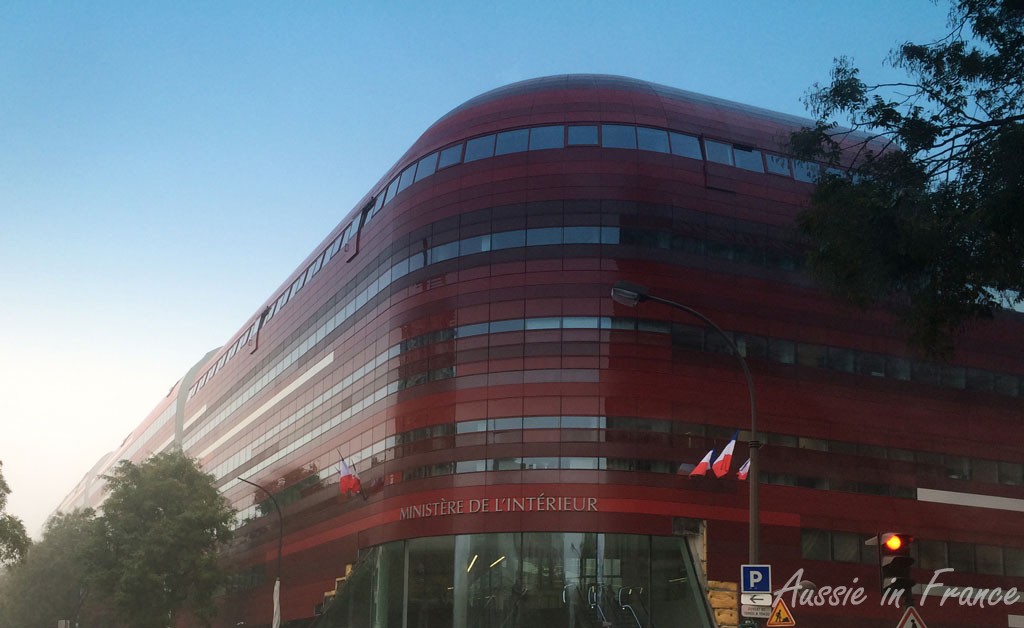
We manage to buy most of what we need then head for Nogent-sur-Marne where I am meeting up with a dentist friend for lunch and a check-up. Before I moved to the Palais Royal in Paris ten years ago and was still living in Fontenay-sous-Bois, I had my office in Nogent. I wander around for a bit and discover that many of the shops have changed. It feels a little odd. However, the man at the Italian restaurant remembers me and welcomes me with open arms!
Jean Michel has gone off on his own in the meantime and comes back for his 2.30 pm appointment after which we set off for our last venue, the Independent Wine Growers’ Fair at Porte de Versailles. We park in one of the side streets (we do not want to brave the underground parking lot even if it’s open) and are surprised (and reassured) to see that all the exits are manned and there is a very serious body search at the entrance. This is the only place I’ve been worried about because the hall is enormous and if there is a terrorist attack, there will be little chance of escape.
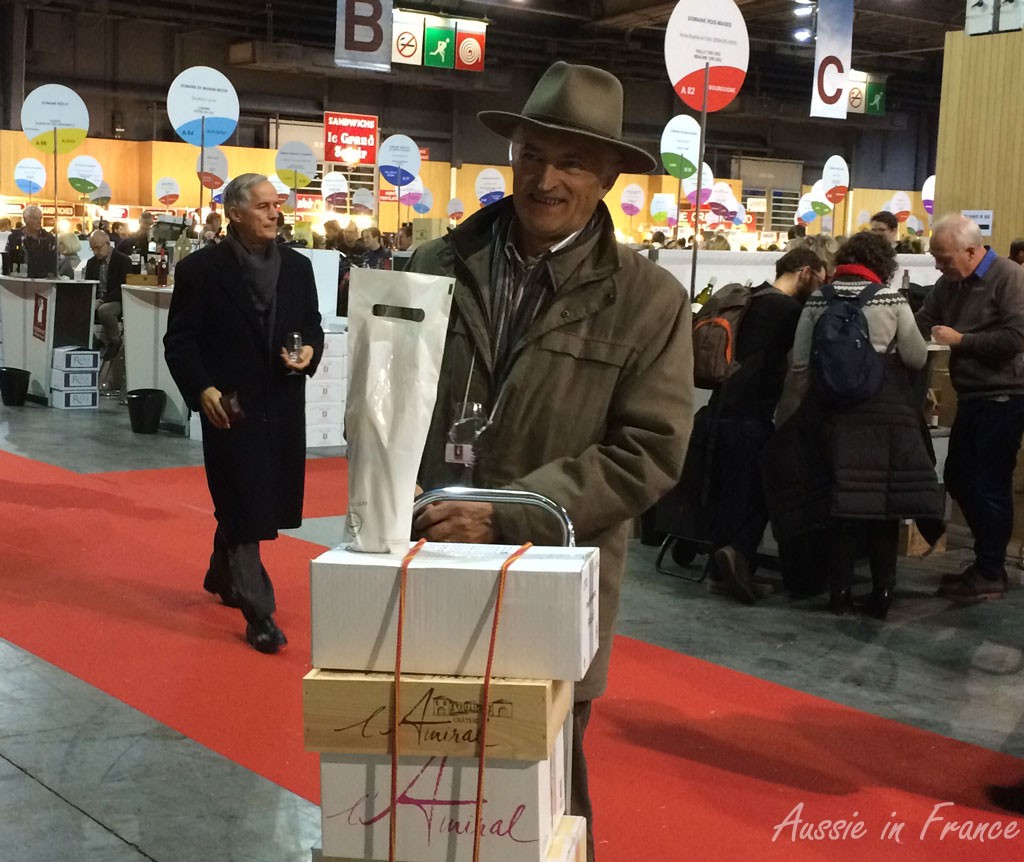
Once we’re inside, we forget about possible terrorists and concentrate on rebuilding our depleted wine stock. Only one wine grower, from Alsace (Adam), tells us that he seems to have fewer customers this year. We buy his pinot auxerrois and riesling then head to the next name on our list – a minervois (L’Amiral) where we spend quite a bit of time discovering their different wines. We buy some full-bodied vacqueras from Le Pont de Rieu, and order 18 bottles of our favourite sancerre (Domaine de la Rossignol) to be delivered before Christmas. We discover a new petit chablis (Domaine du Colombier) because our former supplier has hiked up his prices.
We buy another carton of corbière from Domaine du Grand Arc (Cuvée des 40). Our trolley is now full so we decide to give the quincy a miss but go and talk to another minervois wine-grower (Malys-Anne) whom we missed the last couple of times we came to the fair. We have a long conversation with him and taste all his wines again. We promise to visit him at the next wine fair in Orléans with an empty trolley.
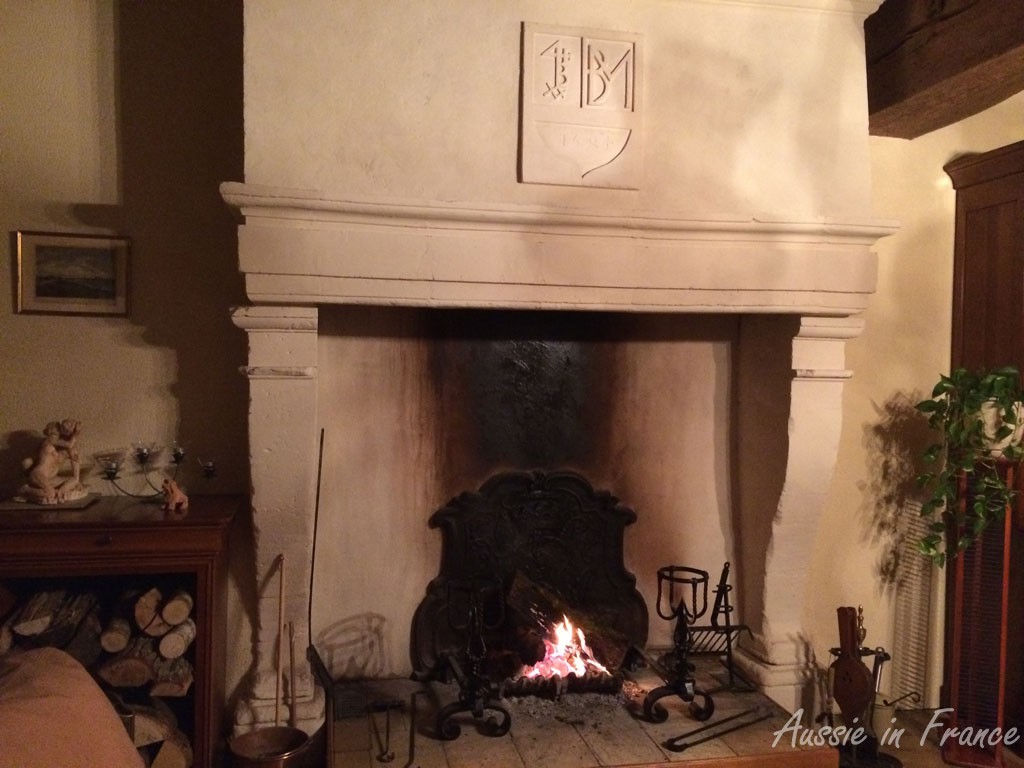
After a very busy two days, we are pleased to be back on the road to Blois. By 9 pm, we are in front of the fire with a relaxing glass of our local cour cheverny. Many people ask me whether I miss Paris. The answer is a resounding “NO”. I have become a very happy “provinciale” !!!





